

Seattle to Alaska / MotoGeo Routes
- Adventure Africa Twin alaska Honda Route Seattle
Follow our epic adventure route from Seattle, Washington through Canada to Anchorage, Alaska, stopping to see a few bears on the way!
This is the route we took on our epic journey on a Honda Africa Twin from Seattle, Washington to Anchorage, Alaska.
We had 6 days and travelled almost 2,500 miles, seeing bears, glaciers, having punctures and eating burgers. It was a long way but what an incredible journey.
Watch the Seattle to Alaska Adventure
Click the map for key points we visited on our adventure.
Check out our review of the Honda Africa Twin
Please support MotoGeo on Patreon!
The journey to Alaska starts at Touratech ‘s offices in Seattle, Washington where we picked up a kitted out Honda Africa Twin ready for our journey.
The road out of Seattle and into Canada is a pretty dull one, but as soon as you get out of Vancouver the roads start opening up and around you are beautiful views across the sea to the mountains on the opposite sides, then you know this is going to be an incredible journey.
The stunning scenery of this adventure is everywhere and the roads are quiet so peace and tranquility can be enjoyed on the ride.
The diversion to see the Salmon Glacier was well worth the effort. The bear watching on this route is an incredible sight, we were lucky enough to see the bears catching salmon in the morning, so great to be this close to nature.
The main thing to be aware of it the lack of gas stations. Take a spare tank with you and you should be fine to get you to the next stop, but fill up when you can and don’t chance it.
Also take with you a set of tools and a few spares to help repair the bike by the roadside if you need to. At least enough to get you to the next town. People will stop and help, but you don’t want to have to rely on that so get to know your bike before you leave and learn a few basic maintenance tricks to keep you from getting into difficulty.
We here’s some of the kit we used to repair that puncture on the route, very glad we took it with us.
► Mini Air Compressor Pump
For embarking on this long journey to Alaska you will be rewarded by beautiful views everywhere you turn, clear roads, meet friendly people and see wonderful nature.
Now you have our route, there is nothing to stop you, get on your bike and go for a ride!
Zippy’s Giant Burgers
Pastameli Restaurant
La Brasserie des Artistes
Mr Mikes Steakhouse Casual
Trackside Cantina
Andrea’s Hotel
Yukon Motel and Restaurant
Jeannie’s Java
Points of Interest:
Crankworx – Whistler
Signpost Forest – Watson Lake
Salmon Glacier – Hyder
Bear Watching – Hyder
Recent Posts
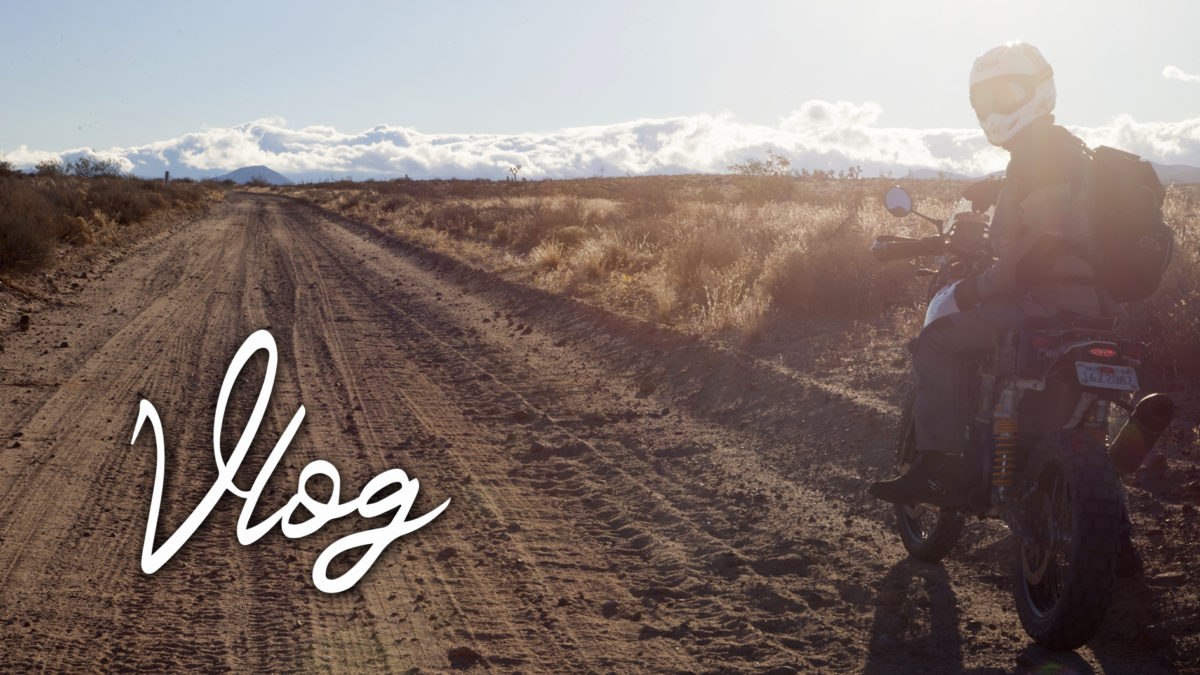
Vlog #11 / One Moto Show
In this months vlog, Jamie chats about the One Moto Show, All Kids Bike and up and coming adventures and tours.
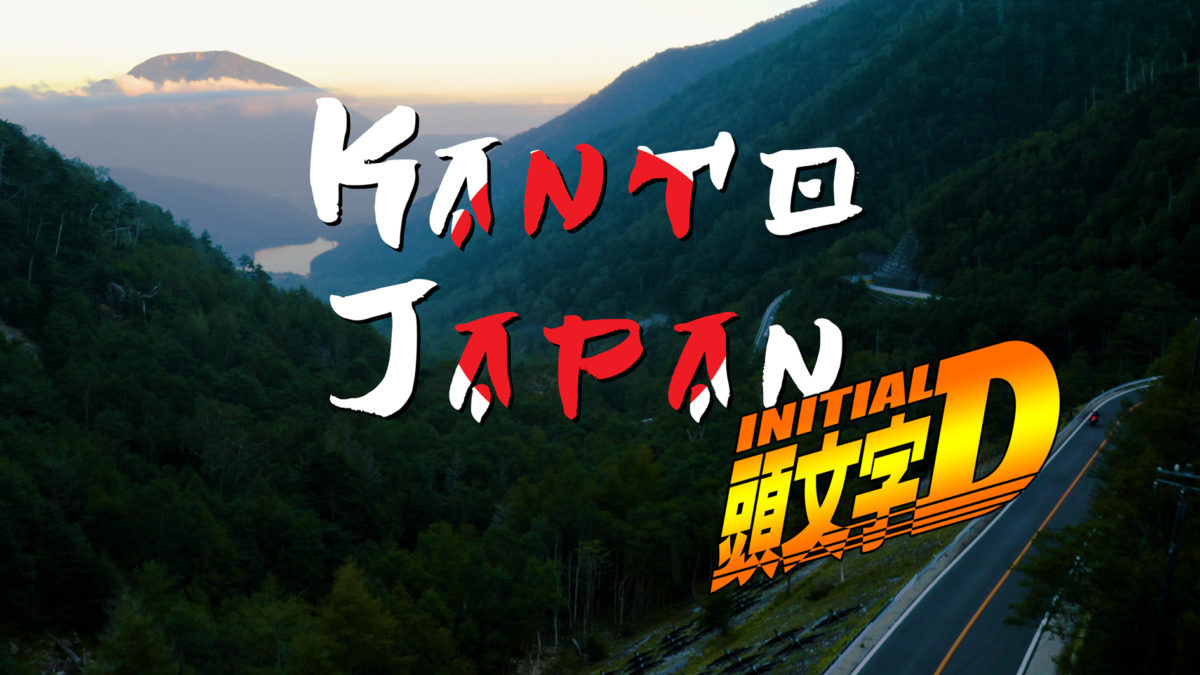
Kantō Region Japan / Initial D Roads / Ducati Multistrada / Jamie Robinson’s MotoGeo Adventures
For this motorcycle adventure, MotoGeo heads to Japan and tours the beautiful Kantō region, as well riding some of the famous Initial D mountain roads on the fun and versatile Ducati Multistrada.
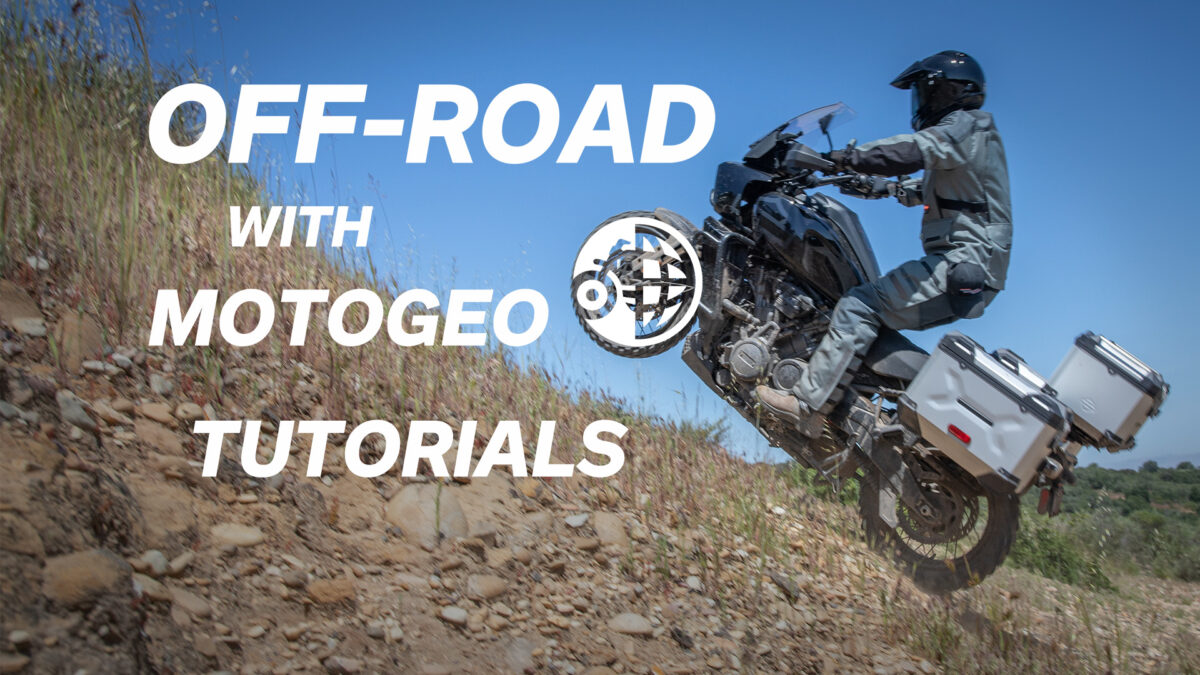
Off-Road with MotoGeo
MotoGeo is starring in an all new series, available only, on the Harley Davidson App. We are breaking down Off-Road Riding Skills on the Pan America. From the very basics: Body position, counterbalancing, and throttle and clutch control…. To advanced […]
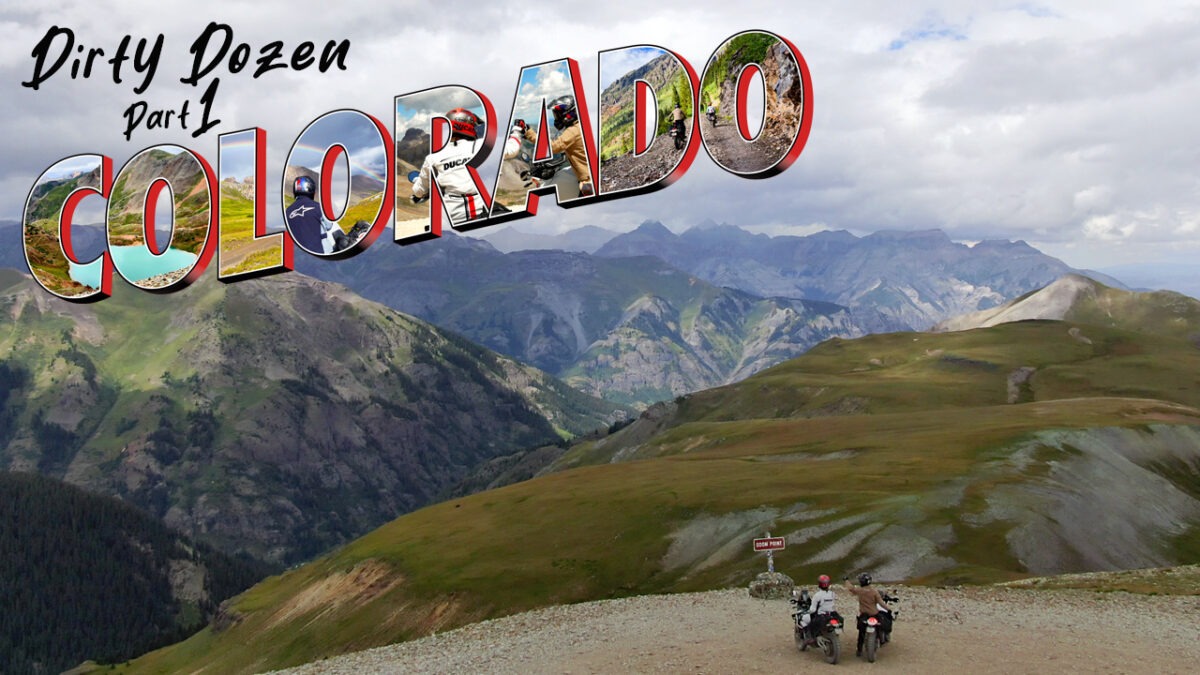
Dirty Dozen / Colorado
A motorcycle adventure to the peak of 12 mountain passes in the Colorado Rockies, all off-road and all over 12,000ft.
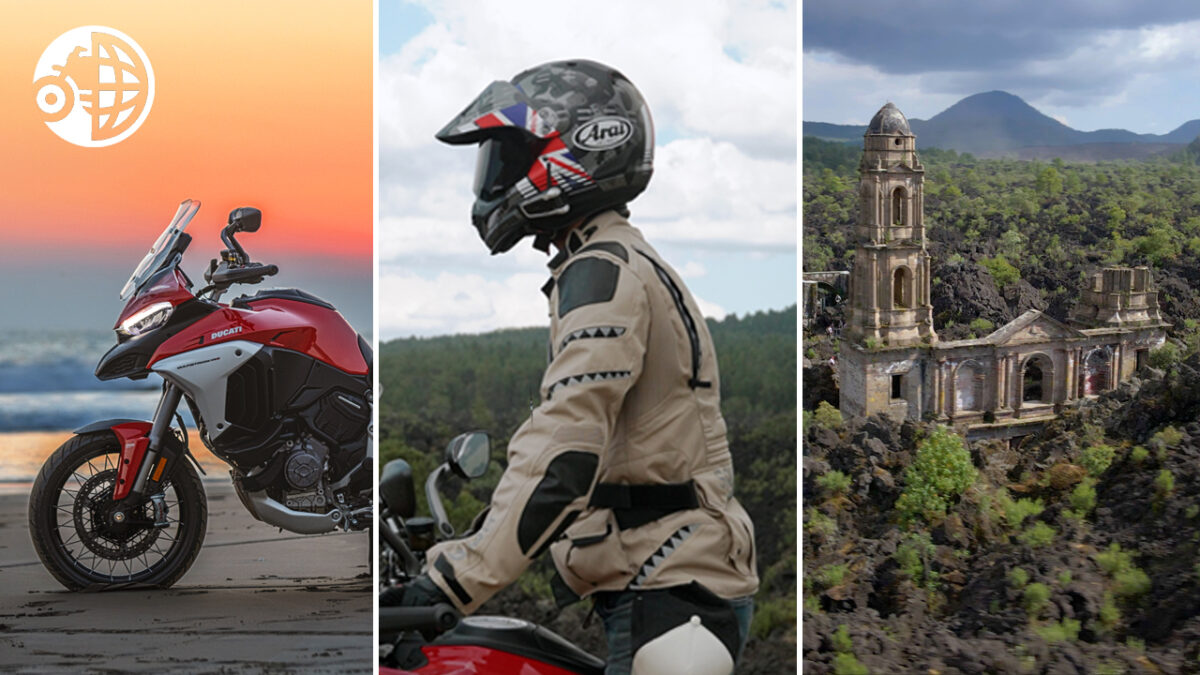
From the Sea to the Heavens / Ducati Multistrada V4S
We join Ducati in Mexico for their annual ‘From the Sea to the Heavens’ event (Del Mar al Cielo).
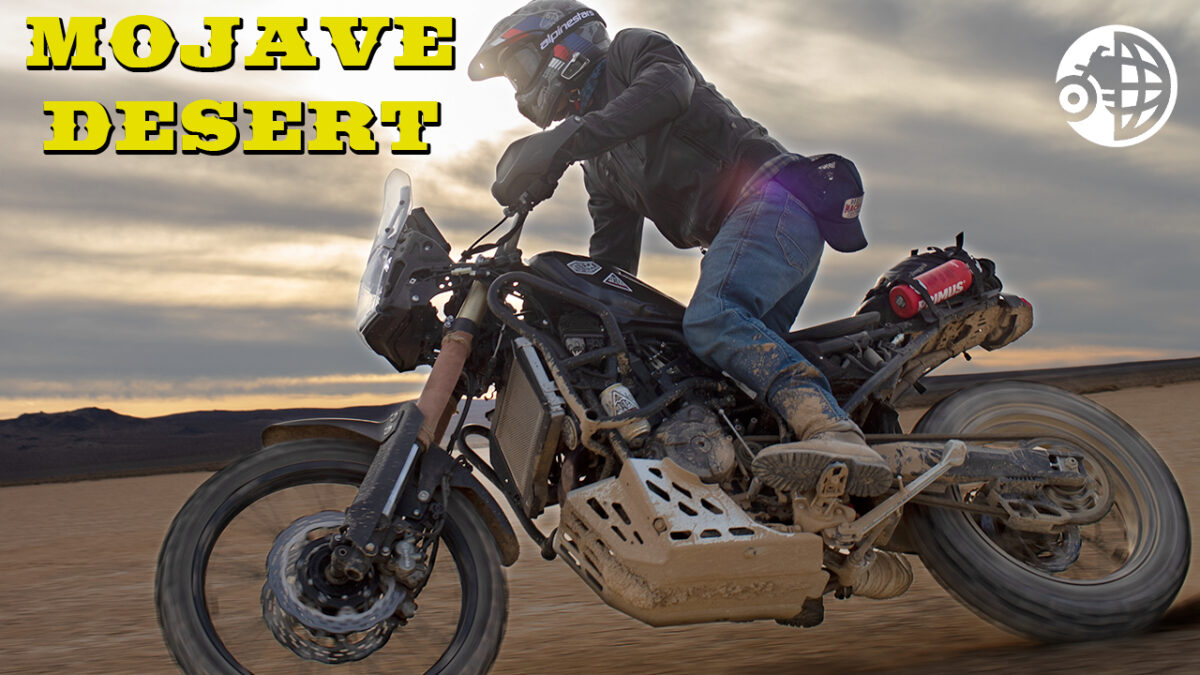
Mojave Desert / Yamaha T7
Jamie heads off to the Mojave Desert for a day of freedom on 2-wheels
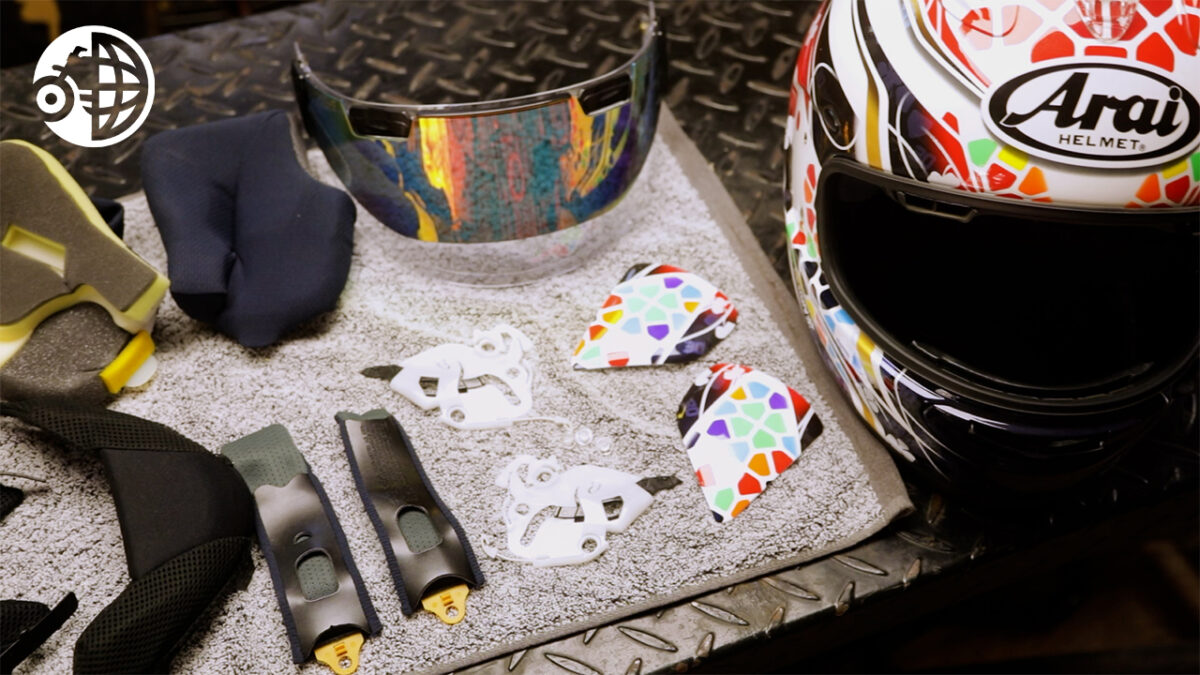
How to clean your Arai helmet
Learn how to disassemble, clean and reassemble your Arai helmet.
@MotoGeo on Instagram
More like this.
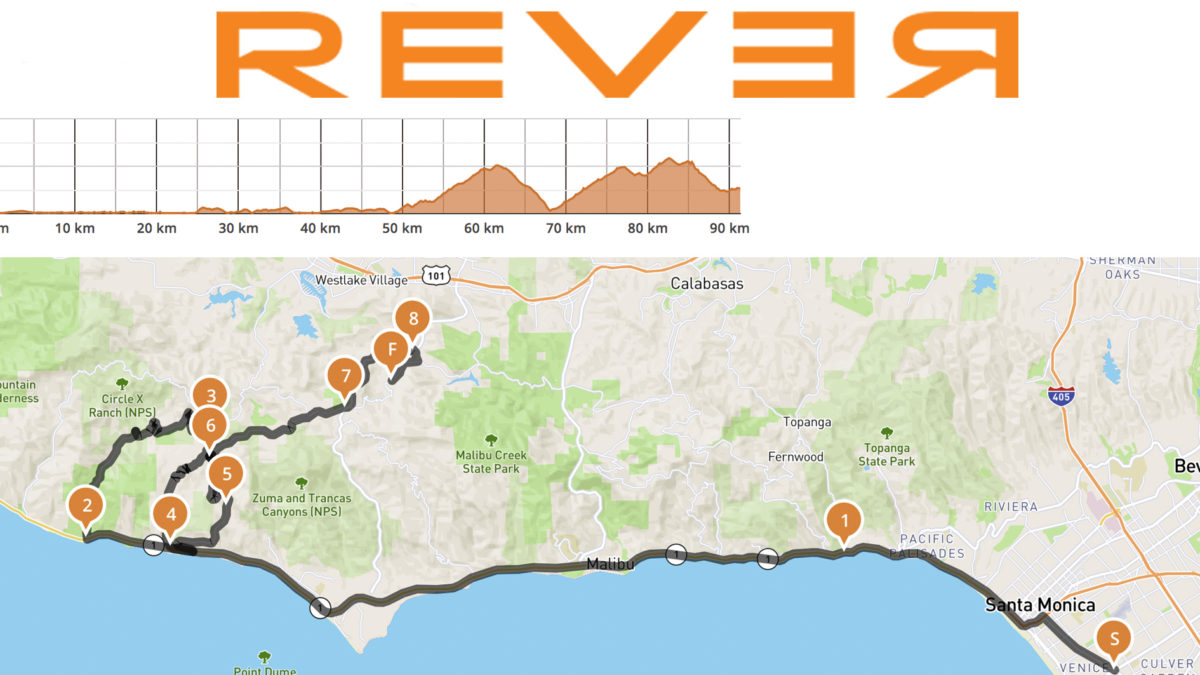
LA ‘Ride Out’
Come join the ride on November 16th, meet up at Deus Ex Machina and then Ride Out to the Rock Store with MotoGeo to see Alpinestars latest Touring Gear. Download the route on Rever.
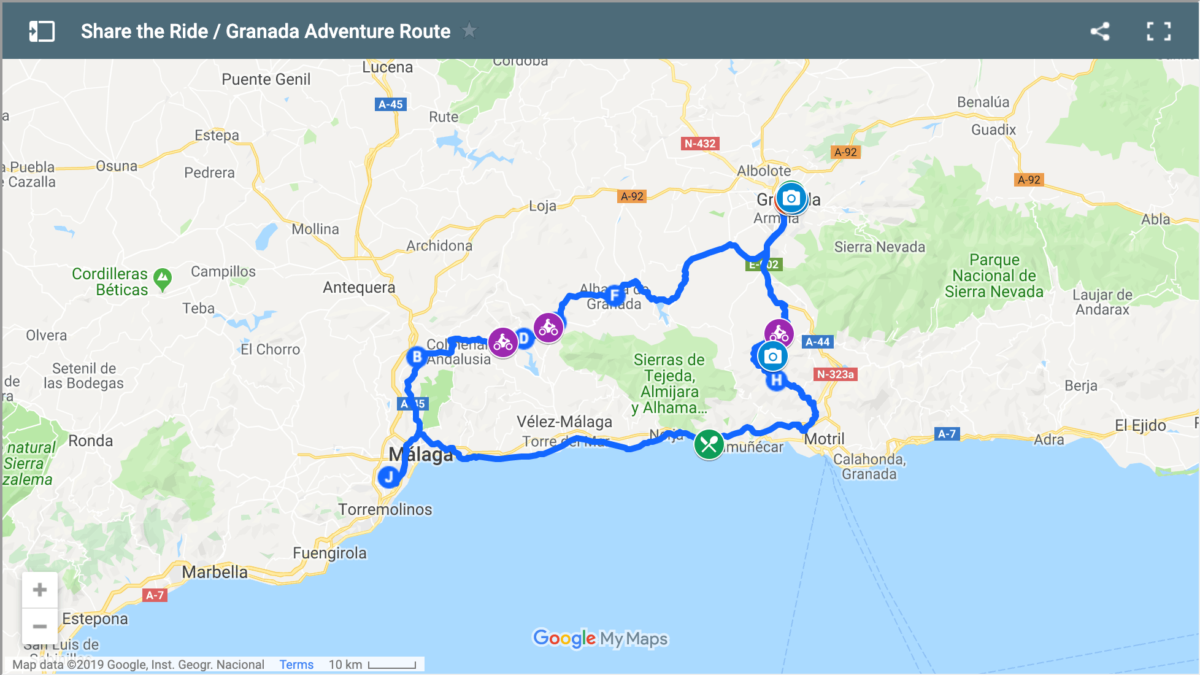
Share the Ride / Granada Adventure Route / MotoGeo Routes
Follow the route we took on our BMW F850 GS adventure around the incredible dirt trails that reach all the way from Malaga to Granada in Spain.
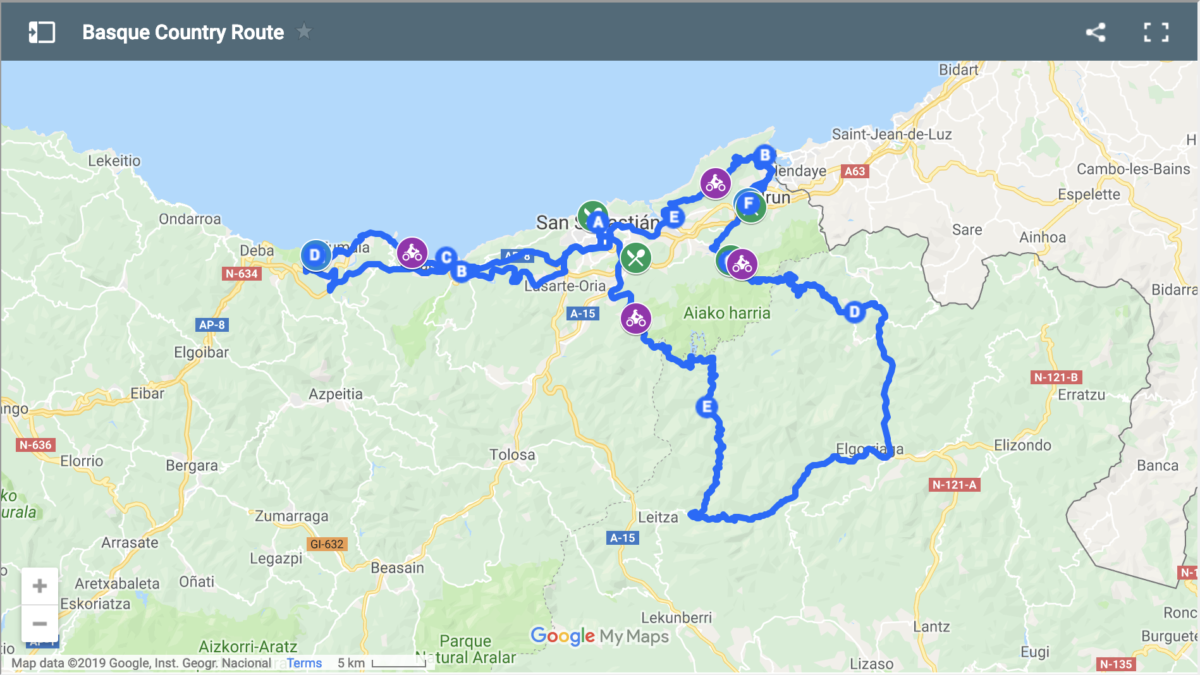
Basque Country Route / MotoGeo Routes
This is the route from our Basque Country motorcycle adventure. Get all the information you need to create your own adventure in this stunning region.
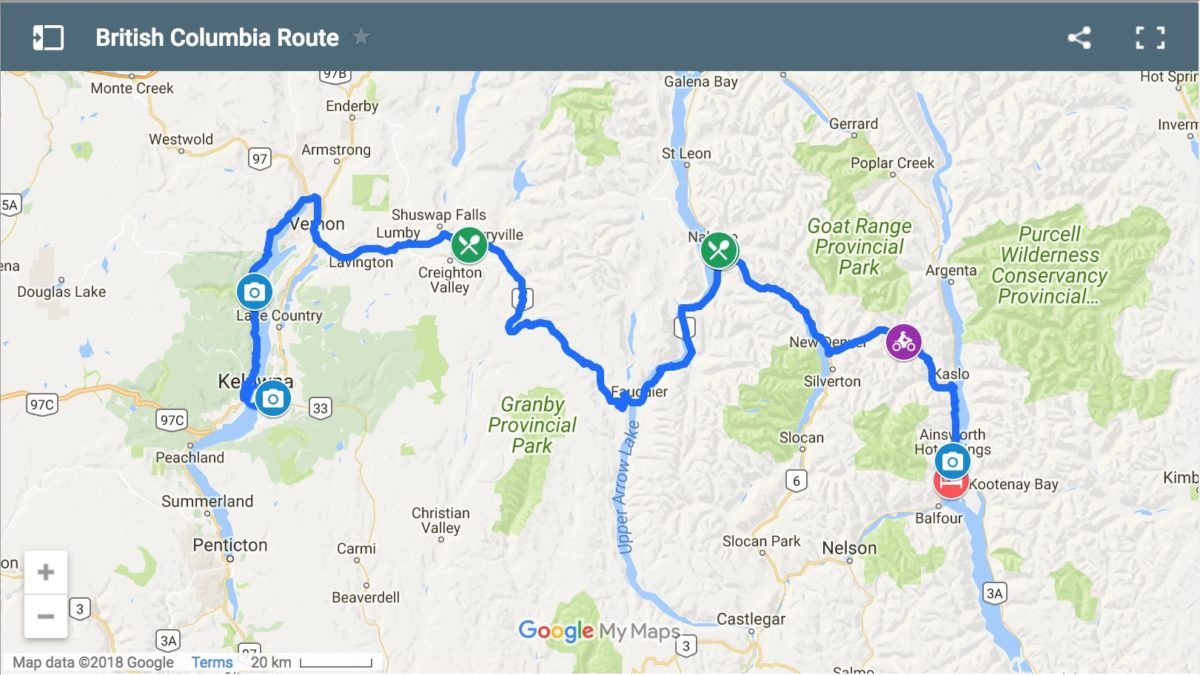
British Columbia Route / MotoGeo Routes
Follow our route through the beautiful roads and scenery of British Columbia as we take the Yamaha FJ-09 through this stunning region of Canada.
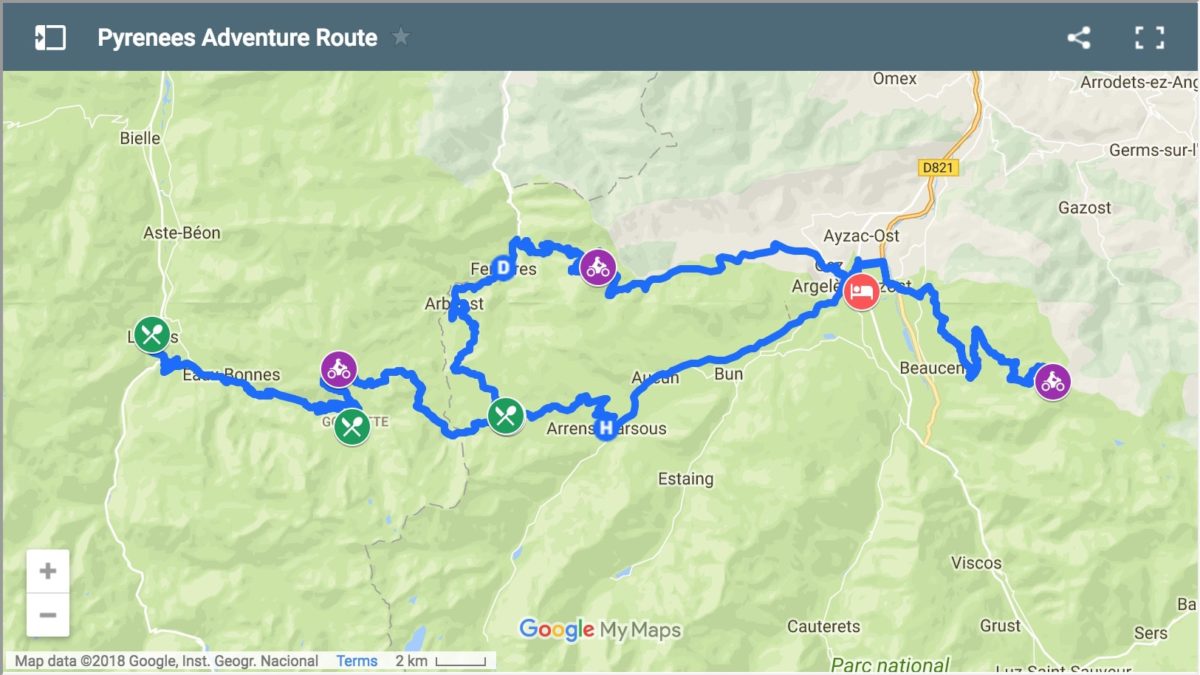
Pyrenees Adventure Route / MotoGeo Routes
Follow this route for a taste of how awesome the roads and views are in the incredible Pyrenees mountain range in the south of France.
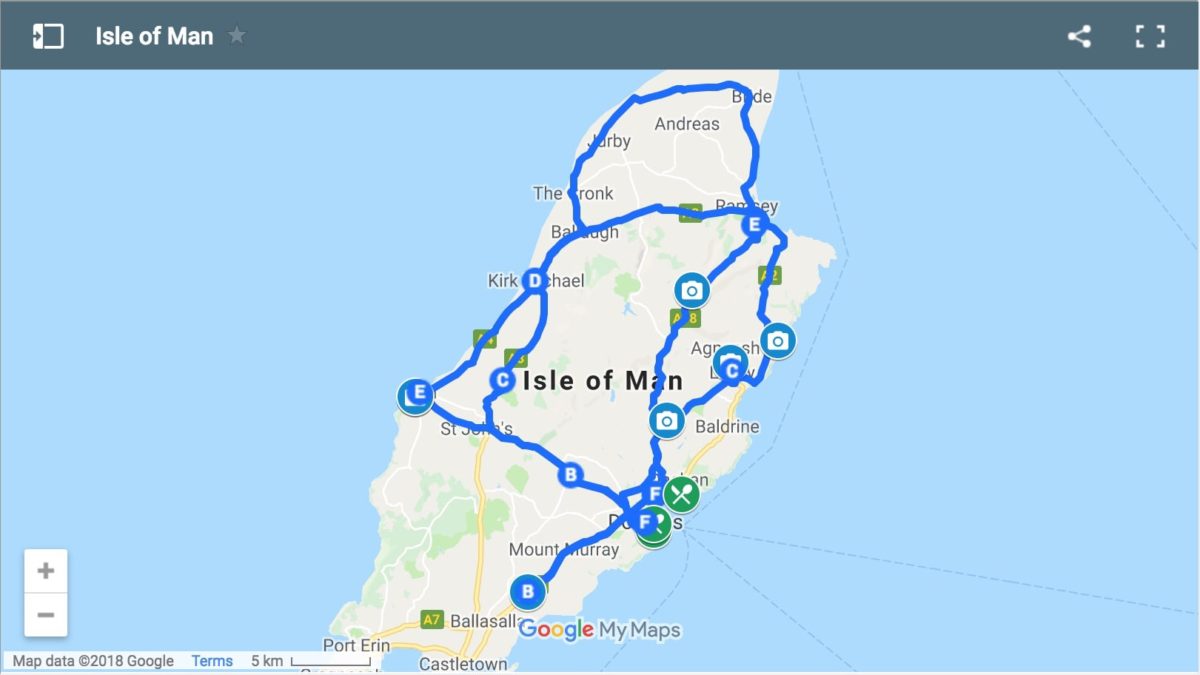
Isle of Man Adventure Route / MotoGeo Routes
Follow our Isle of Man Adventure route to experience some of the island’s highlights you can visit between the unbelievable TT Races!
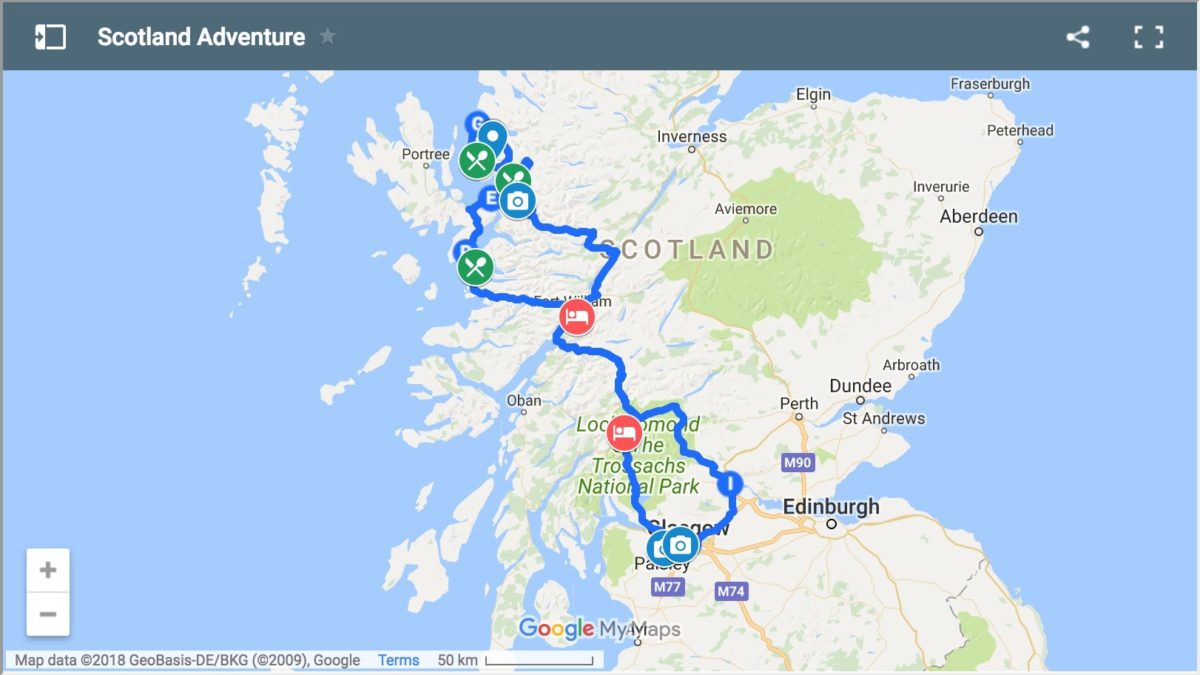
Scotland Adventure Route / MotoGeo Routes
Follow our Scotland adventure route and have get riding in the stunning Scottish Highlands!
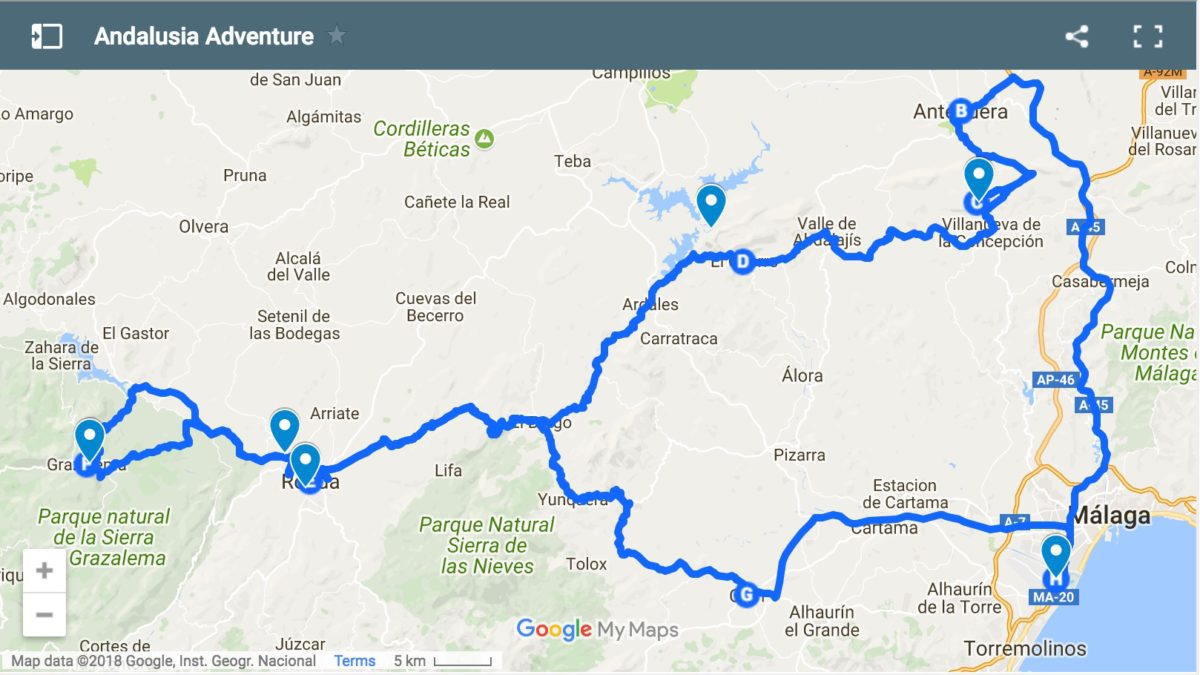
Andalusia Adventure Route / MotoGeo Routes
Discover the route MotoGeo took on our Andalusia adventure and create your own adventure!
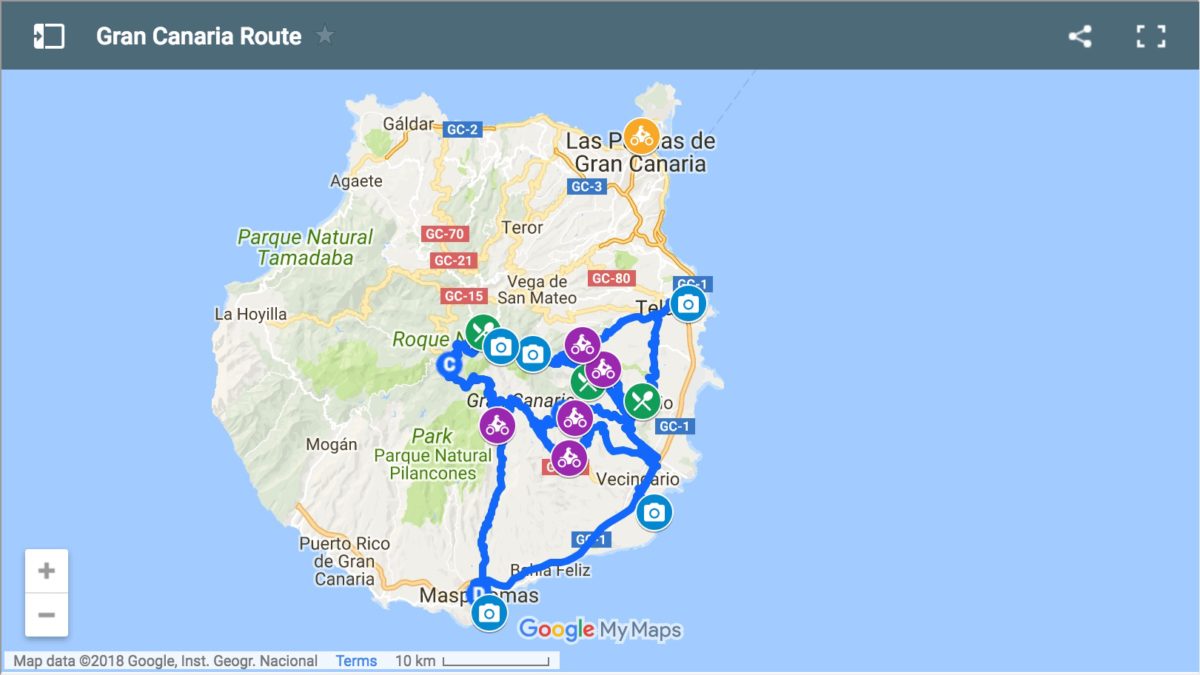
Gran Canaria Route / MotoGeo Routes
This is the adventure route we took on our adventure on the beautiful volcanic island of Gran Canaria, now you can create your own adventure!
Other Playlists
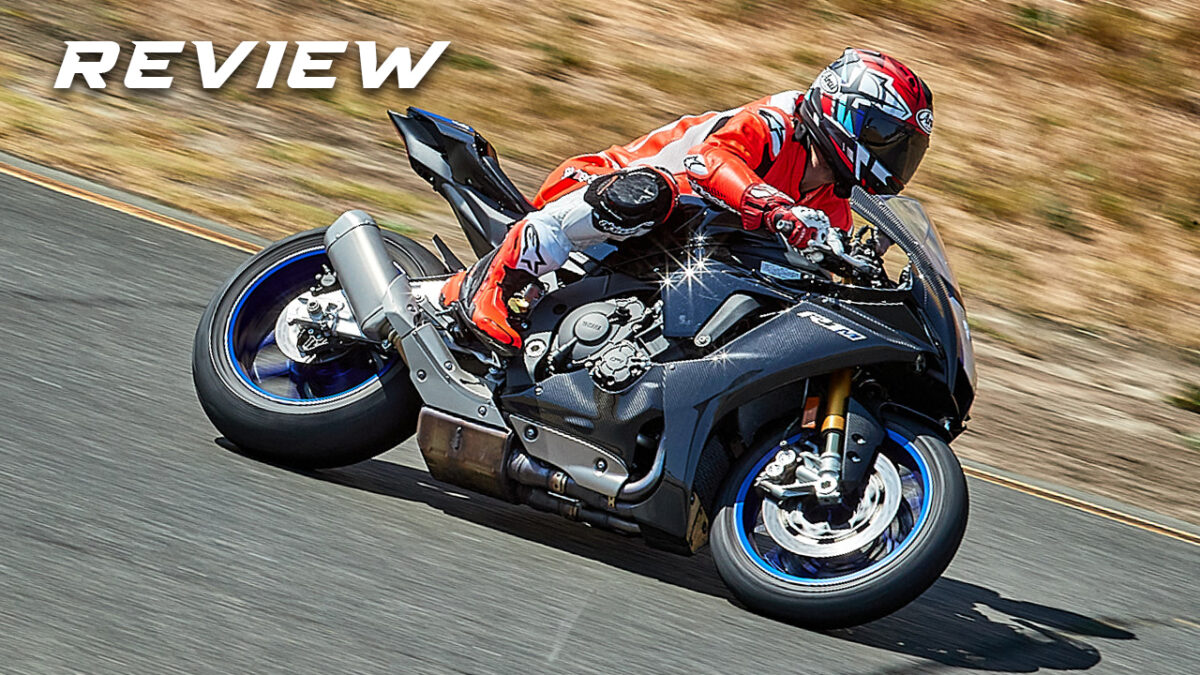
Alpinestars Supertech R Boot
Alpinestars Supertech R boot gets improved airflow, protection and flexibility.
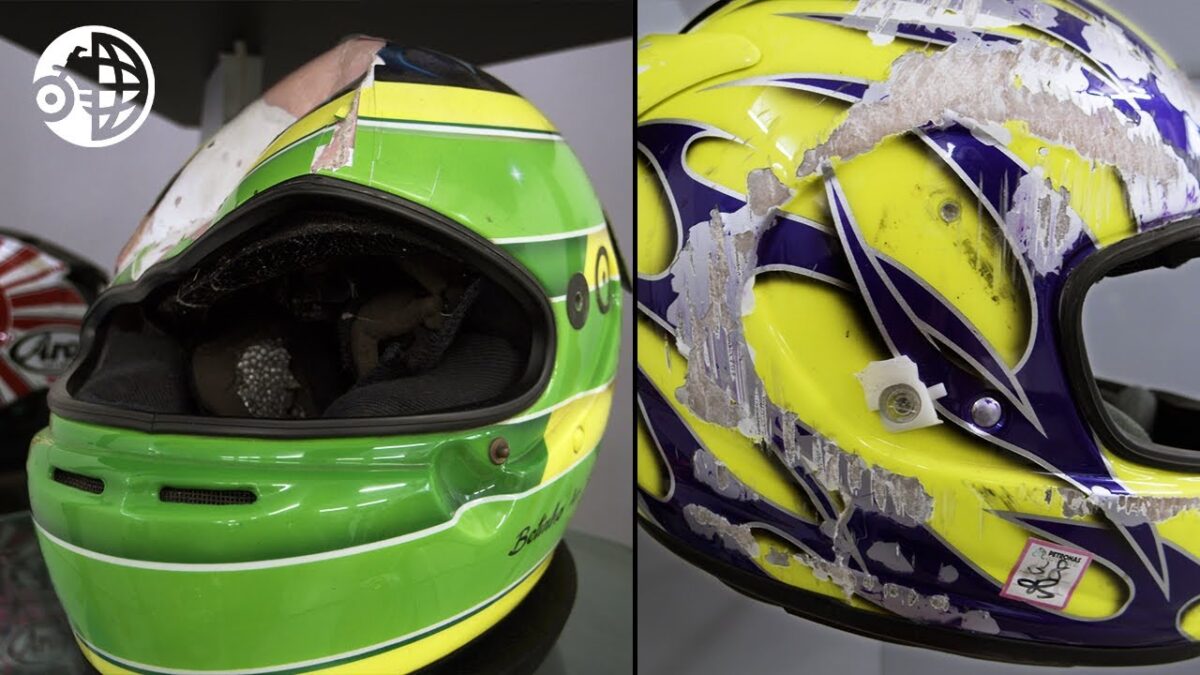
Arai Helmets Glancing Off
Arai helmets way of diverting the impact energy away from the head.
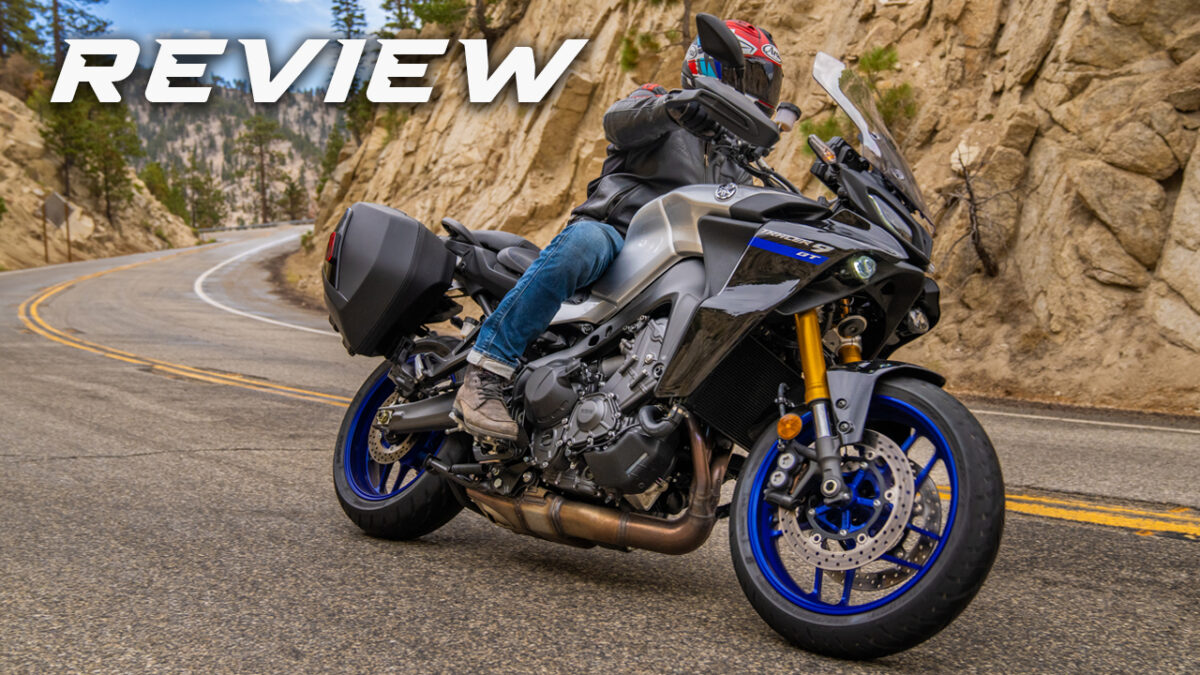
Yamaha Tracer 9 GT Review
Jamie reviews Yamaha new sport-touring machine.
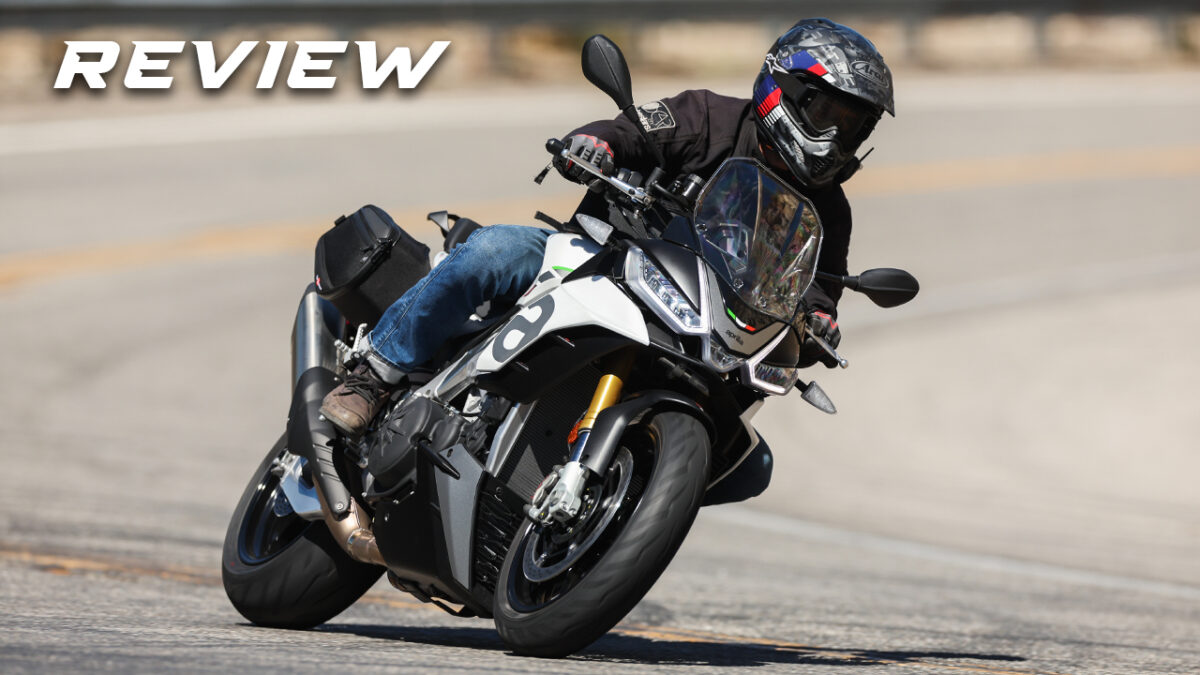
2021 Aprilia Tuono V4 Review
Reviews of the Aprilia Tuono V4 Factory and Tuono V4 machines.
MotoGeo Store

- Packages & Tours
Alaska Motorcycle Tours

Starting at
Ways to explore Alaska
There are many ways to experience the Alaska with EagleRider, and here’s how they compare!
Guided Alaska Motorcycle Tours
The ultimate experience, alaska gold rush – exclusive h-d pan america guided tour.
Seattle , WA
15 Days/ 14 Nights
Starting At
Alaska Explorer – H-D Pan America 7-Day Guided Tour
Anchorage, AK
7 Days/ 6 Nights
Alaska Highway South - Exclusive H-D Pan America Guided Tour
Alaska motorcycle rentals.
1 models available to rent for Alaska

Pan America™ 1250 Special
Alaska Motorcycle trips
Experience the untamed beauty of North America with EagleRider's Pan America tours. Starting in Seattle and extending all the way to Anchorage, Alaska, these tours offer the adventure of a lifetime. Ride through lush forests, alongside crystal-clear rivers, and beneath snow-capped mountains as you explore the great outdoors. Anchorage, with its unique charm, is the perfect destination for riders seeking authentic wilderness experiences. Join us on a journey that combines rugged terrain, diverse landscapes, and the freedom of two wheels. Are you ready to embrace the wild? Book your Pan America tour now and make memories that will last a lifetime.
Customize your Harley-Davidson Pan America tour into a memorable journey, uniquely tailored to your preferences. Let the adventure commence!
Alaska Motorcycle tour gallery

Mark Watson
California-based member of a LA Motorcycle Club and a keen traveler. Author of bestselling books on Amazon about Route 66, Alaska Highway, PCH 1 & Overseas Higwhay. 🇺🇸
Alaska Highway Motorcycle – The 10 BEST TIPS For Riding a Motorbike on the ALCAN – How to prepare?
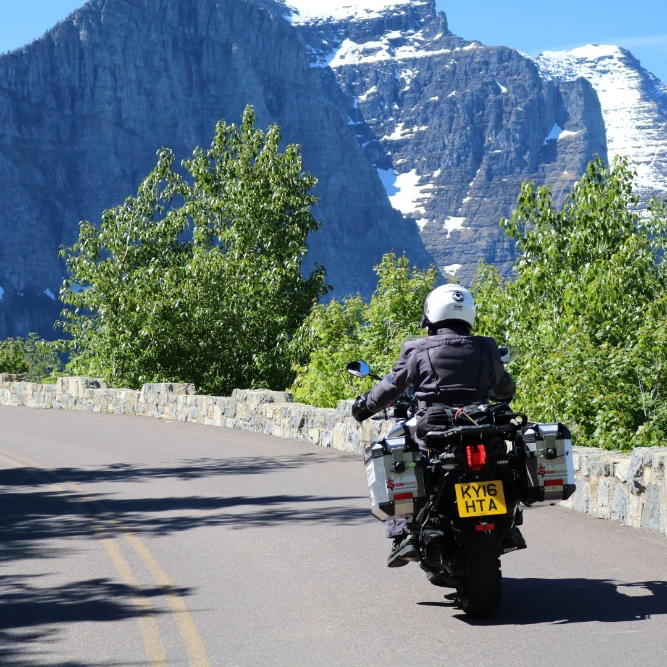
Alaska Highway Motorcycle journey. You may be wondering, “How to prepare for the Alaska Highway Motorcycle Journey”, “Is it possible to ride a motorcycle to Alaska?”, “What is the best time to ride a motorcycle to Alaska?”. Today I will show you the 10 best Motorcycle Alaska Highway tips to get ready for your Alaska Highway Motorbike adventure.
The Alaska Highway is a popular route for motorcycle riders due to its scenic beauty and challenging terrain. The road runs through a variety of landscapes, including mountains, forests, and tundra, and offers views of glaciers, lakes, and wildlife. Along the way, there are also several historic sites and interpretive centers that provide information about the area’s history and culture.
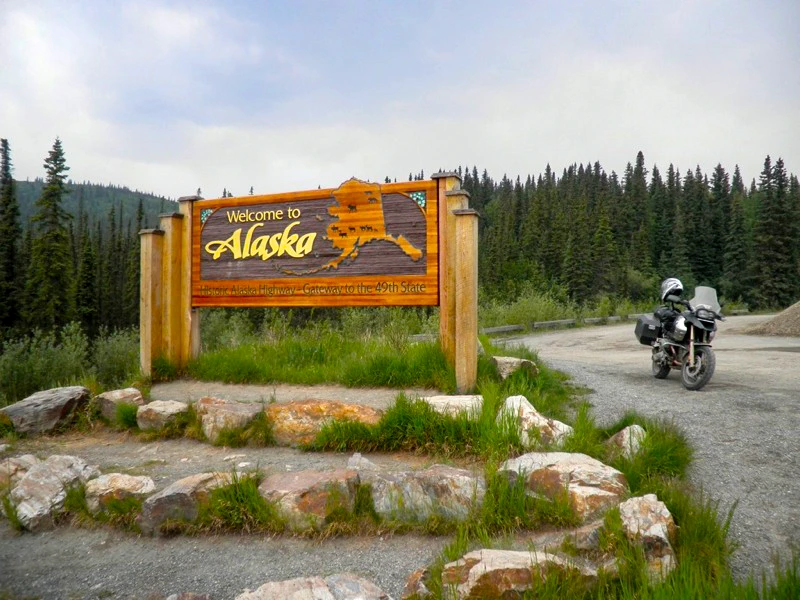
Riders should be prepared for unpredictable weather conditions, as temperatures can fluctuate greatly and rain or snow can occur at any time of the year. It’s recommended to bring warm clothing, rain gear, and a good set of tires for the trip. The road is also quite remote in some areas, so riders should plan to carry extra fuel, food, and water.
There are some restrictions on the types of vehicles allowed on certain sections of the highway, particularly on the Dalton Highway, which is a gravel road that runs parallel to the Alaska Highway. Motorcycles are allowed, but riders should be aware of the rough terrain and be prepared for long stretches without services or cell phone coverage.
Is it possible to ride a motorcycle to Alaska (Alaska Highway – ALCAN)?
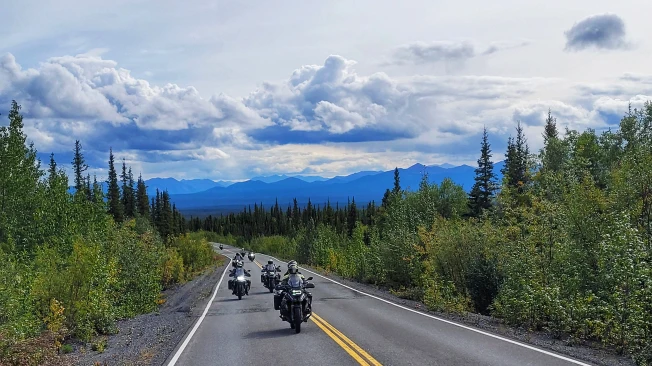
Yes, it is possible to ride a motorcycle to Alaska. The Alaska Highway, also known as the Alcan Highway, is a popular route for motorcycle riders due to its scenic beauty and challenging terrain. The highway runs through Canada and Alaska, connecting the continental United States to the state of Alaska.
However, it should be noted that the road can be rough and remote in some areas, and riders should be prepared for unpredictable weather conditions. Additionally, there are some restrictions on the types of vehicles allowed on certain sections of the highway. It’s always recommended to check the current road conditions and plan accordingly before embarking on a motorcycle trip to Alaska.
What is the best time of year to ride a motorcycle to Alaska (Alaska Highway)?
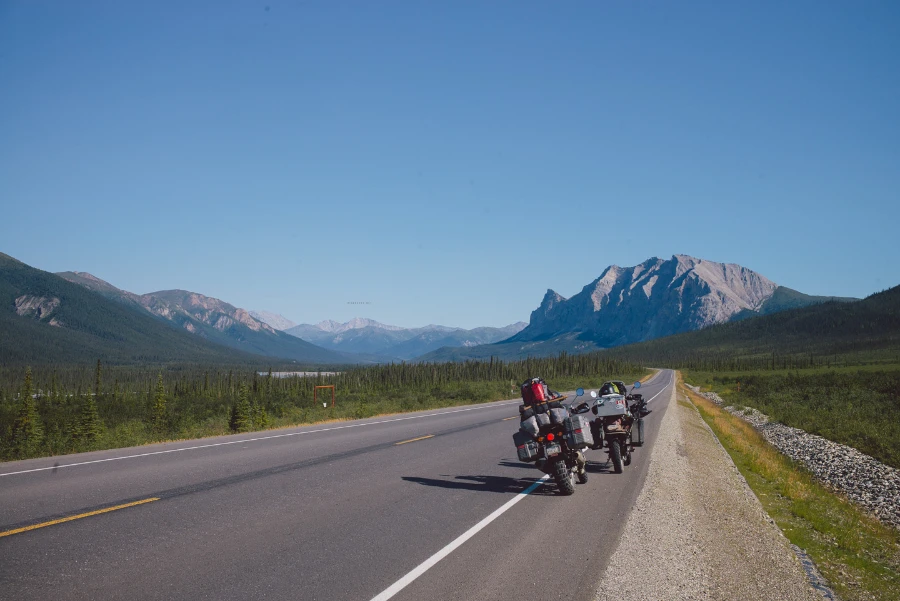
The best time of year to ride a motorcycle to Alaska depends on your preferences and the type of experience you are looking for. Generally, the best time to ride the Alaska Highway is between late May and early September, when the weather is warmer and the road conditions are typically better. However, it’s important to note that the weather in Alaska can be unpredictable and even during the summer months, the temperatures can be quite cool, especially in the higher elevations.
May and June are considered the shoulder months, and the weather can be more unpredictable. It’s also a good time for those who want to experience less traffic on the road and have the opportunity to see the Northern Lights.
July and August are considered the peak tourist months, and the weather is generally milder. This is the best time to go if you want to experience the Midnight sun and the best weather conditions.
September is also a good time to go, as the weather is still mild, and the crowds have thinned out, but keep in mind that the days are getting shorter and the weather can be more unpredictable.
In any case, it’s important to be prepared for any weather conditions, and always check the current road conditions before setting out. Also, bear in mind that the road conditions can change quickly, so riders should be prepared for unexpected weather and road conditions.
Here are some tips for motorcycle riders planning a trip on the Alaska Highway:
1. plan ahead.
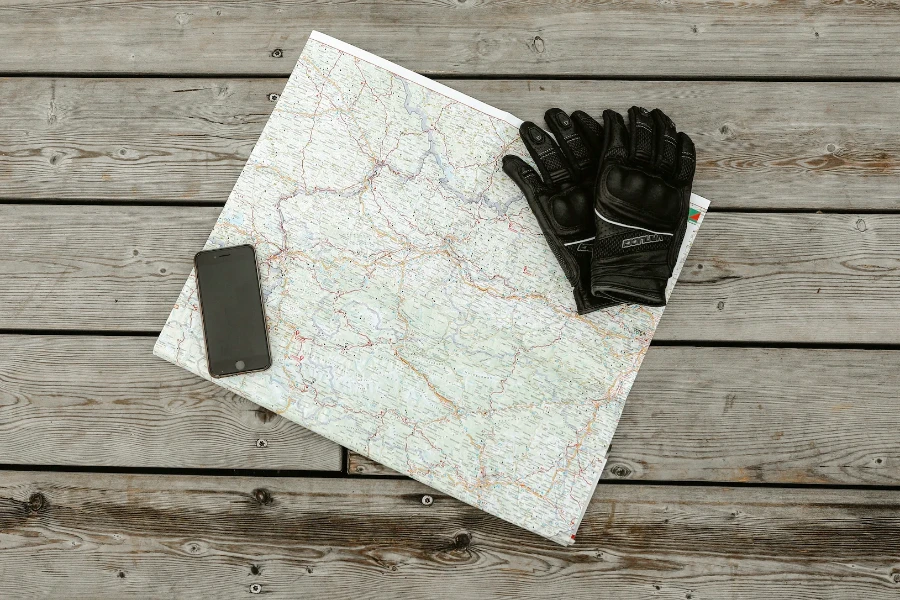
Before setting out, check the current road conditions and plan your route accordingly. Make sure to have a detailed map and a GPS device, as cell phone coverage can be spotty in some areas. Also, be sure to check weather forecasts and plan for the unpredictable weather conditions that are common in Alaska (Alaska Highway).
Even with the best planning and preparation, things can go wrong on a motorcycle trip. Make sure you have a backup plan in case of an emergency. Know the location of the nearest hospital, gas station, or repair shop, and carry a phone or other communication device. You can buy a travel guide with a planner. For example, a great choice is: “Alaska Highway Travel Guide – 202 Best Stops” .
2. Be prepared
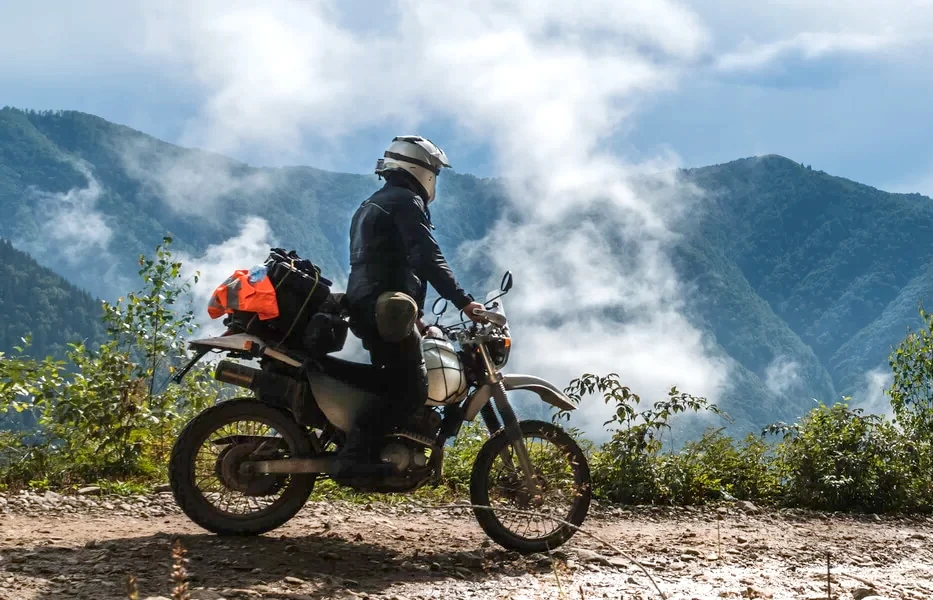
Bring warm clothing, rain gear, and a good set of motorcycle tires. Make sure to carry extra fuel, food, and water, as services can be few and far between in some areas. It’s also a good idea to bring a tool kit, a spare spark plug, and a set of tire repair tools, in case of a breakdown. Get ready for you Alaska Highway Motorcycle Road Trip!
3. Know your motorcycle
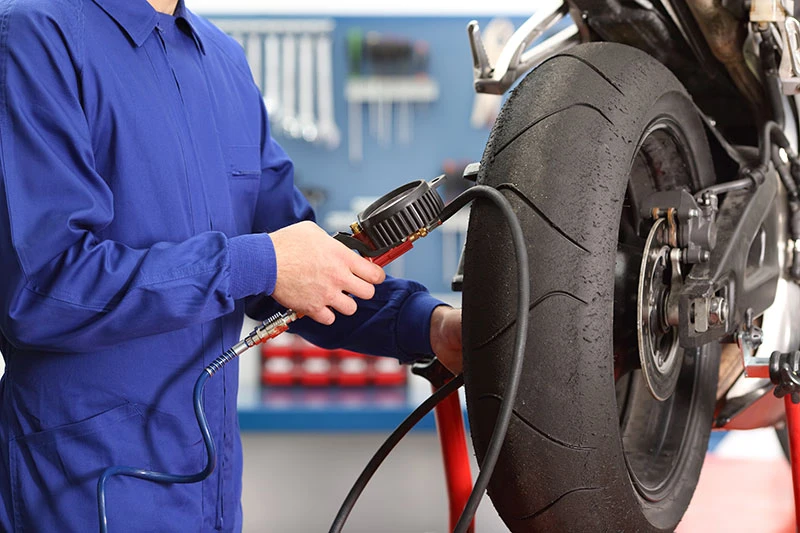
Make sure your motorcycle is in good working order before setting out. Check the tires, brakes, and oil level, and make sure all lights and signals are working properly.
4. Take it slow
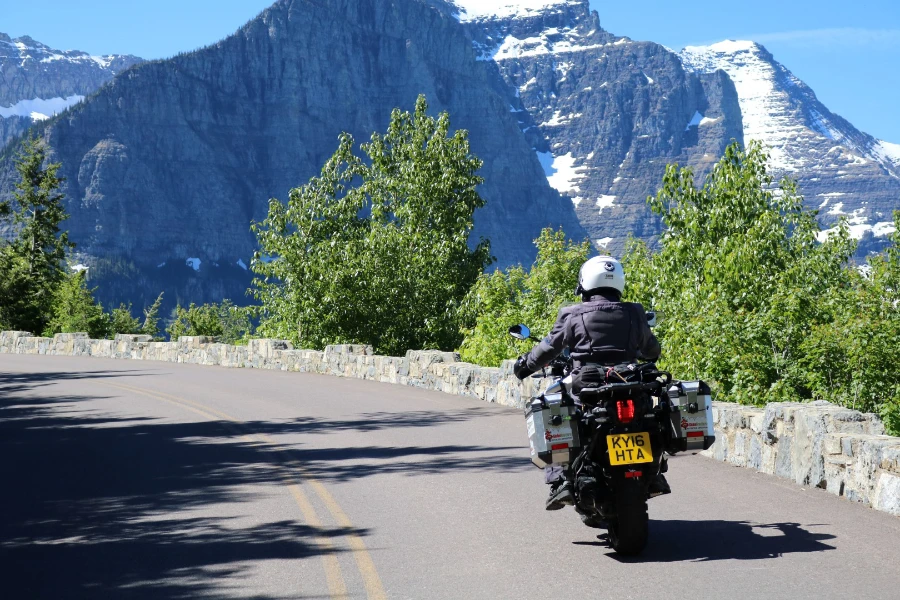
The Alaska Highway can be challenging, with steep grades, tight turns, and unpredictable weather. Take your time and enjoy the scenery. Remember, it’s not a race. Enjoy your Motorcycle Alaska Highway Road trip!
5. Be aware of the wildlife
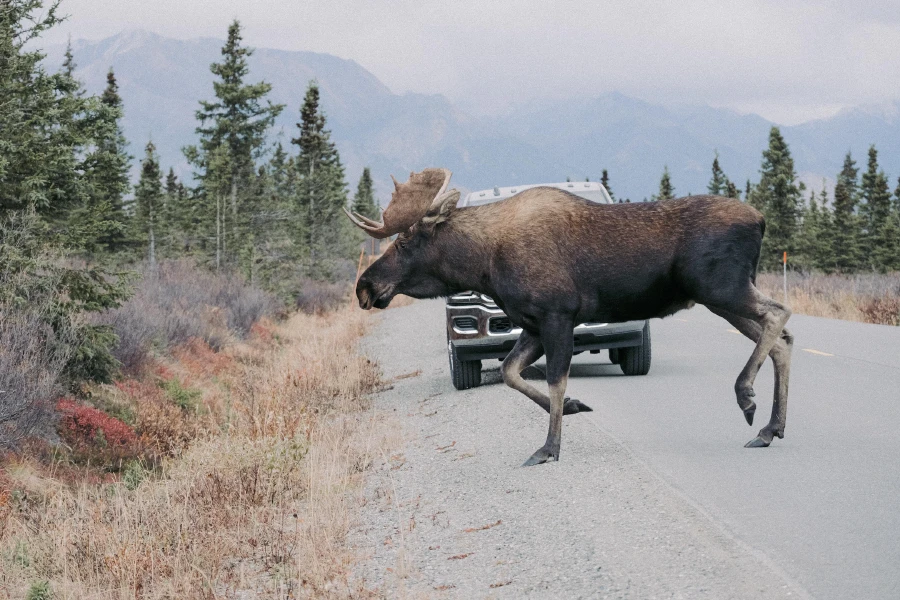
The Alaska Highway runs through some of the most remote wilderness areas in North America. Be aware of the wildlife and take necessary precautions. Moose and bears can be particularly dangerous.
6. Have the right documents
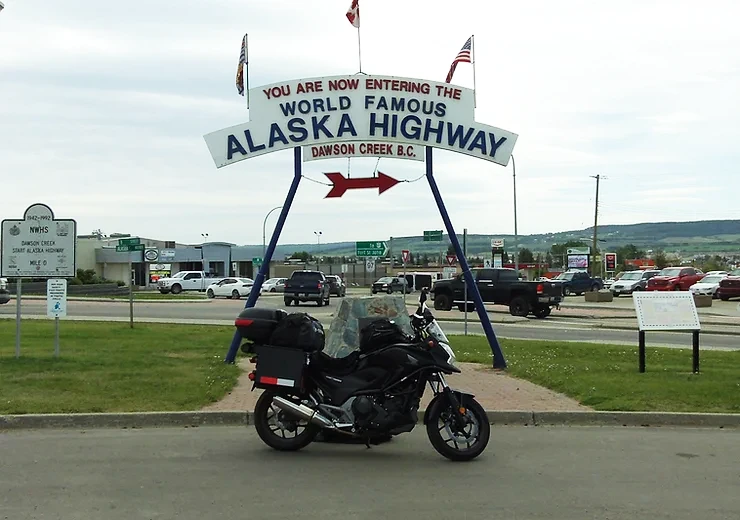
Make sure you have a valid driver’s license (motorcycle driving license) and proof of insurance (motorcycle), as well as any necessary permits or documents required to enter Canada or Alaska.
7. Respect the road
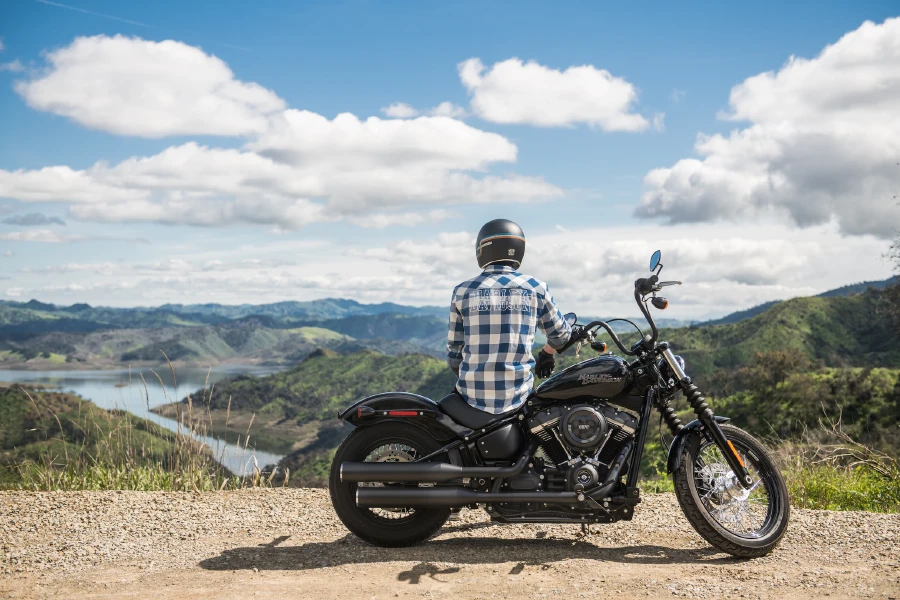
The Alaska Highway is an important resource for the local communities, and it is essential to respect the road and the environment. Be mindful of any speed limits, and don’t litter or leave any waste behind. The Alaska Highway runs through small towns and communities, many of which rely on tourism. Be respectful of the locals and their culture, follow the rules, and respect the environment. This will make your Motorcycle Alaska Highway Trip successful.
8. Be aware of the road restrictions
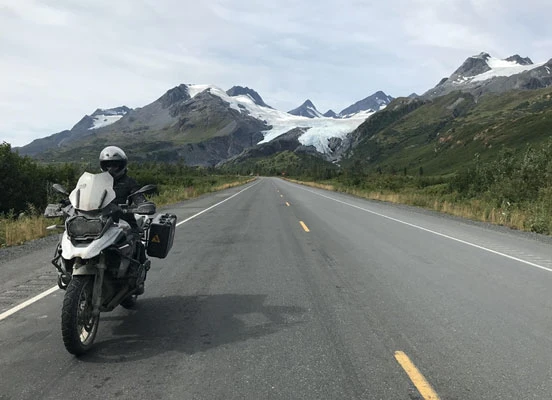
Some sections of the Alaska Highway have weight and size restrictions. Make sure you are aware of these restrictions and that your motorcycle is compliant. Also, be aware of the Dalton Highway, which is a gravel road that runs parallel to the Alaska Highway, it’s only allowed for certain type of vehicles, and the road conditions can be quite rough.
9. Get the right gear
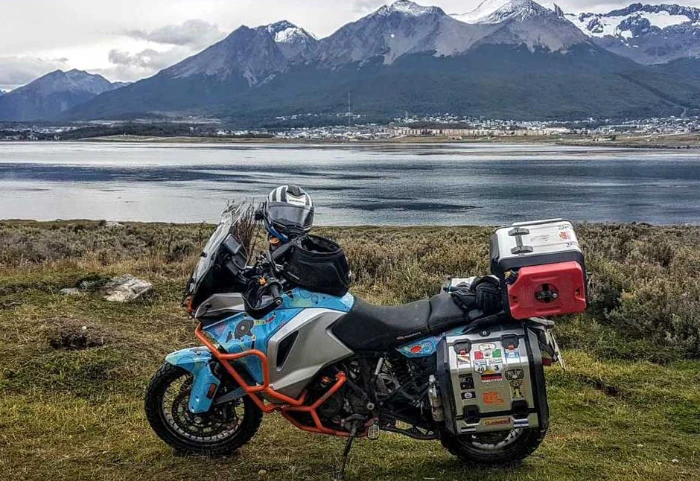
The weather can be unpredictable, so make sure you have the right gear to protect yourself from the elements. A good set of waterproof and warm clothing, motorcycle gloves, motorcycle boots and a helmet are essential on this Alaska Highway trip.
10. Take a break
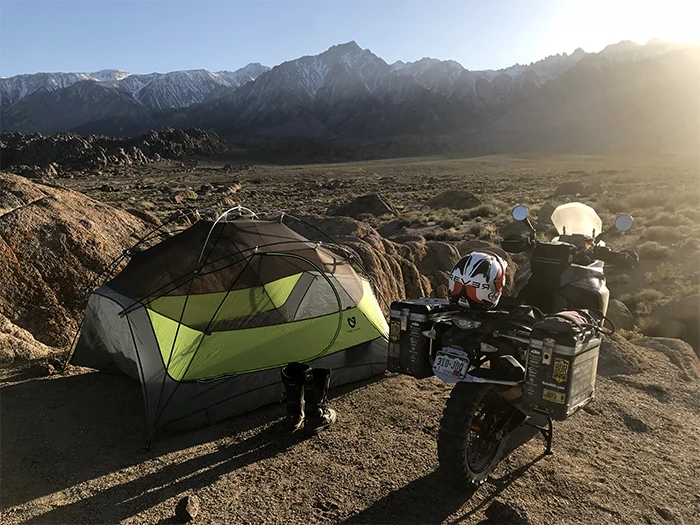
The Alaska Highway is a long and challenging road (even on a motorcycle). Make sure to take regular breaks to stretch your legs and rest your eyes. This will help you stay alert and refreshed for the rest of the trip. Check the list of best campgrounds along the Alaska Highway here: Alaska Highway Campgrounds .
By following these tips, you can have a safe and enjoyable motorcycle trip on the Alaska Highway. Remember to always be cautious and aware of your surroundings and the road conditions. Ride safe and have fun!
👍 Find out more:
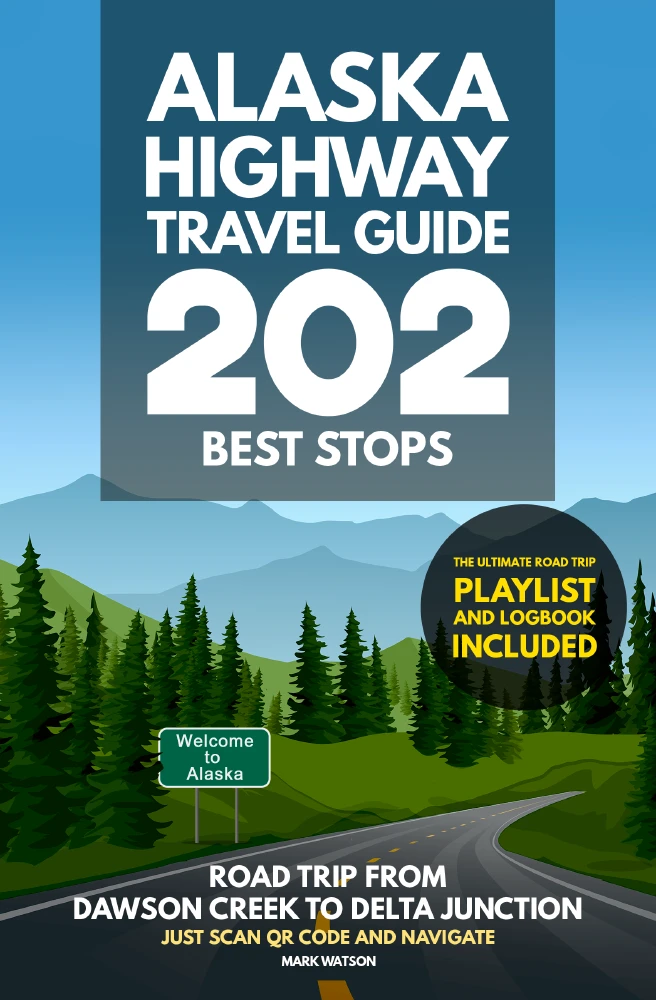
Discover the best stops along the Alaska Highway in my travel guide, “Alaska Highway Travel Guide – 202 Best Stops” , which is available on Amazon. This is the ultimate travel guide and pocket reference for anyone wishing to experience the adventure and wonder of THE ALASKA HIGHWAY! MUST-HAVE for all Alaska Highway travelers. Visit 202 places on the ALCAN with “Scan QR and go” for easy navigation.
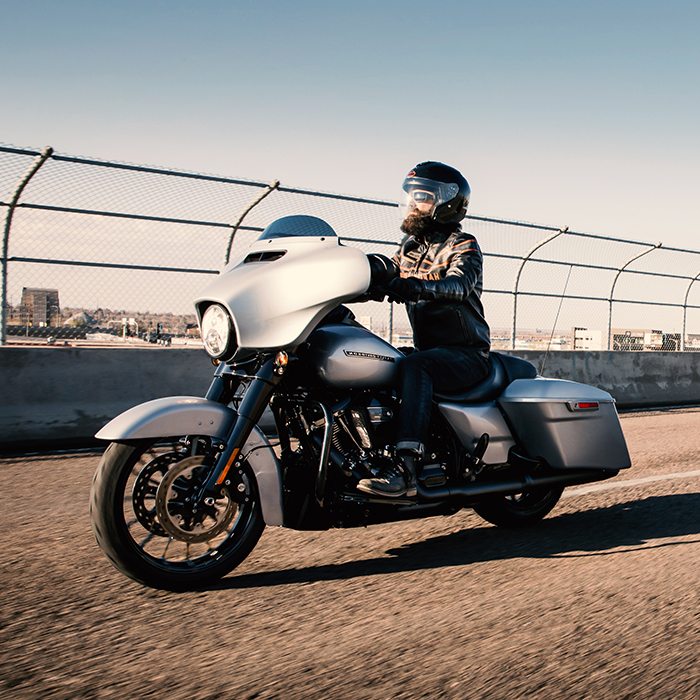
Mark Watson is a California-based member of a Los Angeles Motorcycle Club and a keen traveler. He’s traveled the entirety of U. S. Route 66 seven times on his Harley-Davidson. He strives to interest others in the historic drive to keep the legendary Route 66 alive. He also traveled through the Alaska Highway. He is an author of bestseller books on Amazon: “Route 66 Travel Guide – 202 Amazing Places” and “Alaska Highway – 202 Best Stops”.
Leave a Reply Cancel reply
Your email address will not be published. Required fields are marked *
Save my name, email, and website in this browser for the next time I comment.

- Travel Tips
- Architecture
- Home Improv
- Photography
- Food&Drinks
Select Page
How to Plan the Perfect Motorcycle Trip to Alaska
Posted by Amazing Traveler | Jun 26, 2019 | America | 0 |
For better or for worse, your motorcycle is part of your life and you couldn’t imagine going on long or short-term adventures on four wheels any more. You have already visited most of mainland US and Europe is out of the question for now, so where should you head next?
A trip to Alaska is definitely something you should put on your bucket list because the state is filled with gorgeous landscapes and welcoming people. However, planning a motorcycle trip here isn’t as easy as riding your bike on the roads of sunny Cali or Florida.
Keep in mind that the weather isn’t always friendly, so you need to pack accordingly. However, if you decide to check one more milestone from your adventure book, here is what you should know.
Consider the route
Alaska is one of the largest states in the United States so you need to think of the most suitable route for you. Depending on how much time you have to spare, the places you want to see, and the weather, consider that a round trip here would take at least a few thousand miles.
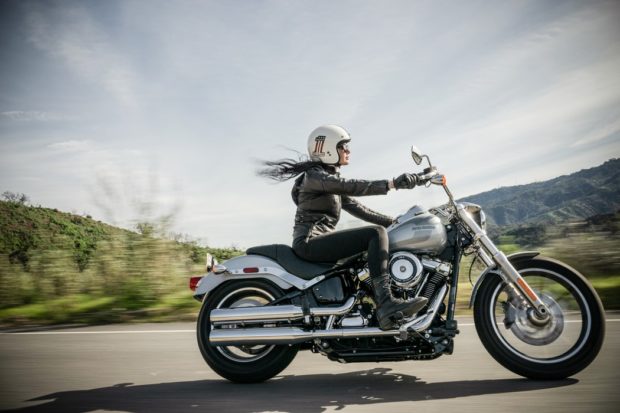
We suggest purchasing a copy of The Milepost, “the bible of North Country travel”, according to bike enthusiast Larry King. It contains everything you need to plan your trip ahead, including all the routes to this part of the country, mile by mile. You can also contact local tourism agencies for more information.
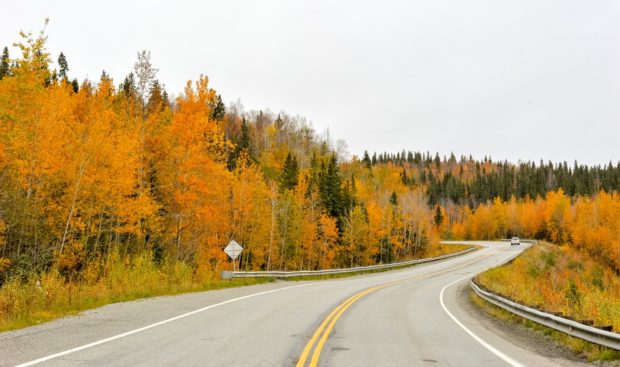
If you don’t plan on taking the boat from mainland US to Alaska, you may also want to check with the local Canadian tourism offices for the best and fastest routes. In this case, make sure to have all your bike’s documents in order.
Consider the weather and the time of the year
Alaska is a big region with various types of climate, temperatures, and daylight hours. On average, Alaska gets about 19 more minutes of daylight per year as other regions throughout the country, with a reasonable summer season that lasts from June to August.
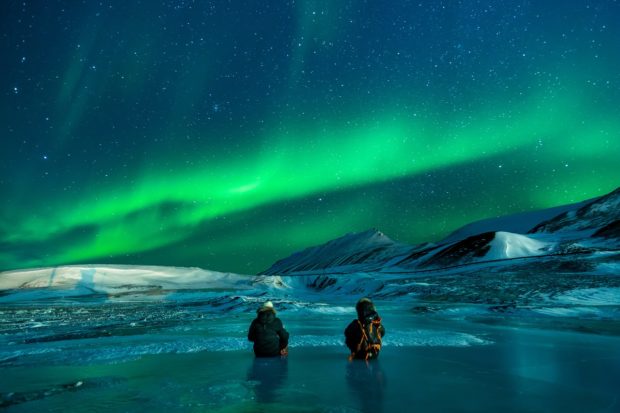
Depending on the region you’re planning to visit, you should consider your motorcycle trip from mid-May to early-September, mid-September at the very most. June 21 is the longest day of the year, meaning you’ll get no less than 19 hours of sunlight in some parts. From early May to the end of September, the days are considerably longer, meaning it’s not unusual to head out in the light even at midnight.
Temperatures also vary but, generally speaking, you’ll get plenty of heat in the summertime. According to various online sources, the best time for your motorcycle trip through Alaska is from mid-June to mid-July, where there are fewer chances of rain, and the temperatures range from 60 degrees Fahrenheit to 80 degrees Fahrenheit in most regions.
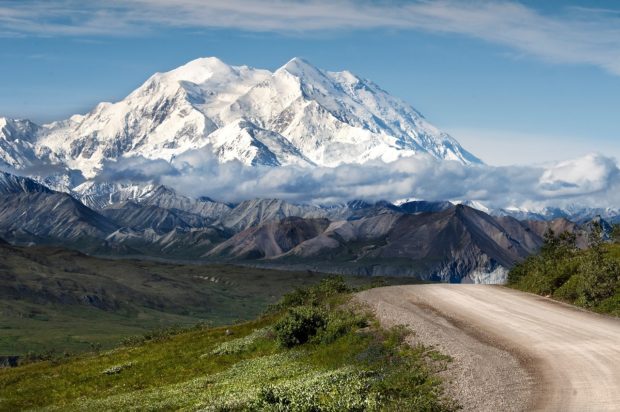
And, if you’re truly lucky, you’ll also get to experience the beautiful Northern Lights or Aurora Borealis phenomenon, which is more common during the colder months of the year, when the sky is darker. However, if you want to increase your chances of catching this unique phenomenon, it would be best to book your trip to Alaska at least in September.
Get the right gear
Although the summer season comes with pleasant temperatures, you still need to be prepared for this trip with proper gear and clothes. We suggest looking for the lightest full face helmet that will keep your head protected, as well as some high-quality leather, waterproof gloves and jacket. Don’t forget your boots and plenty of light sweaters or hoodies as it may get chilly at night.
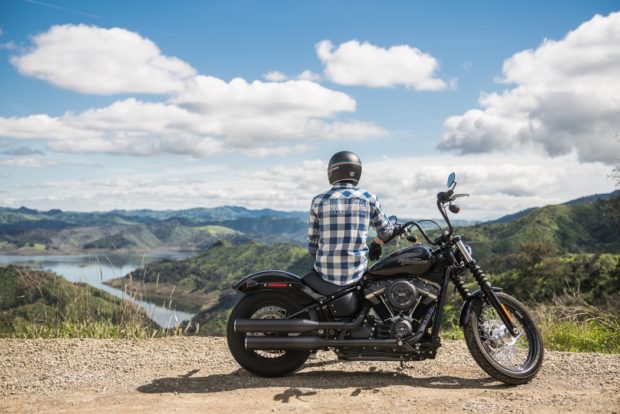
You should also consider investing in a quality GPS unit to keep you on track and calculate the fastest routes for your bike. At the end of the day, just make sure to enjoy the landscapes as much as possible and take lots of pictures.
Related Posts
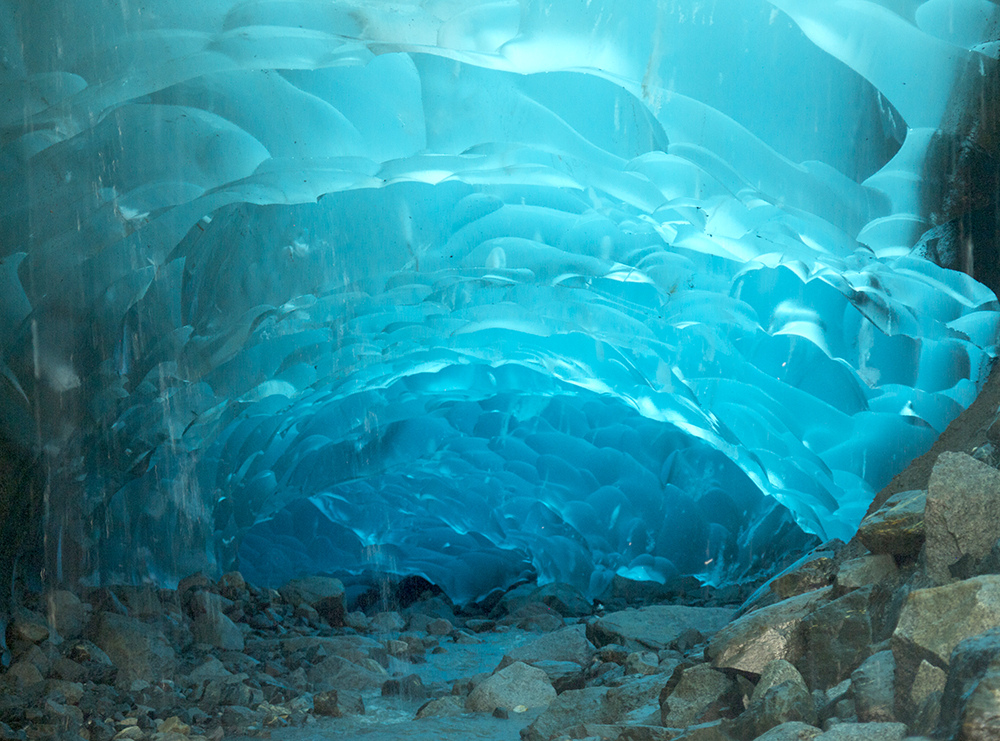
Walk Through Mendenhall Ice Cave in Alaska
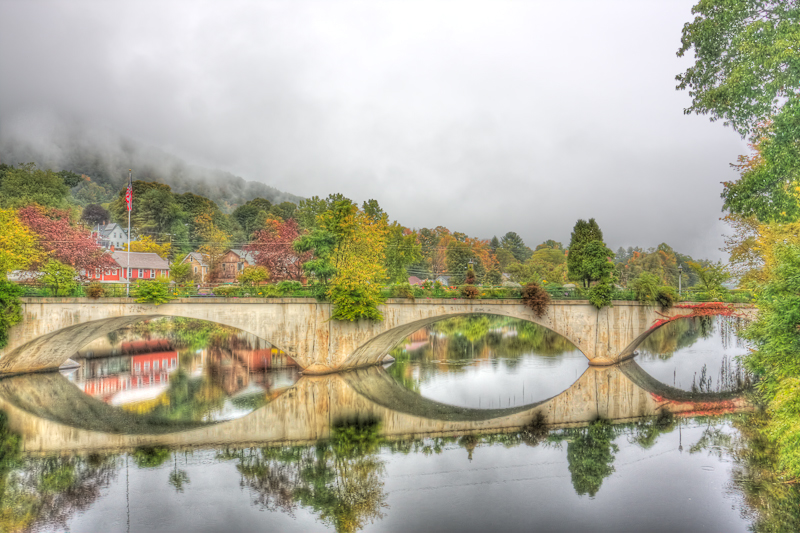
7 Different Views of New England
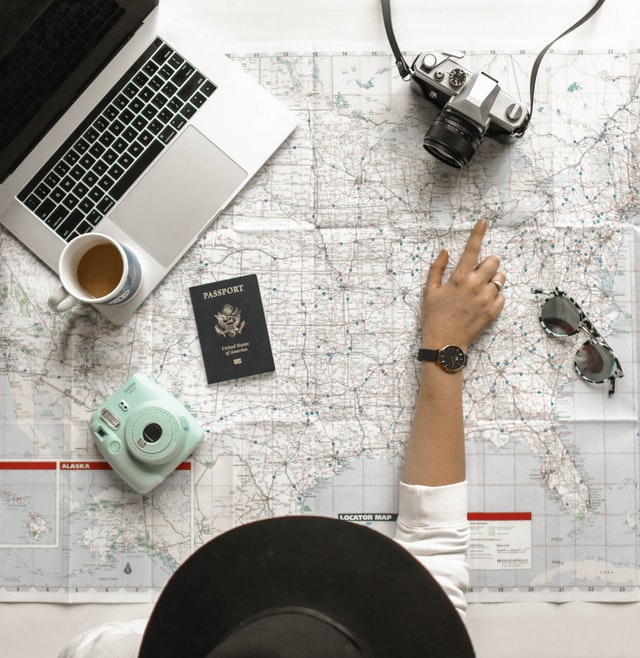
Factors to Consider When Choosing a Travel Agency
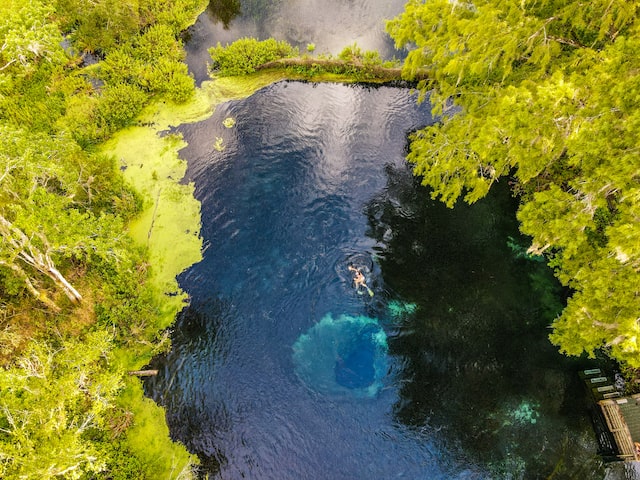
Family fun in the Sunshine State
Leave a reply cancel reply.
You must be logged in to post a comment.
Stay Connected
Find your stay, recent posts.

- Latest News
- Competition
- Partz and Product News
- Cannonball Characters
- Where am I?
- Harley-Davidson
- Indian Motorcycle
- Other Brands
- Product Reviews
- Rallies & Bike Shows
- Events Calendar
- Submit Letters to the Editor
- Distribution Partners
- Consumer Panel
- Privacy Policy

SUBSCRIBE TO AMERICAN RIDER
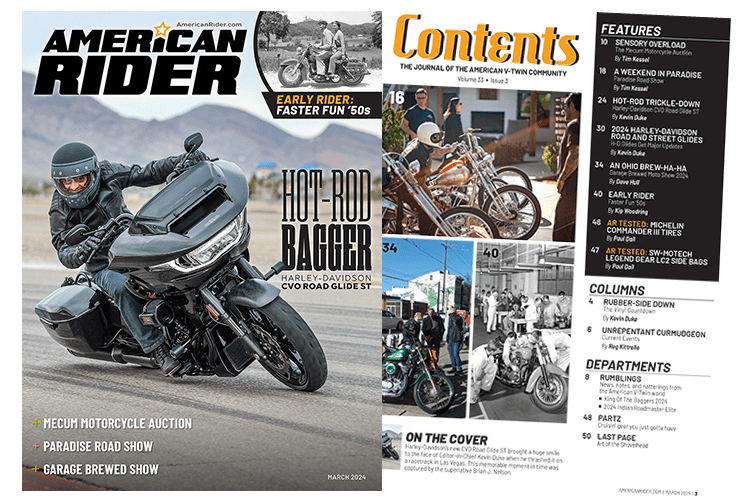
Alaska Motorcycle Trip Planner
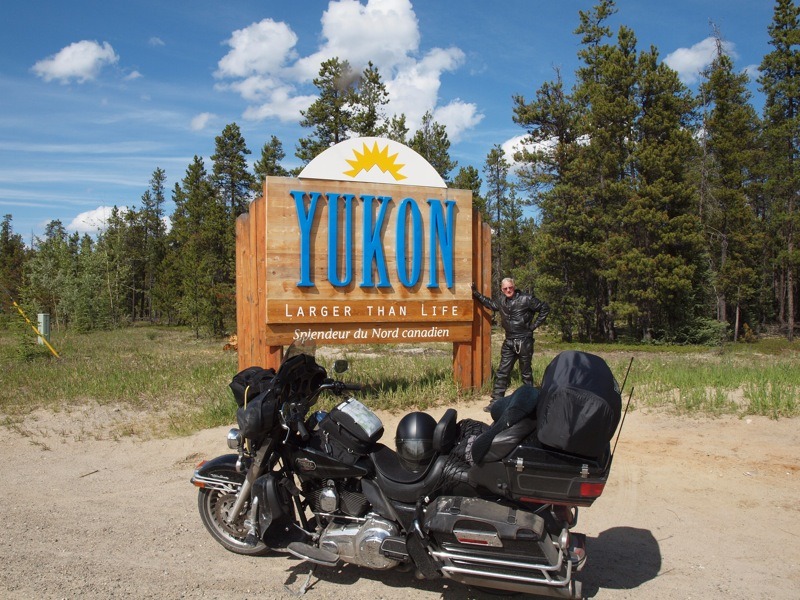
You have finally decided you are going on the ride of a lifetime. If that ride will take you to Alaska you need to start planning at least a year in advance. A ride to the land known as “The Last Frontier” is a ride like no other, and one that requires a lot of planning and preparation.
I started to plan my last ride to Alaska a year prior to my departure date. The first thing I did was purchase a copy of The Milepost , the bible of North Country travel. If you go to Alaska this is the one publication you will need to take with you since it documents all the routes to Alaska, mile by mile. I also contacted Alaska Tourism along with British Columbia, Alberta and Yukon Tourism. Next I mapped out my route. There are two routes to Alaska with the Alaska Highway the most traveled and the Cassiar Highway more remote. After mapping out my route I totaled up the mileage. This trip would take just over 11,000 miles round trip from my home in Ohio. Since I wanted to see as much of Alaska and Western Canada as possible and not be on a strict schedule, I decided I would need 31 days to make this ride happen, averaging 300 miles a day. This would allow me plenty of time to enjoy the North Country even if I encountered poor road conditions and bad weather, plus I would be able to take a number of side trips along the way. The ride really starts when you enter Canada; so give yourself plenty of time so you can take all this country in.
Once I have mapped out my route and allotted the time I will need, I always go on the Internet and make up a list of motels in every town I will pass through so I can call ahead each day and make a reservation for the next night. If you do not do this you may find yourself without a room with the next lodging 300 miles up the road. Rooms are limited in the North Country, and this applies to campgrounds, as well. Next, be sure you have a current passport or passport card. One of these is now required to cross the border when you enter Canada and then return to the Lower 48. If you have had a previous DUI/DWI you may be refused entry into Canada. (DUI/DWI is considered a felony in Canada.) However, you may apply for an admittance permit, which can take up to a year and cost up to $1,500. If you try to cross the border without a permit and are not refused entry, please remember you have to cross back into Canada to return and could be refused entry at this point. If this happens you have only two options: ship the bike home and buy an airline ticket or book passage on a ship to Seattle. Both are very expensive options.
Of course you will need to prepare your bike for the ride. I had my bike serviced the week before I left. Since I would be riding over 11,000 miles new tires are a must, unless you plan on having tires installed at a dealer along the way. Plan accordingly and remember that the nearest dealer may be 500 miles away in the North Country. I planned to get my 5,000-mile service done in Fairbanks, but you need to be prepared to make minor roadside repairs, as well. Some of the things I feel are essential are a tool kit, two cans of Seal ‘N’ Air tire sealant, a tire plugger kit, a mini tire compressor, a large roll of duct tape, heavy-duty wire ties, extra bungee cords in different lengths and two tie-down straps in case you need to have your bike hauled to the nearest town for repair. Don’t forget to carry some octane boost since many of the gas stations only have 87 octane available. I also always rent a satellite phone when I travel in remote areas. Your cell phone will work in only a few of the towns along the way. Cell coverage is very limited and can be nonexistent if you do not purchase Canadian coverage prior to your trip.
My friends who do not ride always ask how I am able to pack all I need for a long trip on a motorcycle. My answer is always the same: I only pack what I need, not what I want. I pack for a week no matter how long I plan to be on the road. I do laundry once a week along the way. However, there are things that are a must. Top-quality leathers are at the top of my list along with good-quality rain gear that can be worn over your leathers. Native Alaskans will tell you it only rains twice a week in the North Country—once for three days and once for four days. It’s not really that bad, but be prepared to ride in the rain and maybe even some snow. You must make yourself waterproof.
I prefer leather overpants rather than chaps since they are warmer. You will also need a warm pair of waterproof gloves, and a heated jacket liner is an option you may want to consider and one that I highly recommend. Also note that DOT-approved helmets are required in Canada. I would recommend either a full-face or three-quarter helmet with a face shield for two reasons: When you see a sign that says “Pavement break ahead—Slow down,” that break could be 10 feet or 10 miles. The face shield will protect you from stones being thrown up by other traffic. The other reason why I recommend a helmet with a face shield is to protect your face from rain and wind.
Some of the hazards you face may not be what you’d think about riding in the North Country. You will most likely see bears along your route, but as long as you keep your distance they will not be a problem. I know of one rider who decided to take a shotgun for bear protection. First of all, the only thing a shotgun will do is piss that bear off. Leave your shootin’ irons at home. Handguns are illegal in Canada, as are bear spray, pepper spray and mace. In my experience the number one hazard is Ma and Pa in that motorhome that’s the size of a Greyhound bus taking their half, and yours, out of the middle of the highway. Another hazard is moose on the highway, most likely to be encountered late in the day, and a good example of why I like to be in my motel by around 5:00 p.m. If you hit a moose, both you and the moose will lose.
The roads in the North are not all gravel like they were many years ago. In fact, I would say with some exceptions the two-lane highways are as good as any in the Lower 48. Construction is always going on during the summer months, and you’ll know you’ve entered a construction zone when the pavement is completely ripped up and turns into hard-pack gravel. The construction crews apply calcium chloride to the surface, which makes the surface as hard as concrete. There are several drawbacks to this for the rider. For one, when it’s wet, it’s as slippery as snot. Pilot trucks will lead you through the construction zones, so when you see traffic stopped for construction carefully pull to the head of the line behind the pilot truck. Motorcycles are expected to be first in line. If you are riding two-up you may want to ask the pilot car driver if your passenger can ride in the pilot truck to lessen the weight and give you better control of the bike. (I have never been turned down with this request.) If you travel through a construction zone you must high-pressure wash your bike that evening to get the calcium chloride off or it will turn to stone. Most of the motels and campgrounds have wash facilities. Last but not least, you will encounter frost heaves on occasion, so just slow down and maneuver accordingly. The worst stretch of frost heaves I encountered on my last trip was from Burwash Landing in the Yukon to the Alaska border.
If you start planning now, you will have a ride of a lifetime. All that planning will pay off and you will have a great ride with plenty of stories to tell your buddies when you get home. Alaska is in reach for the rider who prepares in advance. Now enjoy the ride!
Sources The Milepost www.themilepost.com 800.726.4707
Alaska Tourism www.travelalaska.com 480.483.1551
Yukon Territory www.travelyukon.com 800.661.0494
British Columbia Tourism www.hellobc.com 800.435.5622
Alberta Tourism www.travelalberta.com 800.661.8888
RELATED ARTICLES MORE FROM AUTHOR
Jesse swickard builds “riding dirty” custom chopper, sturgis motorcycle museum and hall of fame: mission accomplished, obscurity files: the harley-davidson topper, farewell to the harley-davidson sportster, making their marque: charles b. franklin and indian motorcycle, restoration to restomod: the deal with old wheels.
Larry — this is great little article. Thanks for the tips. I am beginning to plan our trip to Alaska this summer. I am not new to planning trips we usually do “a trip of a lifetime” every year. We take a 3 week trip across country every year and in the past 5 years we have been able to cover the entire lower 48 and all the way across Canada (only 3 Canadian provinces we have not been in yet). And have encountered everything from extreme heat in Nevada (122 degrees), to 30 mph winds, and 9 days of rain in a row on the East coast to break downs and some really cold weather in New Brunswick and Banff. I have to say, I am more than a little apprehensive about planning this trip to Alaska.
So thanks for the info and the little confidence boost that this is doable.
Larry – good advice about Alaska (I’m a 42 year Alaskan sourdough. One suggestion – you’ve mislabeled the glacier in two of your photos. That’s the mighty Matanuska glacier, not the Worthington. The Worthington glacier can be seen from the Richardson hwy, not the Glenn hwy and is near Valdez in the Thompson Pass.
Larry -this is a great article with awesome tips I will use for preparation of our next trip. One note for travellers: Bear spray is legal in Canada and highly recommended for those travelling the back country. See: Parks Canada website http://www.pc.gc.ca/eng/pn-np/mtn/ours-bears/securite-safety/gaz-spray.aspx
Nice article. Thanks. I did Minnesota to Alaska on motorcycle in 1989. Planning to again this summer (2018). You mentioned ‘Motorcycles are expected to be first in line’ in stopped traffic areas for construction. The 1st time I heard that was from a flagger on a highway in South Dakota. I am hoping to pre-myself to respond to any disgruntled others in such a situation. Do you have any ‘official’ looking references to help me on on this one?
Larry, this is pure gold. I started planning our ride for 2021 today. Your article is very direct and gives an excellent perspective of what it is going to take. Thank you. Now, to begin planning…
I too am planning a trip to Alaska but one concern is will the borders be open due to the pandemic
Planning to go in July so far a solo ride . I am 66 and kicking looking for other(s) to ride with part or the whole way . Vegas Fairbank Sturgis Vegas !!
LEAVE A REPLY Cancel reply
Save my name, email, and website in this browser for the next time I comment.
LATEST NEWS
New indian scout to debut, heidi haro appointed executive director of sturgis motorcycle museum, how to livestream progressive aft racing events, indian motorcycle racing teams announced for 2024, bessie stringfield documentary showing in spring 2024, competition, progressive aft season resumes with senoia short track, king of the baggers daytona results, progressive aft season-opening daytona short track results, daytona bike week kicks off 2024 race season.

- By Ride Difficulty
- By Riding Season
- By Ride Duration
- By Riding Terrain
- By Touring Region
Connect With Us
Follow on facebook:, top 10 must-see destinations on an alaska motorcycle trip, alaska native, tour guide and travel author shares his top spots for adv riders..

Alaska always seems to come up as a top bucket list destination for Adventure Riders and it’s easy to see why. America’s “Last Frontier” offers vast untouched natural beauty and pristine landscapes that are unsurpassed in North America. With endless miles of challenging routes to explore, an adventure motorcycle is the perfect tool to fully experience all Alaska has to offer. Here are ten must-see destinations for any Adventure Rider interested in taking an Alaska motorcycle trip.
1. Prudhoe Bay
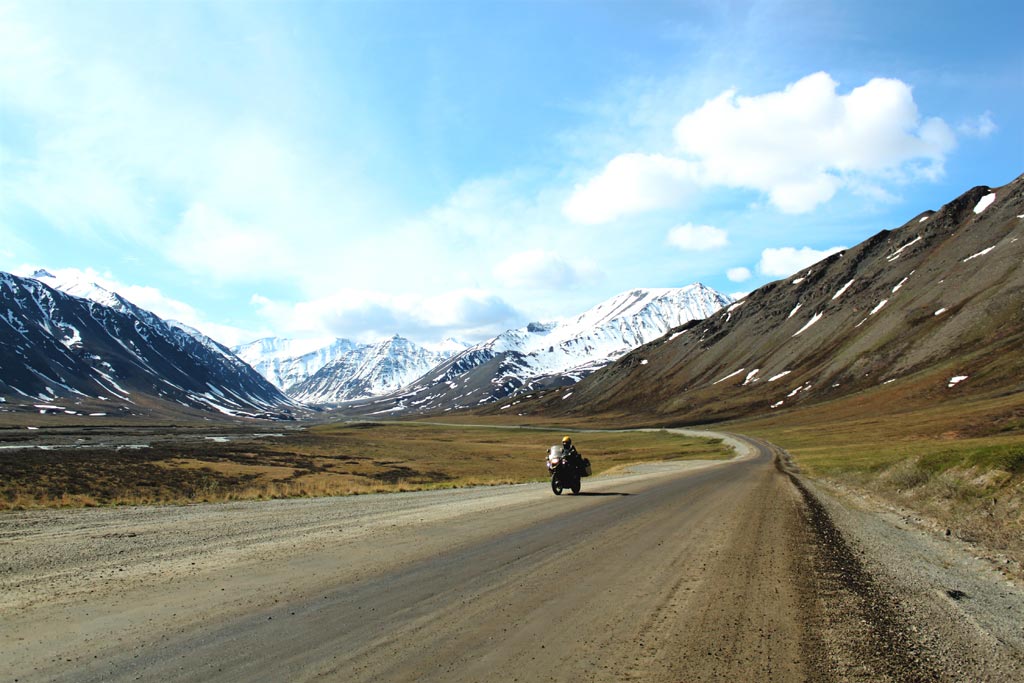
This is the farthest north you can ride a motorcycle on the continent. The road is 414 miles long out of Fairbanks, and throws at you broken chip seal and a calcium chloride infused dirt surface. It also is the mother lode of sloppy grater and water truck road construction and wind blasting semis, headed to the bay. This is one destination you don’t want to skip on your Alaska motorcycle trip! It offers excellent remote scenery and does not bore; the view is just as good going up as it is going back south. But don’t try to do this ride all in one sitting, many riders have attempted it, and many have succumbed to either road conditions or stamina.
Courtesy Phil Freeman
2. Denali Highway

This is the original entrance to Denali National Park and is over 120 miles of dirt loveliness. The scenery is epic, the remoteness is real (yes, you are now part of the food chain) and stopping and exploring along the way is off the charts. The Alaska Range parallels this entire ride, and offers scene after scene of quintessential “Alaska.” There are mining roads that meander this way and that, off the main road, which make for hard-core adventure. Do not go alone into this world; bring a buddy, and the willingness to adventure! Stay over at Gracious House (mile 82) and save a day or two for exploring from there. Pack a fly rod if you are into that kind of thing. Bring a camera: you will be seeing some furry friends.
3. Manley Hot Springs

This town was started around the turn of the last century as a stop-over for gold seekers. It is a veritable oasis in the midst of unadulterated wilderness. The Road House in Town offers refuge, camping, food and bar. A dip in the hot springs is worth every cent and is a very unique experience. There are two roads worth exploring: The road to Tofty and the road to Ruby (Wyatt Earp’s famed Gold Rush Residence). Mind “No Trespassing” signs, as you are riding through gold mining country. Gear up light, get on your pegs and get ready for some great jeep trails! Never hurts to talk to the locals as conditions change out on these far, outpost roads.

This is the unsung hero of adventure riding in Alaska. It is remote, rugged, and the Alaska Flags replace the American ones. The people are hardy, welcoming and will help you seek out some fantastic jeep two-track stuff that fans out from the main road. If you go out there, plan for a couple of days riding. The old gold mining roads out there allow you to access places that literally no one goes to anymore. Make sure to check out Circle City on the Yukon out there. Ride out in the morning and get ready to see some critters.
5. McCarthy

This destination is a MUST. It is the old miner’s entertainment town that services the Copper mine at Kennicott, just up the hill. The road out there is a 60-mile dirt blast, the base of which is the old railroad that used to service the mine until the late 30’s. Make sure to stop at the Kuskulana Bridge and check out the cat walks underneath. This is a step back in time, and the best thing about it is that only motorcycles can get across to the town and mine! You may cross at the pedestrian bridge; just make sure there is no one on it. The town is locked in time and the mine is amazing. Take some time there and consider the tour of the mine building at Kennicott. Also, enjoy the old wagon road that links the mine with the town, and passes by the old cemetery. Truly ADV stuff here.

This old gold mining town has seen more prosperous days, but if you like stepping back in time, watching bald eagles, salmon climbing up the river and riding dirt roads through the mountains, this is your spot. Make sure to stop by the Seaview Cafe for seafood chowder or pie at Tito’s Cafe. The ride up Palmer Creek Road is fun and ends in old gold mining ruins. This is a great day ride out of Anchorage, but it’s not bad for an overnight stay either.
7. Petersville Road

This is an access road out of Trapper Creek which offers south facing views of Mt. McKinley. It climbs to above tree line and veers west down Cache Creek. It offers on-the-pegs riding, creek crossings and general ADV fun. You can easily spend a couple of days back there exploring trails.
8. Top of the World Highway

Ride from Tok to Dawson and experience great dirt and paved roads that offer broad views and history. Make sure to leave a couple of hours to ride to Eagle on the Yukon River. Dawson itself is a treat and worth a couple of days. Take the Solomon Mine 60-mile circuit out of town and visit the original gold strikes on a dirt road just made for the ADV rider. Make sure to drop by the Downtown Hotel and get yourself a “Sourdough Cocktail” (a drink with a human toe in it!) – You are now an honorary Sourdough!
9. Crown Point

This is not a long ride but huge in the scale of epic. Ride through Moose Pass on the Kenai Peninsula south, and once out of town you cross the Trail River Bridge and take left. Follow for a couple miles and take the first left. It is just an ATV trail, so come riding light, and get ready to climb thousands of feet to an old gold mine which overlooks Kenai Lake and the Harding Ice Field. Simply amazing.
10. Nabesna Road

This is a 40-mile jaunt into Wrangell-St. Elias National Park. The park itself is impressive, harboring 9 of the 16 tallest peaks on the continent, and is the largest preserve in the United States. The road starts out civil, then throws at you dirt surface and stream crossings, and turns to “rustic”. At the end of the road, past the airstrip, take off your riding boots and put on some hiking shoes and explore the old gold mines up there. There are places in which the miners just left everything behind, and now nature is taking over. This ride is notable as the finish is much more scenic than the start.
Author: Phil Freeman
Related stories.

Notify me of new posts via email
Email Address
[…] Top 10 Must-See Destinations on an Alaska Motorcycle Trip […]
Great article. I have been lusting for a ride to Alaska on my F800GSA and trying to get psyched up for it. But one concern is how to deal with the mosquito situation if camping much of the time and probably being on the road for 3-4 weeks. Are some areas worse than others, and is there a best time where they are minimal but it is not too cold?
Mosquitoes are a factor but most riders find them not to be a big factor. It really depends on where you stop, where you camp. It also heavily relies on the snow fall the previous winter (more stagnant water, more bugs). If you bring a bug net, some spray, you will be fine. I find that camp sights that are away from heavily forested, non windy spots are the worst. By rivers, on crests of hills..places where you can get some relief from the wind help much! I hope this helps!
Hello Phil. As I am planning a trip to AK, I found your website and story. Fantastic buddy, I am happy to see there are people like you out there. I would love to get in touch with you to get some insight on what to prepare for my trip, as I will be leaving NYC to don’t know where in AK (need to find out a point of return) and most likely I will be alone. Any input would be very helpful. Thanks buddy, All the best Luiz [email protected]
How about the Eskimo Olympics in Fairbanks?
Connect With Us:
Popular stories.

6 Reasons To Love The Timeless Suzuki DR650
Looking at our new 2024 calendars we see that it’...

Kove Confirms Pricing & Availability Of 800X Rally For US Market
Roughly a year after bringing their 450 Rally to ...

Why You Should Consider Riding A Small Bike For Your Adventures
For decades, the adventure motorcycle industry’s ...

Grandmother Ditches Cruisers For Dual Sports To Ride The World
In a world where many might consider winding down...
Follow Us On Facebook:
Get ADV Pulse delivered by email

Top Moto Tours
A traveler's guide, upcoming events.
March Moto Madness has been an annual event in Tellico Plains, Tennessee, since 2006 and grown to include simultaneous worldwide...
A great way to knock off the winter cobwebs! Go out and enjoy the hilly Northeast Ohio River Valley, with...
Camp and ride with the Mosko Moto crew during a three-day moto gathering in the "Heart of the Canyonlands" near Moab,...
Popular Tags

Watch: 2024 Triumph Tiger 900 Rally Pro Tested
For 2024, Triumph's dirt-focused Tiger 900 — the Rally Pro — has received...

My First Time Riding Enduro, How Hard Could It Be?
Nestled between the Sierra Nevada and Inyo Mountains of California lies a l...

REV’IT! Launches Two New Mesh ADV Suits For Warmer Days Ahead
The thaw is on in North America, and before we know it we’ll be tearing up th...
- Advertising
- Write for Us

Seattle To Alaska on Two Wheels
17 days and nights - part 1.
Text and photos by Colleen First
Lots of people dream about it, but few of us ever saddle up and head to the great Northwest Territory of Alaska. When we were presented with a diary of Colleen First's recent trip we thought it might be fun to share it with our Sound RIDER! readers. It's a long one and will be published in four parts throughout the Fall and Winter. For some it may inspire, for those who have done the ride before, they may relive moments from the past.
July 23rd – August 8th 2004 Total Miles: 5,600 miles, 17 days White Rock, BC – Deadhorse, Alaska and return Tickets: 0 Mishaps: 0 Puckers: 0
Day .5 – 100 miles The odometer on my bike had just rolled over 10,000 when I left Seattle this evening, and the 100 or so miles I put on between then and now were just the start. Doug and I agreed to meet in White Rock, BC to start our epic journey northward, to the Arctic Ocean. We had been talking about and planning this trip for almost a year. We looked at maps, mileage, bikes, routes, equipment, supplies and money. Amazingly enough, it was about to begin.
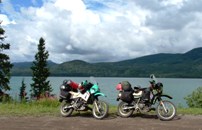
Day 2 – 435 miles As would be typical for the trip, we didn't leave Prince George until almost 9:30. We're on vacation, darn it, and we're going to sleep in if we want! However, we didn't get started on the road right away even after leaving the motel. It seems that the muffler/heat guards that a friend of mine made didn't quite do the trick and the plastic bag Doug used to line his saddlebag with melted onto some of his clothes. We need more insulation, and we need it now. Fortunately we're still in the hands of civilization and we found a Home Depot nearby. What to get, what to get??? We scoured the aisles and found some pipe insulation that was actually something like two sheets of aluminum foil with bubble wrap in between. Can't hurt, right? So we buy a roll, cut and tape it together to create a lovely insulating wall inside of Doug's right saddlebag. Tools and gear repacked, we proceeded westerly on the Yellowhead Hwy. Now begins our journey into the unknown!
The Yellowhead winds through lots of agricultural lands with frequent little towns dotting the way. The mountains got bigger and the trees got thicker. The temperature was comfortable, the sky was mostly blue, the roads were in good repair and traffic was not a problem. It was a great start to our trip. Breakfast was found at the OK Café in Vanderhoof, served by Mennonites of all people. We made a couple of stops along the way at Topley and New Hazelton for refreshments and brief breaks, in addition to a few photo stops. At Topley Doug found that part of his helmet was missing. It's a little part that holds the visor on and is fairly vital. The first zip tie of the trip is called up for duty.
At Smithers, BC, we met a gentleman who strongly encouraged us to make the side trip to Stewart, BC and then cross over to Hyder, AK to see where the grizzly bears feed on the salmon. It sounded good, so we made reservations at the Rainey Creek Campground in Stewart. The name should have warned us, but we were naïve. The ride up #37 from the Yellowhead junction near Kitwanga was peaceful, with very little vehicle traffic. We saw our first black bear (there would be six seen on this day alone) as well as a beaver and a marmot. Once we took the turnoff to Stewart the scenery became more intense. The mountains reared up in front of us like the teeth of a bear. Glaciers and snow-covered peaks played hide-and-seek with the clouds and the sun was slowly sinking to the far northwest. Rivers rushed past us with their cold water frothing over rocks that had tumbled down the mountainsides. It was a beautiful ride.
Once in Stewart we had dinner at a Chinese restaurant and then reconsidered camping and looked into the availability of a motel room. We were shocked by the price and tucked our tails between our legs to go set up camp. In the rain. And the almost-dark. Surrounded by mosquitoes.
Day 3 – 451 miles We woke up at 5am with really cold rainwater dripping on us from a leaking tent. Our sleeping bags were wet. Our gear was wet. We were wet. We got up, dragged everything over to a covered picnic shelter and in the cold, cloud-covered morning light we stuffed all of our soaking stuff into bags and tied them back on the bikes. Alas, we couldn't leave town just yet: the gas station didn't open for another hour. And the café wouldn't open for another 10 minutes, but we let ourselves in anyway and had a seat in the relative warmth. After a leisurely and tasty breakfast we rode over to the gas station, filled up the bikes and then rode a very wet ride back through the not-so-spectacular mountains that couldn't be seen.
We rejoined the Stewart-Cassiar Hwy at Meziadin Junction and headed north, into progressively better weather, although it never truly warmed up. There isn't much in the way of civilization until you get to Iskut, and even that is a just a tiny little store by the side of the road. We stopped – unfortunately – at Dease Lake for lunch. Icky, no-character place with a server who repeatedly hacked over her order pad and the food. Yuck. Come to think of it, I didn't eat there, but Doug had some pie. Somewhere along there is Bell II (not sure if that's a "2" or an "11"; Doug says "11"). It's a really nice and expensive looking place. Apparently their clientele are those insane people who require a helicopter to get to the glaciers and snow fields in order to ski. Regardless, it's a nice place with friendly people.
We had been warned about the road conditions along this highway; that there was lots of construction and stretches of gravel, and we were not disappointed. The gravel sections were well-marked and easy to anticipate. They were generally fairly well-packed, although I can see that a good rain would easily make it a quagmire. The gravel sections were varied in their length and placement, never knowing if the next corner would be solid or not, nor how long it would go on. There was one stretch of construction that was particularly unpleasant. It stretched for over 10 miles and was all loose and thick gravel. This was quite treacherous as the gravel can grab your front tire and pull you over if you're not careful. Not to mention the fact that it was raining again.
There were a couple more black bear sightings that day, as well as some horses along the side of the road. It was one of those "Watch for Livestock" areas, and unfortunately someone wasn't watching, as we saw two dead horses a couple of miles later. It's odd how you get used to seeing road kill deer or rabbits, but a horse? That really threw me off…
At the northern end of the Stewart-Cassiar highway is the Alaska Highway. We stopped briefly at this junction and then headed west along the Alaska Highway, following its gentle curves and studying the vastness of the surrounding forests. We ended the day at Walker's Continental Divide Motel in Swift River, BC and none too early. It had been a long day, starting with a wet tent and then nothing but roads that required our constant concentration. The motel at Walker's was an ATCO building, something that Doug and I had scorned not more than a couple of hours earlier at Junction 37 (http://www.atcostructures.com/) but it was heavenly! Warm, comfy, quiet, hot showers and available! As a bonus, even though the kitchen was "closed", they still managed to rustle up some homemade soup and grilled cheese sandwiches (on homemade bread) – it was to die for!
Day 4 – 300 miles A breakfast just as tasty as the previous evening's dinner set us on our way from Walker's and on our way along the Alaska Highway. The weather cooperated and was about 68 degrees and mostly sunny. I am still amazed at the number of trees that Northern BC/Yukon/Alaska have! They stretch as far as the eye can see, and with no people populations to interrupt their command of the hills and mountains. I have to admit that I'm very disappointed to see the extensive "re-engineering" that they're doing to the Alaskan Highway. There are literally dozens of places where you can see where the road used to go, but in the interest of safety (or whatever) they have since moved the road so as to maintain a more level, straight and therefore dull route. Doug and I took the time to follow a bit of the old highway through the woods on our return trip, which was really fascinating. If we had more time on this trip I think that I would have liked to have followed more of it. The road crew had chewed up the road surface to allow for a faster naturalization, but you could still see chunks of asphalt scattered around. Sigh. They're ruining a perfectly good road – go ride it now while it's still remotely interesting!!!
We saw our first moose of the trip; a timid cow munching away in a river down below the highway. She must have been camera-shy because even though we were quite a distance from her she started to move away, so we left her alone.
There was a nice stop at Whitehorse, YK, which is a place that both Doug and I really liked. It's a clean bustling town with lots of nice shops and businesses. The motorcycle dealership doesn't stock anything for the KLR though, and it's a 3 day wait for shipments. I guess if you were to live here you'd be better off just have a parts bike sitting around.
After Whitehorse Doug and I continued west through Haines Junction where we had a surprisingly tasty dinner at the Kluane Park Inn. The mountains became larger and more snow covered and the fields were filled with fireweed, named so because it is the first thing to take root after a forest fire wipes out an area (or any other disturbance of the vegetation).
At Kluane Lake the highway becomes more like a rural two-lane road that I would expect to see around the Pacific Northwest. It followed the shore of the lake closely and had some fun corners and dips. Eventually the road straightened out again and Doug and I decided to stop at Destruction Bay for the evening. It was a nice enough place, but not terribly remarkable. It did, however, have the three requirements: food, bed and gas. It also had some cool stickers that I'm going to put on my bike!!
...Continue to Part 2

SUBSCRIBE FREE
Subscription has its privileges - Each month Sound RIDER! publishes new features on rides, clubs, dealers and events. Don't miss out on these informative stories. Sign up today for your FREE subscription and you'll get notification each month when the new issue comes on line. You'll also be the first to find out about special Sound RIDER! events. From time to time, we also provide valuable coupons that can save you hundreds of dollars on motorcycle services. What are you waiting for? Click here to sign up now!
- Gear and Bikes
The Tejana Biker
- Netherlands
- Other travel
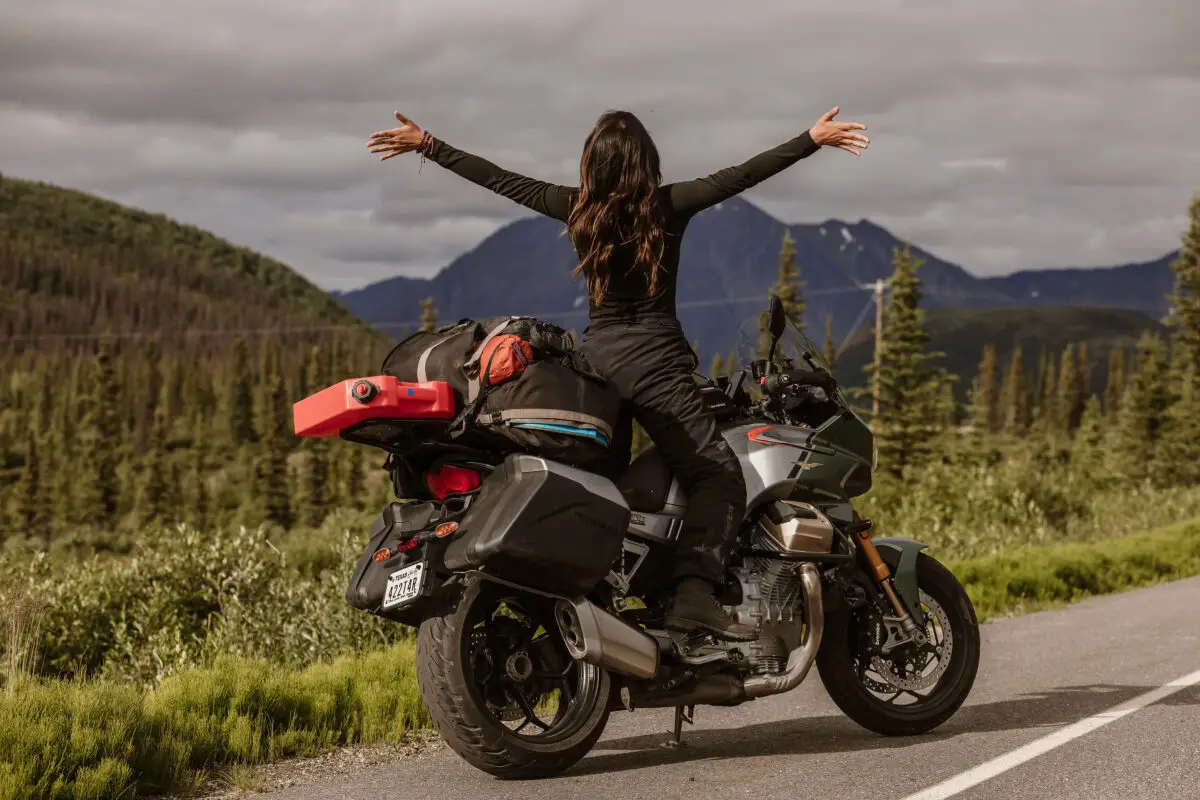

Guide to planning a motorcycle trip in Alaska
Please note: This site may contain affiliate links to products. I may receive a commission for purchases made through these links, at no extra cost to you.
Road laws in Alaska for motorcycles
To ship or ride all the way, what kind of bike do you need for a motorcycle trip in alaska, crossing the border from canada, ferries in alaska, construction, cabins vs. motels vs. camping, low octane fuel, where dealers are located, key destinations.
There are so many reasons to go on a motorcycle trip in Alaska and it should be on every motorcycle lover’s bucket list. When planning a motorcycle trip in Alaska though, there are several issues to consider.
The road laws in Alaska are very similar to the other 48 states. You cannot lane filter, and as long as you are 18 years old, you will not be penalized for not wearing a helmet.
Regardless of where you’re coming from, there are many people who ship their motorbikes to Alaska, or at least to the Alaska Highway and then ride yourself.
If you ship, you need less time and you get less wear on your bike. Shipping can be costly, but so can gas and hotels to ride all the way.
You can ship directly to Alaska or into Canada. I would recommend shipping to Dawson Creek , so that you can ride the entire Alaska Highway into Alaska.
Here are a few options for shipping your motorcycle:
- Domestic (some of these can do Canada)
- International
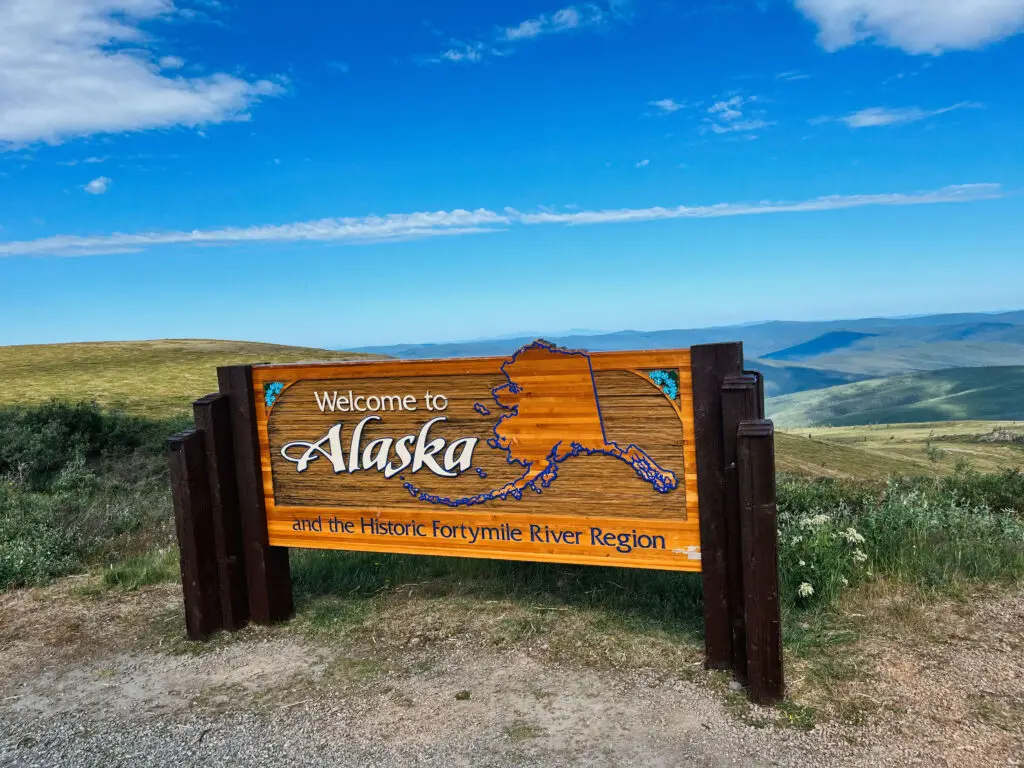
For the most part, a regular street bike can get you around Alaska. However, there are many pot hole filled roads and you may have to go through gravel in construction.
Additionally, there are many roads in Alaska that are solely dirt roads. If you want to go up to Prudhoe Bay for example, you’re gonna need a bike that can go off-road.
Some bikes that could work for this trip:
- Honda Africa Twin
- Ducati Multistrada
For more information on general motorcycle travel and what to pack, just out this article:
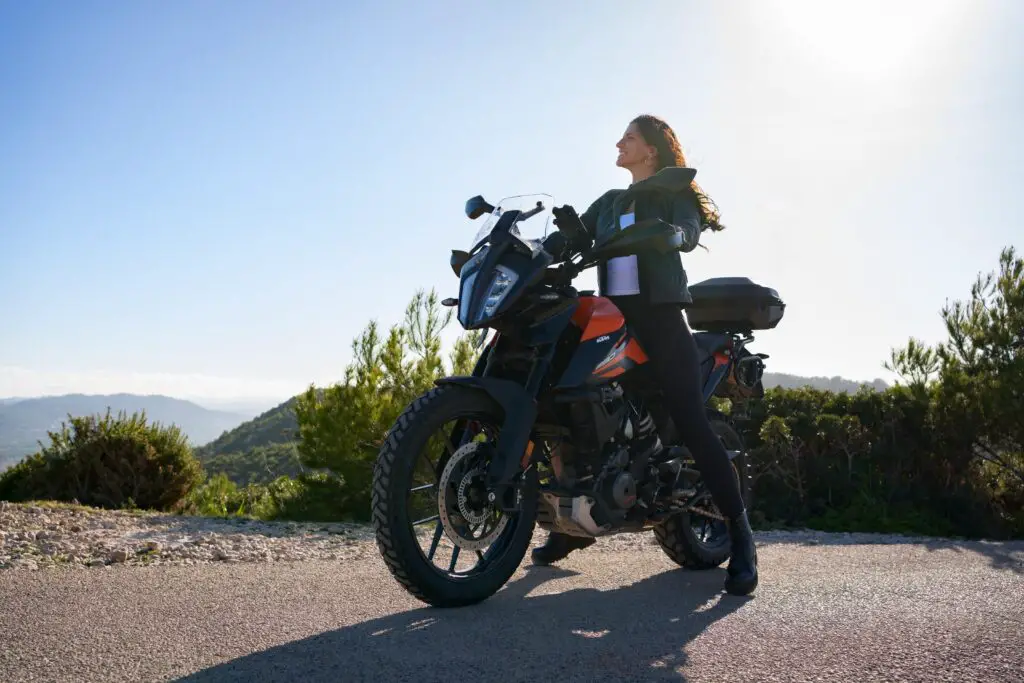
What You Need to Know About Travel on a Motorcycle
There’s nothing quite like the exhilaration of hitting the open road and starting to travel on a motorcycle. The wind in your hair…
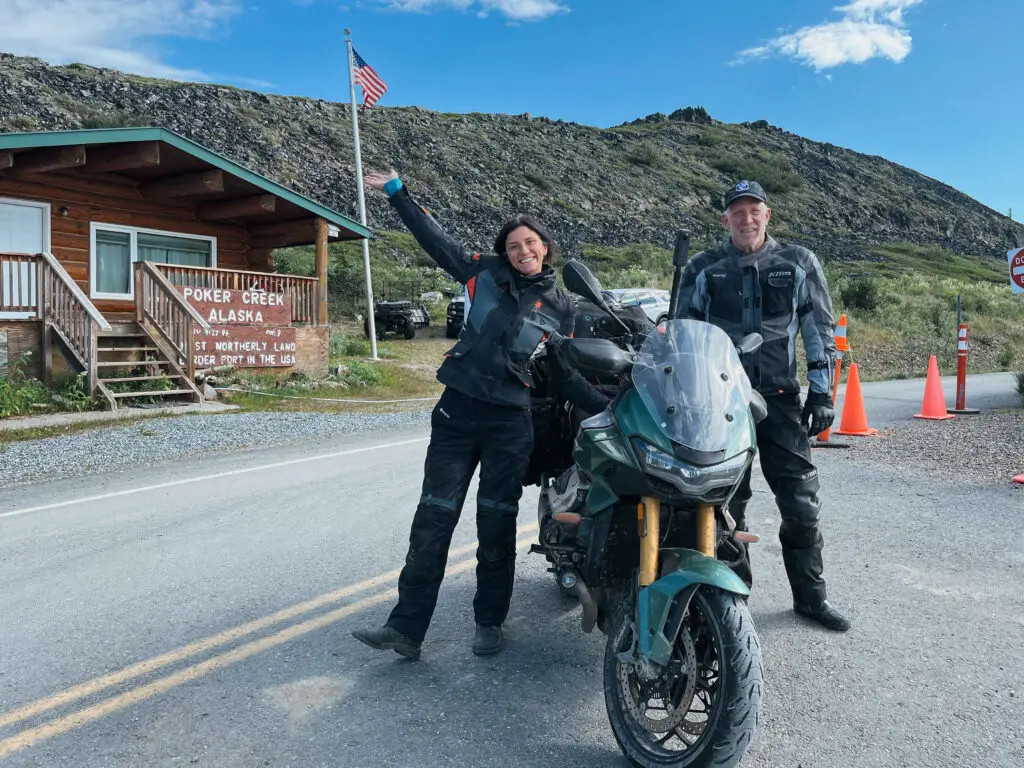
Crossing the border from Canada into Alaska is relatively simple. Usually crossing from Canada into Alaska is very quick and easy. The way back, however, can take ages, depending on the border crossing. You can do a quick Google search to see waiting times at the border.
Once at the border, they’ll ask for your passport, how long you’ll be in the US if you’re Canadian, and if you brought any firearms, bear spray, or other prohibited items into the US. Firearms are allowed when crossing borders, but you have to declare them and present all your documents.
A lot of areas of Alaska are only able to be reached by boat, or at least the fastest way is by boat. The ferries are not that costly for a foot passenger, but there is a heavy price to bring the motorcycle on the boat.
One option for motorcyclists is to drive into Alaska from Canada, but then take a ferry on the way back that goes all the way into Washington. It can be costly but efficient and with great views on the boat!
One ferry I would recommend is going from Whittier to Valdez. You can drive it, but it takes a bit longer and you’re repeating a lot of roads you would be doing anyway.
If you decide to take a ferry, make sure you book in advance, as they do fill up!
Approximate prices for one motorcycle:
- Ketchikan to Bellingham, Washington – $1130 without lodging – 36 hours
- Whittier to Valdez – $188 – 6 hours
Things to consider for your motorcycle trip in Alaska
In Alaska and Northern Canada, you will find a lot of construction. It’s too cold to do it in the winter, so summer is the only time the crews can try to catch up for the remainder of the year. You will find yourself on many roads that desperately need maintenance to be done, and expect delays because of waiting for a pilot car in construction.
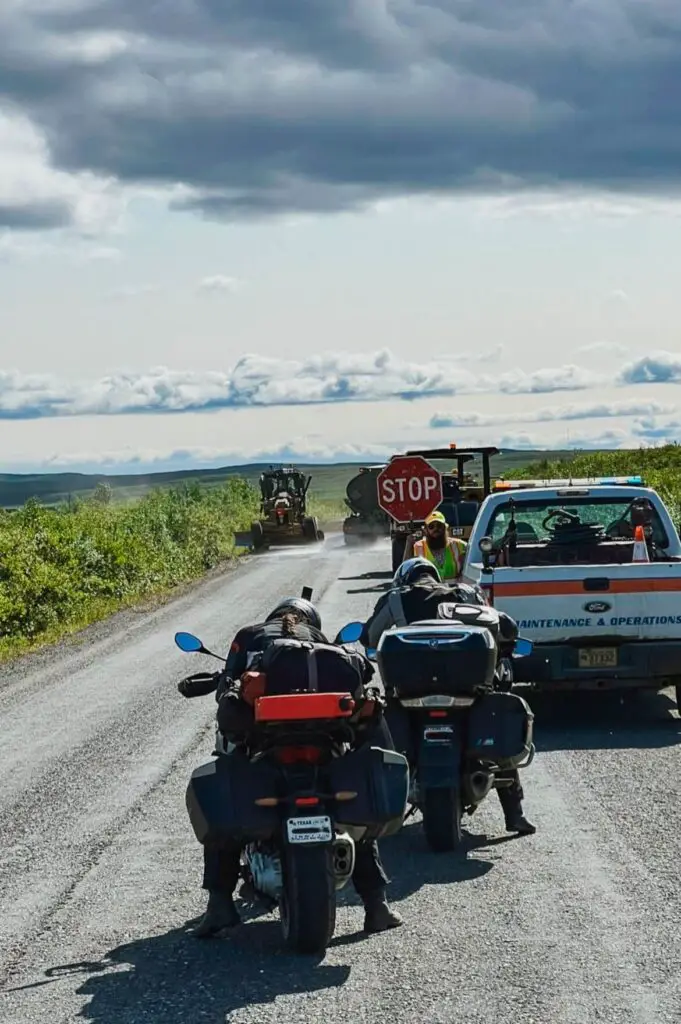
Lodging is pretty expensive compared to the other 48 states. Anchorage and Fairbanks have plenty of lodging options, but outside the major cities you will mostly find cabins, motels, and camping. Unless it’s a really nice, sought after place, you can usually just show up and find lodging once you arrive.
Mosquitoes in Alaska and in Canada are CRAZY. Be sure to pack bug spray and possibly spray your outer gear and base layers with a mosquito repellent. We also had mosquito nets to throw over our heads when needed.
If you go hiking or camping off the grid, you will need bear spray. However, you are not allowed to bring the bear spray from Canada into Alaska, so you’ll have to buy it on the road.
While you can definitely take your street tires to Alaska, you may be limited on where you can go and many of the roads there are riddled with potholes and/or gravel. We were fine on street tires for the most part, but I did have a tire puncture when riding back into Canada. If you want to go up to Prudhoe Bay, you really need tires that can handle a dirt road.
In Alaska, the highest octane rating we saw was 90. Most bikes will work fine, but we were using octane boosters just in case.
Additionally, on the Alaska Highway and other remote areas, it was difficult to find premium fuel. The octane booster is a life saver in these instances.
Approximate prices of fuel on my trip:
@thetejanabiker Average cost to fill up the MotoGuzzi v100 tank on the road trip. All in US Dollars #motorcycleroadtrip #motorcycletravel #bikergirl #motorcyclesoftiktok ♬ Woo × I Was Never – Slowed Reverb – Ishu Music
The biggest cities in Alaska are Anchorage and Fairbanks. At least one of these should have an official dealer for your bike. While we were there, we had to have our oil changed and so we went to a dealer in Anchorage. Here are a few of the bigger motorcycle maintenance shops:
The Motorcycle Shop
944 E 73rd Ave, Anchorage, AK 99518
www.themotorcycleshop.com
Darby’s Performance Machine
3006 Industrial Ave Fairbanks, AK 99701
↓ Planning an Alaska motorcycle road trip? Check out my Google Map of my route, including places to stay, restaurants, and sights to see along the way. ↓
Denali – The famous national park that is an unending wilderness. It’s only open in the summer, as in the winter the temperatures drop far far below zero.
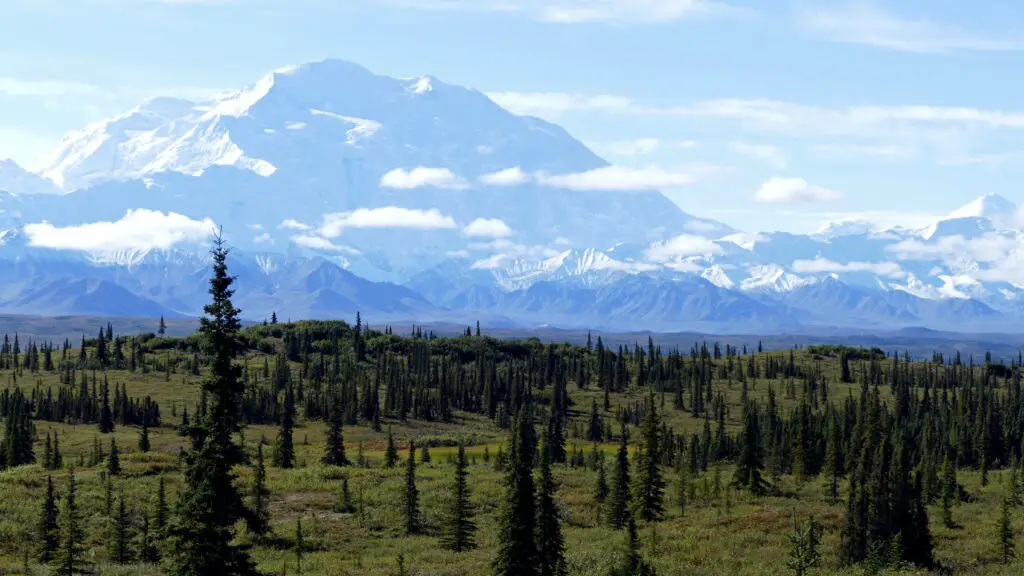
Kenai Peninsula – This southern peninsula has great views of the mountains, the seaside, and key destinations to visit like Seward and Homer. Beware though as it rains A LOT down there!
Anchorage – The biggest city of Alaska is great to visit, especially the shoreside and the Alaska Aviation Museum. It’s also a hub for shops in case you need to stock up on supplies or visit the motorcycle mechanic.
Valdez – This small town was actually my favorite part of the trip! We did an amazing boat tour that took us to a glacier and got some spectacular views.
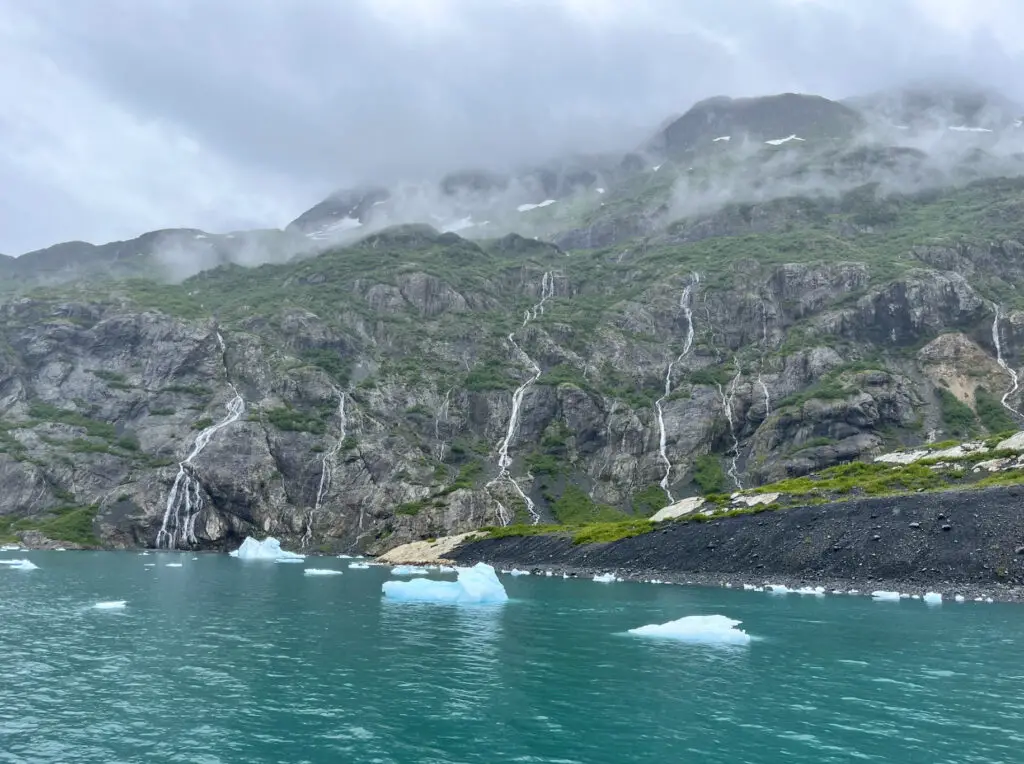
Prudhoe Bay – This destination is on the bucket list for many motorcycle riders, as it’s the gateway to the Arctic. You can take the road to Deadhorse, which is the oil field town on the bay. However, Dalton Highway, the road to reach there, is mostly dirt roads. Make sure you have tires and a bike that can handle it before setting off.
- Denali Highway is a great ride that many people miss when they go through Alaska! I highly recommend going out of your way to do it!
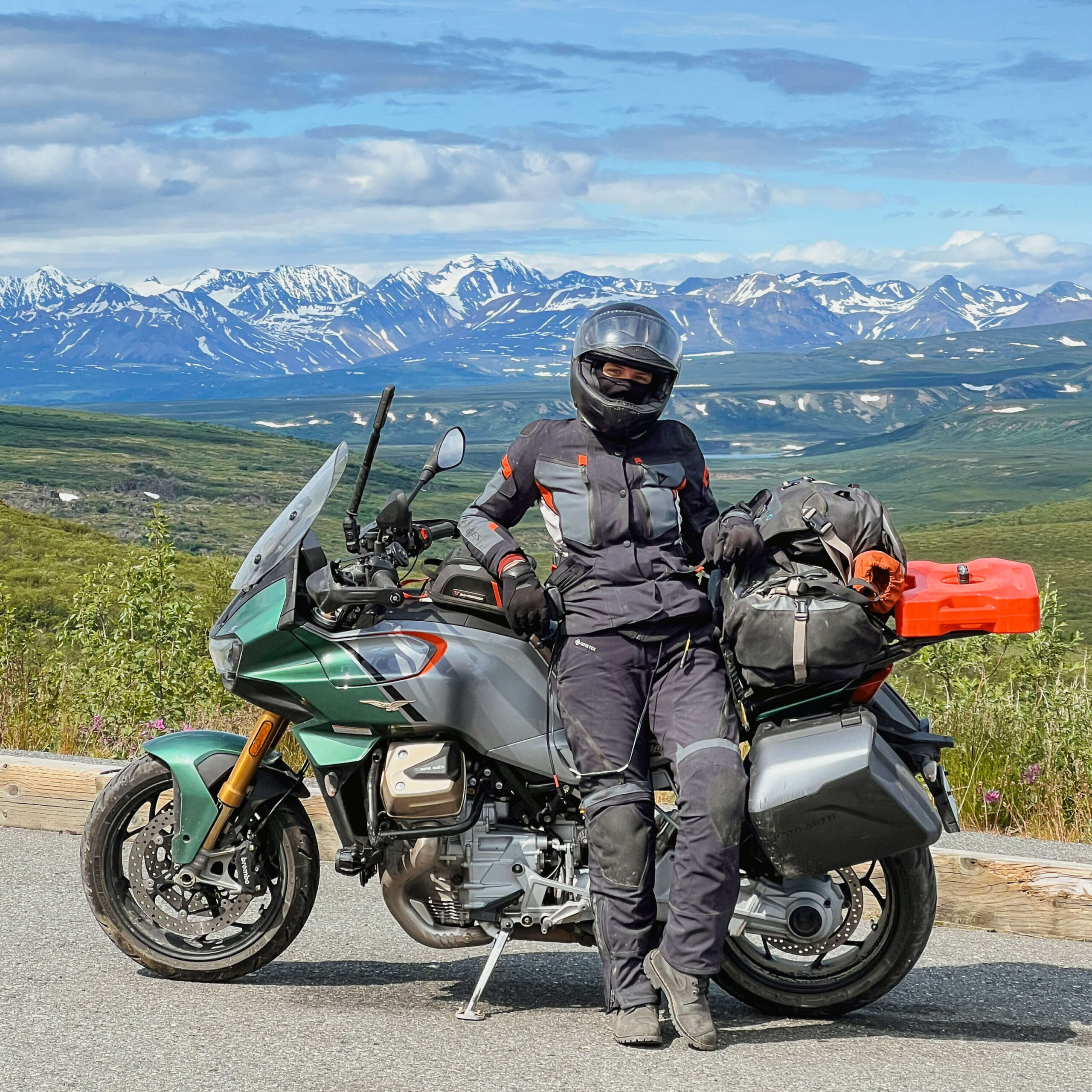
- Extra fuel – For most places you’ll visit in Alaska, you can always find a gas station. However, when going to the more remote areas such as Denali Highway or Prudhoe Bay, it’s smart to carry some extra fuel with you just in case! You can buy fuel cells to put on your bike on Amazon .
- More riding time! – In summer, there are only a few hours of nighttime. There is normal dusk, but it lasts for several hours. Supposedly it gets dark after 12:30 AM and the sun rises at 3 in the morning. I sometimes woke up in the middle of the night though and it was always light outside! If the light bothers you, bring something to block it out, especially when camping.
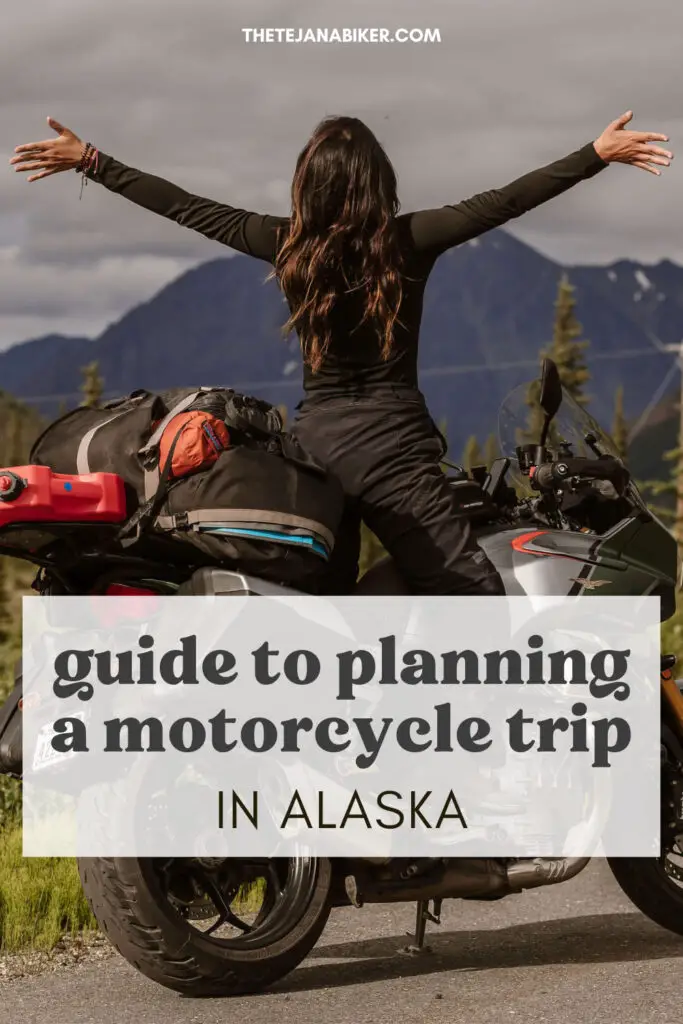
You May Also Like
What you need to know about motorcycling the alaska highway (alcan highway), best motorcycle routes in spain, 10 best starter motorbikes for women.

- Privacy Overview
- Strictly Necessary Cookies
This website uses cookies so that we can provide you with the best user experience possible. Cookie information is stored in your browser and performs functions such as recognising you when you return to our website and helping our team to understand which sections of the website you find most interesting and useful.
Strictly Necessary Cookie should be enabled at all times so that we can save your preferences for cookie settings.
If you disable this cookie, we will not be able to save your preferences. This means that every time you visit this website you will need to enable or disable cookies again.
ALASKA MOTORCYCLE TRIPS - ALASKA MOTORCYCLE RENTAL AND TOURS
1 (907) 764-5464

Alaska Motorcycle Trips- Anchorage Motorcycle Rental
Photo gallery, book your alaska motorcycle trip here, 2024 rental reservations now available.
MOTORCYCLE RENTAL IS EQUIPPED WITH MOSKO MOTO SADDLE BAGS
KTM 790 ADVENTURE
32.5inch/82.5cm SEAT HEIGHT
3 motorcycles available
KTM 790 ADVENTURE R
34.5inch/87.6cm SEAT HEIGHT
2 motorcycles available
KTM 1090 ADVENTURE R
35inch/89cm SEAT HEIGHT
4 motorcycles available
KTM 390 ADVENTURE
31.5 inch/80cm (smallest motorcycle available)
MOSKO reckless bags included, not in photo
2 motorcycles available
KTM 890 ADVENTURE R
34.5 inch/88cm SEAT HEIGHT
MOSKO MOTO Luggage included, not in photo
2024 RESERVATIONS NOW AVAILABLE >> CLICK THE BOOK NOW BUTTON TO CHECK AVAILABILITY
Start your adventure here, check availability >> 2024 season.
- Click the BOOK NOW button, choose motorcycle you’d like to rent then scroll to dates you’d like to rent. Available dates will be green on calander. If dates are not available choose another motorcycle or different date. For questions call 1 907-764-5464
Reserve Your Motorcycle
- $500 deposit required to reserve motorcycle. Fully refundable only for cancellation more than 60 days prior to departure at which time time balance is due.
- $15 day required insurance to be paid separately prior to departure.
- 300 miles per day included .75 cents per mile after.
- Renter must be over 21 years old with current motorcycle license.
RENTAL/TOUR CONTACT FORM
Fill in form or call us in alaska 1+907-764-5464.
This site is protected by reCAPTCHA and the Google Privacy Policy and Terms of Service apply.
We will review your request and get with you as soon as possible.
Alaska Motorcycle Trips - Anchorage, Alaska
7440 Our Own Ln, Anchorage, Alaska 99516, United States
(907) 764-5464
Hours - by Appointment Only
Self guided routes and destinations, 7 day adventure.
Take a ride into the heart of Alaska with this 6 day adventure tour. Explore Wrangle St-Elias Natl. Park and Preserve, Denali Hwy. and a ferry crossing in the pristine waters Prince William Sound....Details (click here)
Day 1: Anchorage-Talkeenta
Day 2: Talkeetna-Denali Hwy
Day 3: Denali Hwy-Copper River
Day 4: Copper River-McCarthy
Day 5: McCarthy rest/explore/excursions
Day 6: McCarthy-Valdez
Day 7: Valdez-Anchorage
Distance - 1025mi / 1650km
8 Day Adventure Tour B
This 8 day Adventure has Denali views and still time explore Kenai Peninsula
Day 1: Anchorage -Talkeetna
Day 3: Denali Hwy-Copper Ctr
Day 4: Copper Ctr-Hope
Day 5: Hope-Seward
Day 6: Seward- rest/explore/excursions
Day 7: Seward-Whittier
Day 8: Whittier-Anchorage
Distance 975mi/1570km
8 Day Hot Springs Adventure
This Hot Sprigs Tour goes deep into the interior of Alaska. rafting, hiking, paddle boarding, and more...Details (click here)
Day 1: Anchorage-Talkeetna
Day 2: Talkeetna-Chena Hot Springs
Day 3: Chena-Manley Hot Springs
Day 4: Manley- rest/explore
Day 5: Manley-Delta Jct.
Day 6: Delta-Cantwell via Denali Hwy
Day 7: Cantwell-Trapper Creek
Day 8: Trapper Creek-ANC
<> CHECK MANLEY HOT SPRINGS FOR CLOSURE
Distance 1,450 mi
Tour D: Dempster Hwy to Tuktoyaktuk Arctic Ocean
Details (click here)
Day 1: Anc-Tok
Day 2: Tok - Dawson City
Day 3: Dawson - Eagle Plains
Day 4: Eagle - Inuvik
Day 5: Inuvik - Arctic Ocean (RT)
Day 6: Inuvik - Eagle Plains
Day 7: Eagle Plns - Dawson
Day 8: Dawson - Nebesna
Day 9: Nebesna - McCarthy
Day 10: McCarthy - (rest /excursions) McCarthy
Day 11: McCarthy - Valdez
Day 12: Valdez - Anchorage
Distance - 2,400 miles / 3862 km
*$750 Arctic Circle surcharge
Tour E: Prudoe Bay
Day 1: Anc-Cantwell
Day 2: Cantwell-Fairbanks
Day 3: Fairbanks-Coldfoot
Day 4: Coldfoot-Deadhorse/Prudoe Bay
Day 5: Prudoe Bay- Coldfoot
Day 6: Coldfoot-Chena Hotsprings Resort
Day 7: Chena-Denali Hwy.
Day 8: Denali Hwy-Talkeetna
Day 9: Talkeetna-Anchorage
Distance - 1,875 miles / 3020 km
customer video
Alaska Motorcycle Trips exclusively rents KTM motorcycles for your wilderness adventure. for bmw motorcycle rentals in Alaska visit. Alaska Motorcycle Adventures. Motoquest, or ak riders. Ayres Adventures, twisted road, Edelweiss, are not located in Alaska.
Copyright © 2023 Alaska Motorcycle Trips, Adventure Motorcycle Rentals - All Rights Reserved.
Powered by GoDaddy
- Privacy Policy
- Terms and Conditions
For a motorcyclist, this is the perfect Pacific Northwest road trip
Full-time adventurer Tim Burke explores the upper-left corner of the U.S. on two wheels
By Tim Burke
Start: Seattle, WA
End: Mount Rainier, WA
Total distance: 1,100 miles
If you only had seven days to cram in as much epic motorcycle traveling as possible, where would you start? I did what any reasonable person would do; I didn’t settle for just seven days. I quit my job, sold my things, and left Seattle to travel the entire world by motorcycle.
Eighteen months later, I’ve covered almost 75,000 miles across four continents and 53 countries. I almost hit a camel in Morocco, and gang members shoved guns in my face in Brazil. What a long, strange trip it’s been.
Even with all I’ve been privileged to see in the past year and a half, I still look back on my old stomping grounds with fond memories. The Pacific Northwest (PNW) is a motorcyclist’s playground.
So here it is: The ultimate seven-day journey through the upper-left corner of the United States.
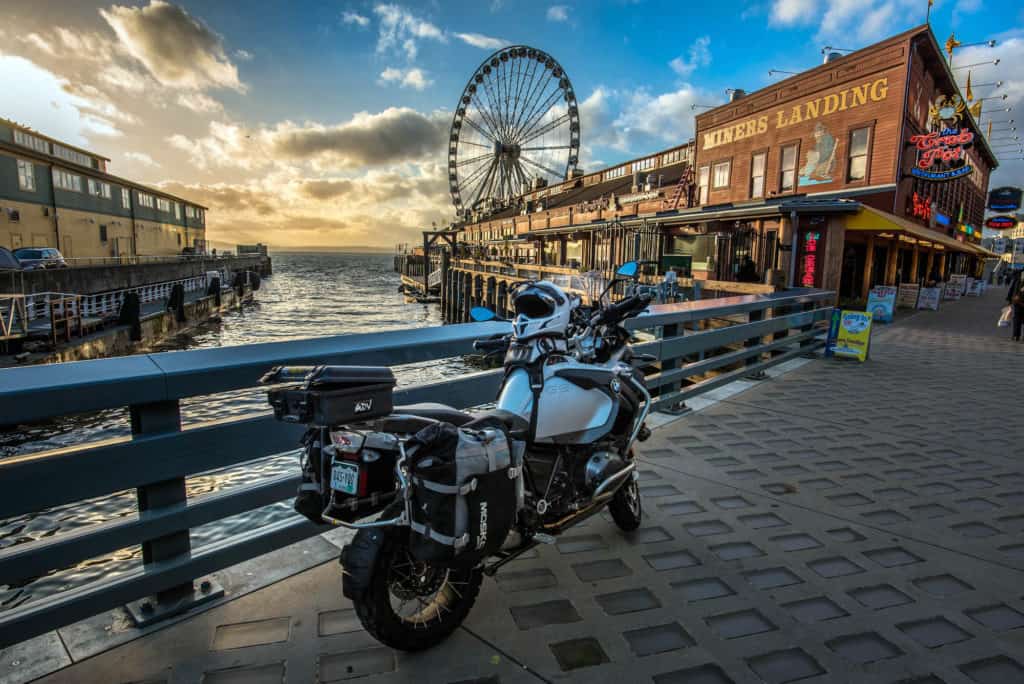
Stop 1: Seattle, Washington
Seattle is a great starting (or stopover) point for any motorcycle journey in the PNW. While we often ride to get away from, or avoid, the hustle and bustle of city life, this city is worth making an exception for. As with most big cities, traffic is a problem here. While Seattle undergoes one of the biggest construction projects in the nation—burying one of its main arteries 200 feet below ground—and Interstate 5 being a rush-hour parking lot, it’s still well worth the visit.
Seattle is home to one of the best craft-beer scenes in the entire country. There are more than 150 microbreweries scattered across the city, which makes it a beer connoisseur’s dream.
Seattle’s vibrant music and entertainment scene made a name for itself in the 1990s, giving rise to bands like Pearl Jam, Soundgarden, and Nirvana. While its heyday may have been more than 20 years ago, it’s still alive and kicking today.
In addition to the Space Needle and Pike Place, its lively farmers’ markets and hundreds of parks will keep you busy while your bike is on its kickstand. For a big city, it’s got personality.
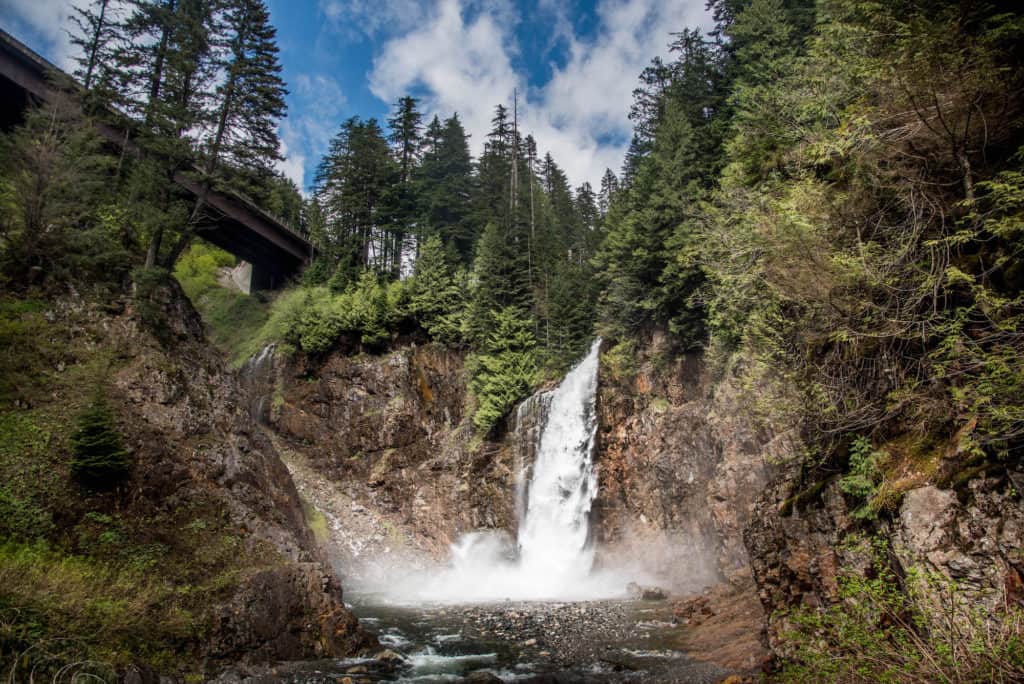
Stop 2: The Cascades
With warm summers and daylight that stretches well past 10 p.m. during the height of summer, outdoor-life is unbeatable here in the PNW. Once you get your fill of seafood, beer, and city life, the motorcycling and scenery of the Cascades that lie beyond is incredible.
Just 30 minutes outside of the city, yet far enough away to make you feel that you’ve escaped urbanism, is Snoqualmie Falls. The river plummets 261 feet down a rock face and into an explosion of mist below.
The mist rises hundreds of feet into the air and offers natural air-conditioning on hot days. Just 20 minutes further up Interstate 90, toward Snoqualmie Pass, is Franklin Falls.
The Cascade Mountains, from Oregon to the Canadian border, are jam-packed with these waterfalls, gravel roads, and stunning mountain passes. With limited time though, the Olympic Peninsula is next on the list.
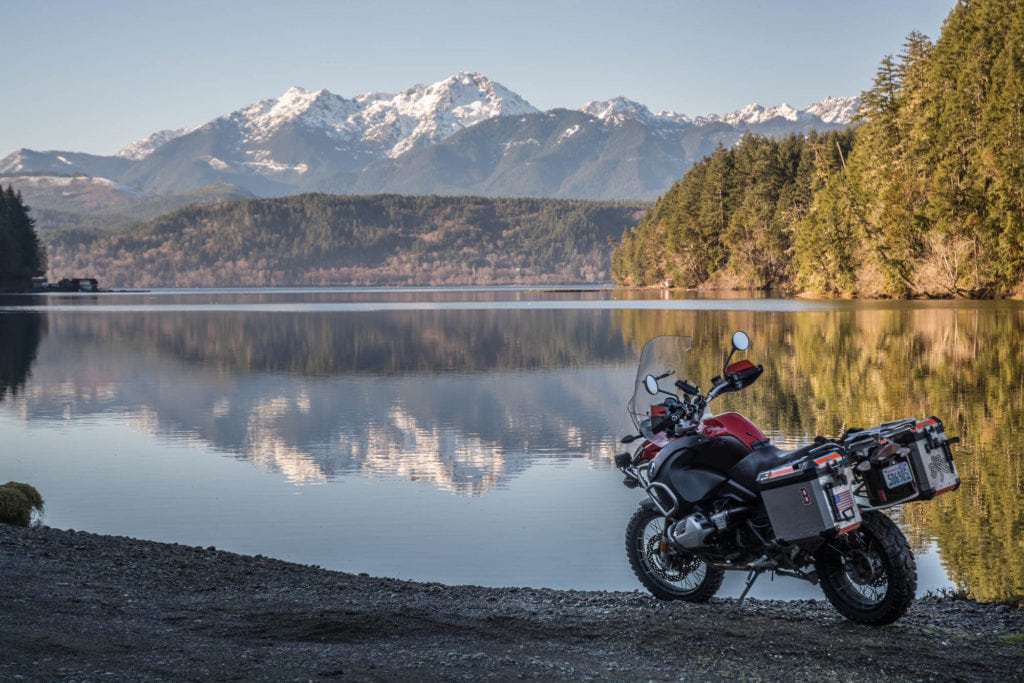
Stop 3: The Olympics
The Olympics are impressive from 30 miles away. But up close and personal, they’re even better.
From mainland Washington, you’ll board one of Washington’s 23 ferries and sail across Puget Sound. The Washington state ferry system is one of my favorite aspects of this area.The drive-on/drive-off ships are affordable and link sections of land that are otherwise hours apart.
If the weather is decent, do not sit inside: Stand outside and keep your eyes open for orca, humpback, and gray whales in the water. Life slows down once on the Olympic Peninsula. You’ll know what I mean once you’re there.
One of my favorite roads wraps along the edges of Lake Crescent on the northern end of the Peninsula. Take in the sights of alpine mountains dipping their toes into the icy waters of the lakes and the sea.
As you push further west toward the Pacific Ocean, you’ll pass through small villages, seemingly sustained only by the logging and forestry industries. The Pacific side of the Olympics is one of the most desolate stretches of coastline available in the United States.
Far separated from any big city, it’s easy to disconnect from stress. And better still, there is no shortage of camping opportunities along the coast.
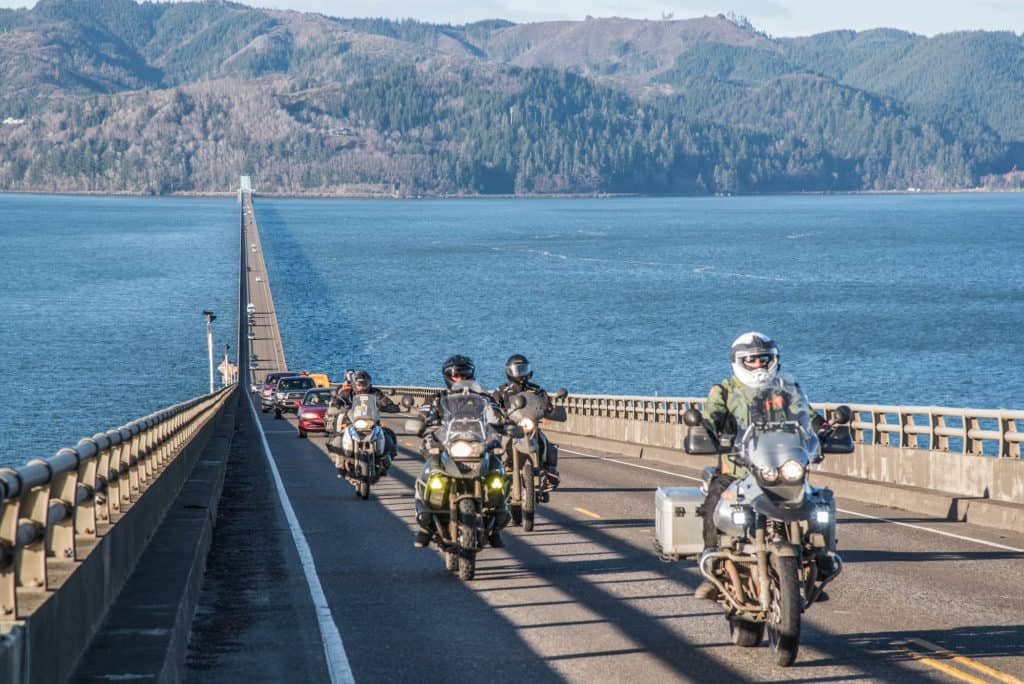
Stop 4: Astoria, Oregon
Each mile of southbound progress brings you closer to the Oregon border.
The massive and looming Astoria-Megler Bridge is 4.1 miles long and carries you across the width of the Columbia River and into Oregon.
Astoria, Oregon—you may recognize it from the movie “The Goonies”—is one of my favorite cities on the west coast. Once you arrive in this picturesque town, with its collection of craft breweries and restaurants, you’ll realize why.
This area’s hidden gem—an absolute must-see—is outside the city limits. Just south of the mouth of the mighty Columbia River lies Clatsop Split. The most epic part isn’t riding the shoreline at sunset, however.
It’s the wreck of the Peter Iredale , a ship that was run ashore during a massive storm in the 1900s. More than 100 years later, its remains are still part of this Pacific landscape. There’s just something special about this one. Trust me, don’t miss it.
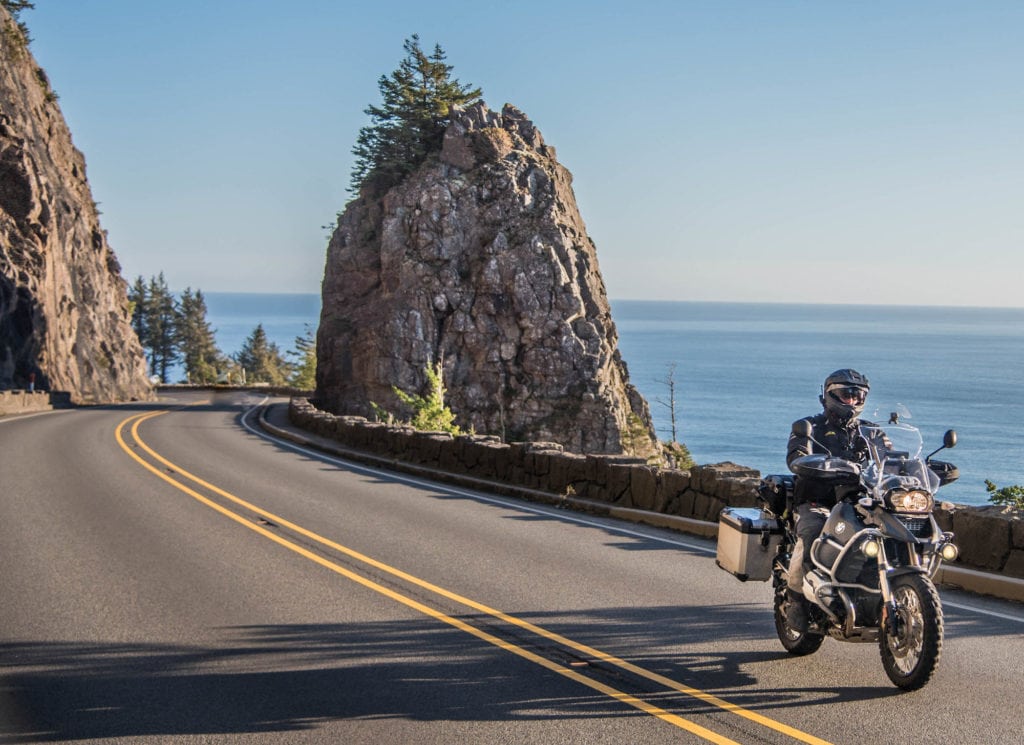
Stop 5: Oregon Coast
Officially on the Pacific Coast Highway (PCH), consider yourself on one of the most iconic coastal routes on the continent. If you’re willing, you can follow the PCH all the way to the Mexican border. The Oregon Coast is simply magical. In my opinion, its lower traffic levels and quieter feel make it the best part of the the entire PCH.
As you weave your way past rocky coves and small fishing villages, on roads that seem to barely cling onto cliff sides, it will be hard to not pull over and take pictures every five minutes. Be sure to stop at the famous Tillamook Cheese Factory on your way past for a few free samples.
Continue down the highway to Newport, Oregon , which lies at the mouth of the Rogue River, and is the perfect spot for lunch.
One of my favorite off-the-track spots along the Oregon coast is called Thor’s Well . It’s a natural rock formation that sits just slightly higher than sea level. When the water level is just right, water washes over the rocks, drains into the “well,” and provides the effect of a bottomless hole.
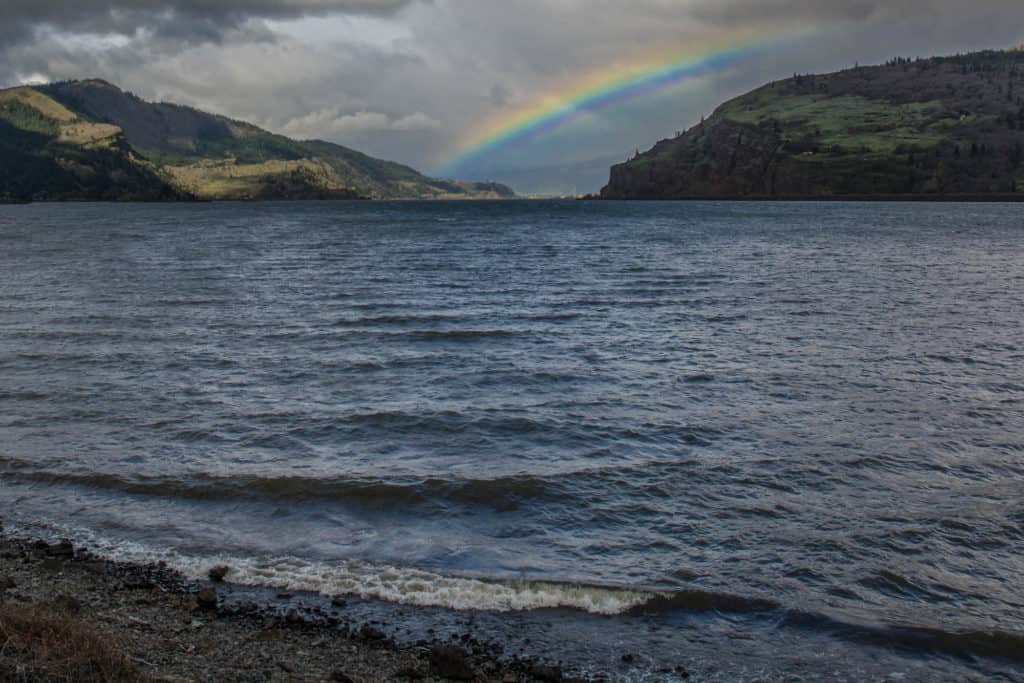
Stop 6: Columbia River Gorge
With that daunting work week looming ahead and only a few days left to close the road trip loop, make your way across Oregon’s coastal mountain range on any number of twisty two-lane roads. Head toward Oregon’s largest recreational playground, the Columbia River Gorge.
The Gorge stretches over 80 miles through valleys of canyons filled with wildflowers. With Mount Hood’s year-round skiing, the river’s consistent winds for kitesurfing, endless hiking, and a maze of dirt roads through National Forests on both sides of the Gorge, you can spend a lifetime exploring here.
Since that time requirement isn’t realistic for most of us, I will suggest the Rowena Plateau as a “must-see” for any motorcyclist. The curvy road climbs up the steep cliffs of the valley, offering an incredible view of the entire Gorge from the top.
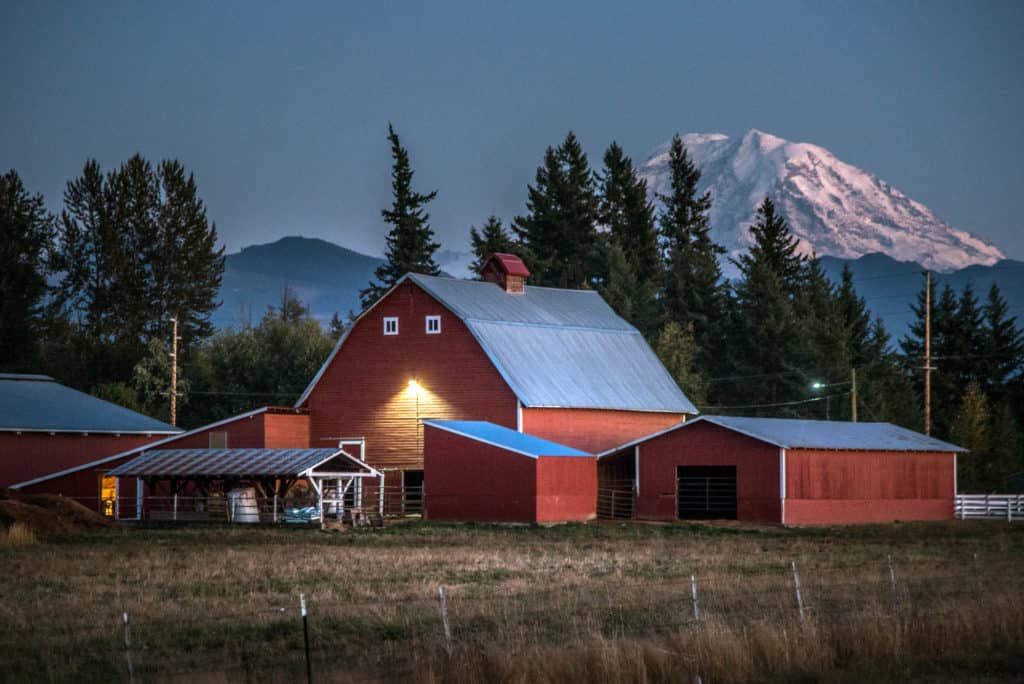
Stop 7: Mount Rainier
Mount Rainier is as iconic to the Pacific Northwest as the Eiffel Tower is to Paris. The glaciated summit climbs 14,410 feet (4392 m) out of the earth’s crust and looms high above the surrounding lands.
Surrounded by gravel forest service roads, single track trails, a number of paved mountain passes, and a few lookout points within the National Park, there is something for every kind of motorcyclist here. Day or night, Mount Rainier does not disappoint.
A few worthwhile “pins” to add to your maps for exploring the Mt. Rainier area include Chinook Pass on Washington State Route 410 (5,430 ft / 1,655 m); Tipsoo Lake; Paradise and Stevens Canyon Road; and the Sunrise Visitor Center (6400 ft / 1950 m).
In addition to these attractions, almost limitless camping options exist in the lush forests surrounding the volcano.
Meet the Author
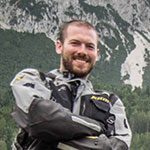
Almost two years ago, Tim quit his job in the aviation industry. He sold most of his belongings and hit the road in a mission to see the world via motorcycle. Since then, he’s traveled through 53 countries and covered over 75,000 miles. To track his travels in real-time, follow along on his social media channels below.
- Related Articles
- Latest Articles
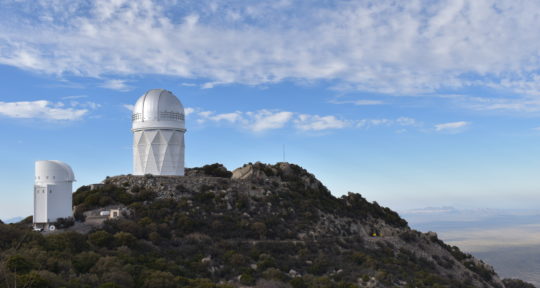
High highs and low lows: Just outside of Tucson, there are numerous opportunities to explore the true depths of the state
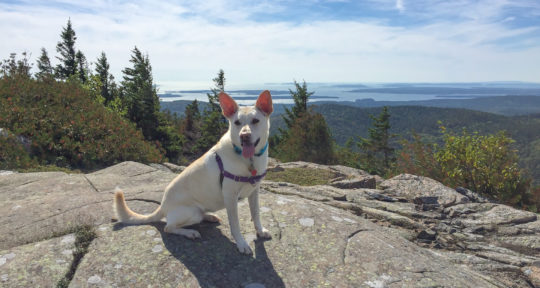
Have dog, will travel: Finding canine-friendly campsites isn’t as easy as you might expect
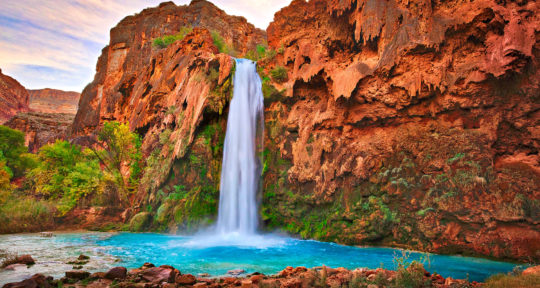
Your ultimate guide to the jaw-dropping waterfalls of Havasupai
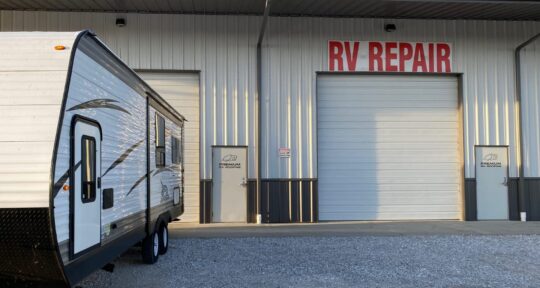
What to Expect When Replacing Your RV Roof

Staying connected on the road: A guide to RV WiFi
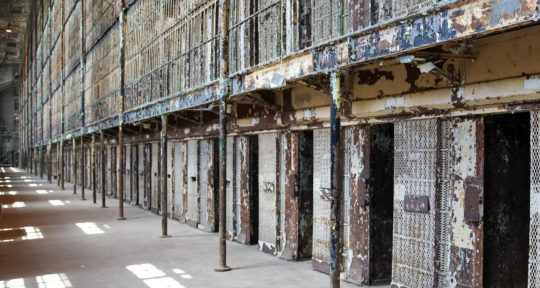
30 years after ‘Shawshank Redemption,’ fans still flock to the Ohio State Reformatory
Get the most inspiring stories from the road sent directly to your inbox..

- Trip guides
- Voices from the Road
- Destinations
- Trip Planner
- Sign up Log in Sign out
- Log in Sign out
- ROADTRIPPERS MEMBERSHIP
Plan your journey, find amazing places, and take fascinating detours with our app.
We couldn't find an existing Roadtrippers account using that service. Please try signing in with another option or create a new account with Roadpass.
We need your email address to send you trip itineraries and other updates.

EagleRider Offering New Motorcycle Tours in Alaska
EagleRider is now offering several tour options that run between Seattle, Anchorage, Fairbanks, Denali, the Al-Can Highway, and many other epic destinations.
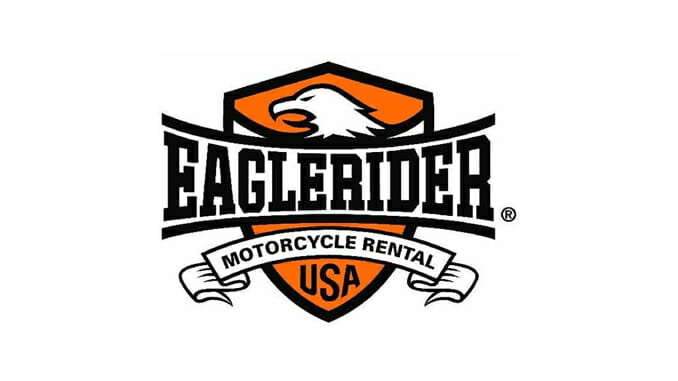
This is a press release from EagleRider…
Los Angeles, CA (February 12, 2020) – Since 1992, EagleRider Motorcycle Rentals and tours has been expanding to iconic riding destinations throughout the USA. With over 150 rental locations, and several hundred guided and self-guided tour options, there was still one frontier that EagleRider had yet to conquer, Alaska. But wait no longer. EagleRider is now offering several tour options that run between Seattle, Anchorage, Fairbanks, Denali, the Al-Can Highway, and many other epic destinations.
With Yamaha, KTM, BMW and Harley-Davidson motorcycles available, there is an adventure that appeals to every rider. Riders can choose from rental and tour itineraries that include one-way options between Seattle and Anchorage in either direction, or they can fly directly to Anchorage and spend as much time as they like taking in everything Alaska has to offer on two wheels.
“I’ve been just about everywhere you can dream to ride a motorcycle in North America, and I can tell you that there are very few places, if any, that can touch Alaska when it comes to jaw-dropping vistas, wildlife sightings, and endless miles with the kind of liberation that can only be found on two wheels,” says Shawn Fechter, EagleRider’s Vice President of Brand Experience who has been crafting tours across every corner of North American for the past twenty years.
“Alaska is about an unfiltered riding experience as you can still get in 2020. I’ve never been on a bike any place where I instantly felt more connected to the landscape, the history, and the locals than in Alaska,” continued Fechter.
To see details on EagleRider’s Alaska Riding Adventures and Tours, visit https://www.eaglerider.com/guided-motorcycle-tours?q=alaska
Click here for more Press Releases on Cycle News .
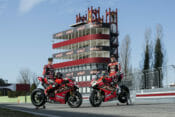
Aruba.it Ducati WorldSBK Livery Revealed
Snowbum's BMW Motorcycle Repair & Information Website
The ads above are Google-sponsored. Clicking at every visit, and, especially, clicking on something INSIDE an advertisement, ... is appreciated!
Motorcycling to Alaska.... Description, help, hints, details, routing(s), etc. No hyperbole. No wild stories.
https://bmwmotorcycletech.info/alaska.htm 39D
© Copyright 2020, R. Fleischer
This is not a typical travel article. It is not primarily about what to see & do, mileage between points, nor sight-seeing along the way. Yes, there is a bit of all that. This article is, instead, about things you really need to know, well ahead of leaving on your proposed trip. I do give some route planning and ideas for those living, as I do, in the far western USA... and, I have links you will find interesting and informative. You may particularly like to read the link in my Addendum 2, at the end of this long article. The archives of the Airheads LIST, for 11/27/2019 (or, maybe it was 11/28/2019) onwards for a day or three, may be of interest, as they are specifically, more or less, about Airhead riders going to Alaska.
Motorcycling to Alaska means, in this article you are reading: .... either riding through Canada to Alaska; or, taking a ferry boat ride on the Inland Passage with your bike (in one or both directions) to reduce your time on the road.
There is another reason besides reducing time or miles for possibly taking the ferry; many think it was one of the highlights of their trip. I'm not one of them ...perhaps because I have never used the Inland Passage Ferry Service. You might want to. That does not mean I am recommending everyone does ...or does not. I've had conversations with some who did did, & almost all enjoyed it a lot, and others would rather have biked all the way (but did not want to spend the extra time), & there are other comments I have received, none were very negative. I am not trying to discourage you from using the Ferry Service, and, as I said, quite a few folks have told me that it was one of the highlights of their trip. You don't have to use it in both directions either. If you have the time, I suggest you at least consider doing the entire trip by motorcycle, sans ferries. The best experience, for a trip from the lower 48 to Alaska, is when you have enough time, even a surplus of time, & no worries. This means a month+ being available. However, a satisfactory tour can be done in 3 weeks. The bare minimum would be 2 weeks using the Ferry Service. I am undecided whether to specifically recommend taking the ferry, certainly taking the ferry in one direction is a strong option.
A fair amount of this article comes from printed instructions & information hand-outs that I gave to riders who went on my trips north. Usually there were 9 to 12 single-spaced printed pages in the hand-out. In mid-2013 I decided it would be nice to consolidate much of that information & post it on my website. I did some updating. I also solicited comments in mid-2013 on the Airheads & K-bmw lists, & I incorporated a dozen or so short snipped comments, with considerable editing. The comments were helpful as I could not remember everything; although my hand-outs were certainly overly-anal at the time & probably still are. I did not give the folks who provided commentary written credit in this article as I normally would, as I heavily modified & edited their information. The bulk of the material in this article is from my trips. I would love to have reports, comments, and critique....of this article.
Many have no idea how large Alaska is, & how long the 'tail' of Alaska is. Some don't even know Alaska has a 'tail'. It comes roughly halfway southward down the west side of British Columbia. I suggest you look at a map on the Internet, or get a paper map of Western Canada and "Alaska". You may be surprised.
Many motorcyclists go to Alaska; quite a few have come long distances, even from Florida, and some come from Mexico, South America, etc. Traveling to Alaska is no longer the extreme trip it was quite a few decades ago.
ONE-WAY DISTANCES IN MILES, WITHOUT SIDE-TRIPS :
From my house in South Lake Tahoe, California, to Coldfoot, Alaska, by ~ the fewest miles route: 3208 miles.
From my house to (or from!) Coldfoot, Alaska, by my Easterly route; this route was sometimes used by me and my fellow riders: 3822 miles.
There can be solid reasons to go to Alaska by the Western route, & return by the Eastern route. One strong reason for this might be that you want to use the Going-To-The-Sun highway through Glacier National Park. That highway is often closed until well into Summer, due to massive amounts of snow ....so returning through Glacier is less iffy, slightly later in the season.
Los Angeles to Seattle; mostly 4-lane Interstate Highway; 1140 miles. Seattle to Hyder: 990 miles. Seattle to Fairbanks; mostly two-lane, minimal shoulder; 2,150 miles. Miami to Deadhorse/Prudhoe Bay: 5,350 miles. Anchorage to Deadhorse: 852 miles ....and another dozen miles to Prudhoe Bay. Vancouver to Whitehorse YT: 1,722 miles.
Time available for a tour is often limited by the need to attend to such as your job & other responsibilities. The more time you have available, the nicer your trip will be. That is important!! Think about it a number of times. Trying to do an Alaskan trip in two weeks is likely only for those whose primary interest in the trip may be to brag. You would have hardly time to stop to enjoy the scenery, the people you can meet, the special places, etc. You might well want to use the Inland Ferry service.
For those who went with me on my various trips (7)(4 were only formal tours I led), I was careful to not allow certain types of people to come along. One of those 'types' was the go-go Iron-Butt type that insisted on huge miles every single day. I wanted our group to stop for a day or two, here & there, including being able to do a bit of fishing (fishing in BC, etc., is generally outrageously good), meet people, take in local sights & local's knowledge about things. A local's knowledge may bring about interesting places to go/see/do. There was always many new things going on or to see, on each trip.
Camping all the time is not all that pleasurable to many, so, now & then we'd all use a 'motel'; or whatever accommodations we decided to use, instead of camping. Hot showers can be had in some camping areas, but motels/hotels always have them!
I used to say, before I got sick, that if I go on another Alaskan trip, I wanted to take 5 weeks to two months. That will be much too long for many of you. Perhaps you'd like to go to Alaska, maybe you are already in the planning stages but you can only go for 2 weeks. Perhaps if you wait another year, you can go for 5 weeks, that is what I advise ...but make certain you don't find any reasons, then, to not go! I long ago decided that since others talk highly of using the Inland Passage Ferry System, that is what I would do, at least on the going-to, portion of my next Alaska trip...but, circumstances change...and that 'next' trip never happened.
What type of motorcycle to use is often discussed by those thinking of, or actually planning, an Alaskan trip. Every sort of motorcycle from large touring bikes to small scooters have made the trip. So you think you need a big bike for the trip? How about an article from quite some time ago, nearly 12,000 miles on a Moped. Yes, this would be extreme. http://mopedtrip.com/intro/index.html .
BMW RT's, RS's, GS's, and even R60/2 and single engine BMW's have done the trip. The roads are vastly better now than in the sixties when I did my first trip . Some of the roads have been improved every year. Roads are generally no problem anymore. Maybe I should qualify that .....if you plan to go to Inuvik in the rainy season (a poor idea, but doable). The last "group" tour I did had some route disagreements between folks; and, I've had no desire since then to do more "group" tours. Since my last group trip (1997), I have preferred to make 100.00% of my own decisions without the bother of "committees", regarding routes, pace, speed, type of riding, etc. I also prefer to no longer have leadership role responsibility for others. I have one particular friend, an excellent rider, including off-road riding abilities, that I intended to ride with, just us and our bikes ....unless I ran out of life and energy.
You may find or have 1 or 2 riding buddies, & you all have similar or otherwise compatible habits. That can be very good, so I am not saying do not ride with others. I get deeper into this groups subject later in this article. I will say that as 'your group' gets over 4 people, there is likely to be increasing problems. On one of my trips there were 7 of us, which was 3 too many, as it turned-out.
Because of the distances & large loads typically carried, I suggest a minimum 500 cc motorcycle in very good condition, fully serviced, with no problems, & with almost brand-new tires. You do NOT need a GS or G/S or other off-road bike unless you seriously plan to go way off road, perhaps in wet slimy slippery deep problem roads. If you take your bike to a shop for pre-trip preparation, I suggest you double check everything they do, make sure it is done, & done correctly. DO NOT take this advice lightly! THIS ADVICE APPLIES NO MATTER THE SHOP'S REPUTATION AND ANY PRIOR EXPERIENCE WITH THAT SHOP. I also recommend that you take several rides after any service work, to be sure everything is correct, right down to adjustment of pedals & footrests. Be sure that the motorcycle is really mechanically ready for a major trip, and, that you can pack things properly. Consider how to pack and tie-on your gear long before the morning you leave for Alaska!
Touring tires are OK, but mixed-use tires are better. You can do fine on tires that are rated for "mostly" paved-roads. I do NOT recommend serious off-road tires (knobbies) as they wear out much too fast, & most are not good at load carrying. They are NOT likely needed on your trip, which is likely to be on PAVED roads, with some stretches of hard pack & gravel (the surface of the Haul Road and some others do eat tires rather fast). Of those roads that are not paved, they are likely solidly hard-packed. You can expect some gravel stretches, but mostly solid and you can make good time on them. Expect lots of chip-sealed roads that eat tires fairly rapidly, compared to the smooth Lower 48 roads. Tires are discussed by brands & models in a different article on this website: https://bmwmotorcycletech.info/section5.htm. Some so-called Enduro tires do particularly well for an Alaskan trip. Don't skimp on quality. Tires that have an accepted ability to deliver fairly high mileage are a good idea . Whether or not to carry extra tires is something to consider; many do, many do not. Some ship a set of tires to a convenient place along the route, perhaps Fairbanks. Some do not need to change tires. I find carrying tires to be quite a bother. I never did. If you select your tires carefully, you may well be able to do the entire trip on one set. But, it is unlikely if you come, say, from Miami. Many have arranged to install new tires at some convenient place before entering Canada, or actually in Canada. Just keep in the back of your mind that tires wear out; and, they wear out faster on the Haul Road.
How NOT to pack:
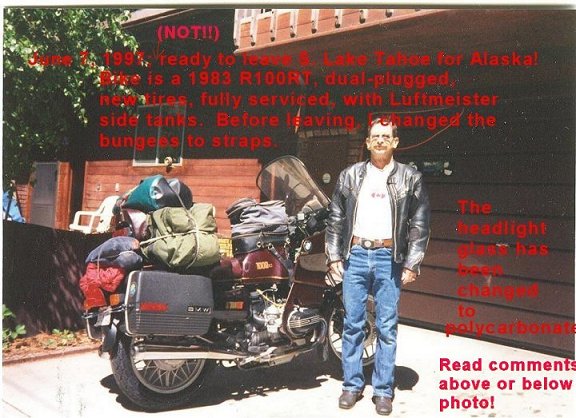
This photo, or similar much earlier versions, were included in my 'packets' for those going on tours with me (from the second tour with others, having learned that folks paid little attention to my WORDS, earlier). This was done to show HOW NOT TO PACK your motorcycle, and HOW NOT TO DRESS. The photo shows me with POORLY SELECTED riding clothes. I wore my usual long distance touring clothes when I left, NOT the clothes shown here! Does this mean you must have an Aerostich outfit, or BMW outfit: NO! ...in fact I don't own such fancy touring clothes. In the above photo, bungees are shown holding the various luggage items, which were NOT used on the actual trip, although I carried a few bungees & some parachute cord. The not-recommended bungees in the above photo were exchanged for high quality straps before departure. The use of quality straps are far more secure against loss , create less height; & are not nearly so messy for anything on the rear rack (rack is invisible in the photo).
The license plate can't be read in the above photo, but I was an active civilian and military pilot, & it was IFLYU2.
Notice the bungee at the REAR of the bags, that go from tour bag to tour bag . There is a similar one on top, between both Tour Bag's top area of the innermost sections. The purpose is to make sure a bag can not fly off & be lost, and, to give a bit of added support to help avoid bag mounts cracking . I did use bungees for that purpose in the nineties, not straps, because my straps would not fit the bungee-buddies mounted to the saddlebags. These days, I might do the same; or, better, use very thin stranded steel cables with a tiny size of carabiner ends with tension adjusters. Some might use belt strapping mounts.
Many folks carry excessively large luggage loads; this is certainly shown in my photo, above. I spent a lot of time condensing my gear, so the above did not happen, ...because the more the size of the load grows, the more it affects bike handling; & there is a tendency for large multiple piece loads to 're-arrange' themselves on a long trip. You also need to consider weight. Use of lighter weight back-packing gear, selected carefully for ruggedness and purpose, is a very good idea!
My motorcycle in the photograph has a Day-Long brand of saddle; dual-plugging, side-tanks, oversize rear tire (120), & a custom-made headlight cover of high impact plastic that replaced the factory tunnel-glass. There is a headlight modulator and extra rear lamps. The side-tanks give 2 extra gallons, total. A 110 size rear tire would be a slightly better choice for ease in repairing flats, and I did change to that size on all later trips. A hard-to-see modification on my bike is to the rear fender, making wheel removals much easier. Those who have Monoshock or Paralever BMW's will have an easier time & tire repairs to tubeless tires are easier. Some have used tubeless tires withOUT tubes, in tube-type Snowflake wheels. There is an article on that subject on this website: https://bmwmotorcycletech.info/section6.htm . The stock tire for this bike is a 4.00, which is also perfectly OK. You do NOT have to have dual-plugging, nor side-tanks, nor oversize tires. Some have used metal guards over the headlight. I prefer a fitting polycarbonate piece that replaces the stock glass. Almost all of my fellow riders to Alaska have had fairings & windshields, some few just windshields or fly-screens. Some use rear trunks. Do not overload the bike, & do not have excessive rear weight!
The tank-bag (I am fond of large tank-bags) is a personal favorite, the BMW Multivario. I put some of my heavier items in the tank-bag. I also have paid attention to the possibility of the tank bag touching the stock emergency kill switch in tight turns. Note the Airheads belt buckle, the ventilated black leather jacket, jeans, etc. I am old-fashioned in many ways, & have never liked pricey fancy riding suits (I am also cheep) ...but the clothing as shown is not the best for an Alaskan trip. If you can afford it, a proper 1 piece waterproof, or highly water resistant riding suit is an excellent choice!
Border Crossing Requirements : This is VERY likely to change over time. DO NOT use this section without checking for the latest information!
Crossing the border is more complicated than it used to be. For U.S. Citizens, as as far as I know, you will need a Passport, or an 'Enhanced' drivers license or 'Enhanced' I.D. card. Some States offer these for a low fee, check with your local department of motor vehicles. If you are not a U.S. Citizen, you may need a Visa, unless you are Canadian-born. If you are bringing someone under 16 years old with you, they need real proof of citizenship. Be sure to check several sources, but particularly your State's motor vehicle department, for the rules, costs, etc. As of early 2016, this is the list of where the enhanced document, called EDL/ID, is available: Washington State; Michigan; Minnesota; New York; British Columbia; Manitoba; Vermont; Ontario; Quebec.
Persons with a felony conviction may be denied entrance into Canada. If you have been convicted of some non-felony crimes in the United States it may be considered a felony in Canada. A Driving While Intoxicated conviction (D.W.I.) (in the USA this is often called a DUI, Driving Under the Influence) is considered a felony in Canada. Visit http://www.cic.gc.ca/english/visit/index.asp for more information.
Border crossing (and return, in some instances) has changed at irregular intervals. For an example, here is information provided as of July, 2015: If you are staying on the ground, a border card from the State Department will do. If you get injured or have a major medical problem and need to fly, you need a US Passport. Yes, that does, if you think about it a bit, seem strange. You should consider having both. If you have a DWI/DUI arrest you most likely are not going to get into Canada; & if you pay the $$$$ it costs to enable going to Canada, you are not going to drive. The border authorities do not like short guns nor switchblades. Long guns cost $50, each. There is a way to get handguns through, but you have to get it approved by RCMP in Ottawa & every Provence you will be going through. My advice: LEAVE YOUR GUNS AT HOME.
While most travelers never have problems besides maybe a surly customs/border person (on the USA side), some motorcyclists are quite concerned ...so, I assembled a bit of a list for places you can contact for information:
U. S. Customs and Border Protection. Department of Homeland Security. U. S. Department of State. U. S. Department of State; Visa Requirements to enter the U. S.
Canada : Due to problems with some browsers & some links being re-addressed, I have removed links. Do a Google or duckduck search for these names:
Canada Border Services Agency. Citizenship and Immigration Canada. Citizenship and Immigration Canada, Visa Requirements to enter Canada Citizenship and Immigration Canada – Overcoming criminal inadmissibility into Canada
Below are two links, they should work OK, and I have removed their tracking code. Washington State Department of Licensing/ Enhanced Driver License/ ID Card .
Traveling partners, compatibility, & other considerations :
Some people like to travel solo, some prefer to travel with a passenger. Some like to ride with a small group ...and some like to ride with a larger group. I RECOMMEND that you do NOT ride with a passenger, unless using a sidecar rig, due to handling changes, luggage space, & seating problems. I further recommend that you do not ride with a large group as this can be very annoying, & the more riders, the less likelihood of compatibility, & the more likelihood for problems of all sorts. Assuming you will be riding with a group, I suggest you determine well before your trip that you are all compatible with each other. Like other folks, I have found a large increase in compatibility problems, on a steep curve, when over 4 riders are in a group. My suggestion is to go in a group between 2 & 6 bikes. Many years of long distance travel have proven this advice to be good. Ideally, all the Members of your group have ridden with each other before.
Some people like to ride fast & cover big mileages every day; some want a day or two at a place along the way now & then; some want to be in a motel every night; some may want to use the ferry system, some only want to eat in restaurants, some are early risers, some like to party half the night. Be sure you are all compatible. Compromises should be reasonable for all. DO NOT OVERLOOK THIS ADVICE.
Be sure you will all have the TIME to do the trip, although allowances could possibly be made for those having less time. On some of my tours we had some riders meet us part way & do the rest of the trip together.
I suggest you do not travel with anyone without at least 10,000 miles on motorcycles within the last several years.
Can everyone pick up their bike if it falls over? Repair tires? Know basic maintenance & repairs? Can ride on hard-pack & occasionally some gravel & not freak-out? Are your proposed fellow riders safe drivers? Are your fellow riders truly capable of minor repairs & doing tire repairs? Have they ACTUALLY done these things ?
Does everyone actually really know how to use their tire repair equipment they will be taking along? HAVE THEY PRACTICED? On the motorcycle they are taking?
If you do not know well all those in your group, ask questions ...likes & dislikes, riding experience, style of riding, comments on long trips, camping, etc. Do they like to get up quite early in the morning & get on the road early? Do they like to stay up and drink and talk late?Are your traveling companions (and you) the types that tend to be self-sufficient, independent, can be in some situation & not freeze-up? Depend nearly entirely on cell-phones or credit cards, or other electronics ...or even dealerships ...for 'emergencies'...???
Your trip is going to include long stretches of possibly boring highway. You may have a sections of many miles of hard-pack, rather than paved. Paved sections may have mild hoop-de-do's (frost upheavals). You are likely to experience some rain ...how are you with riding in the rain? Good rain gear? How are you on wet slippery roads? What if that road had some slippery muddy sections? Roads may be covered with the calcium crap they use to keep dust down ...it gets slippery when wet ...and cakes your bike (and engine!) with something sort-of like removable cement.
The days are long in the North in biking weather ...by that I mean that the period of having a lot of daylight is lengthy. That, perhaps surprisingly, often needs some getting used to. If you do not wear a wrist-watch, I suggest you either do wear one, or have some sort of clock on your bike or in your cell-phone. Otherwise, you may find that you have not the slightest idea of what the time is ....is it day-time or night-time, or anything in-between for that matter. For many, this upsets their daily routines rather considerably, particularly on the more northerly portions of the trip. This is not funny!
Electronics devices : In some areas radar speed detectors are illegal. If you have devices that need charging, and want to do that from the bike battery while you are traveling, ...be sure all your adaptors, cords, etc. ..really do work. I have run into problems. Did you know that the common USB to USB cords do NOT work with Garmin's later GPS units for charging? Only Garmin's cords will work, and only the proper Garmin cord. These cords contain one or two resistors connected to an otherwise unused pin at one connector, to 'tell' the GPS that a proper cord is connected. Garmin Express program is sensitive to these things. Your equipment may have its own peculiarities!
Fuel : Gas-up before you run out! Places that used to sell gasoline may have closed. It might even be prudent to phone ahead! Consider carefully your fuel capacity & REAL miles (or Kilometers) per gallon with the loading & speeds to be used, on roads that suck up horsepower and thereby fuel.
Start, before your trip, thinking about kilometers per liter, rather than miles per American Gallon. This requires more thinking than just miles per hour and kilometers per hour, and both are usually shown on your BMW speedometer face. Using a double conversion, kilometers per liter, makes you think and get more familiar with metric fuel amounts & usages. You then add the third item, reading maps in km. You need very little else, except a modest familiarity of Canadian currency; and, perhaps, some knowledge about ATM's and credit cards usage. Even though I am very familiar with these things, & can relatively easily change values in my head, I start ahead of my trips, and every time I think about going someplace, or am refueling car or bike, etc. ...I think about using metric values. When you fill-up in the Lower 48, begin thinking in terms of liters, mileage, etc, that will help when Up North. When you fuel your car or bike, a month+ before leaving, calculate the liters, notice the kilometers per hour indication on your bike speedometer (most have dual scales, miles and km).
Some consider purchasing cheap plastic fuel containers before some particularly long no gas available stretch of road, then abandoning them after their use. I do not, but my bikes almost always have had built-in extra fuel, either from a larger fuel tank, or side-tanks, or I carry extra fuel somehow else. You may want to carry extra fuel. Fuel weighs ~6.3 pounds per American Gallon. You will NOT get the same fuel mileage as you got in the smooth-paved lower 48. Distances can be vast in some areas between availability of gasoline, especially on the Haul Road. You might really want to think about carrying extra fuel for just that particular road. I view fuel as MUCH more important than carrying extra tires .
Special note : Just because a sign says something like: Next Services, 140 miles, ...does NOT mean they have gasoline!
Weather and travel months : Temperatures shown below, unless noted, are in degrees Fahrenheit for your convenience. This is what you can expect. I suggest you pay considerable attention to this information.
Contrary to what many seem to think, the far North can have surprisingly mild temperatures. The interiors of BC, Yukon Territory, & Alaska, are generally protected from harsh Arctic winds. Temperatures tend to be steady, the sun shines many hours per day (granted, it may not be directly overhead). The temperatures are quite comfortable, normally, in June, July & into August. Kamloops temperatures can be 85 during the day, & both Whitehorse & Fairbanks can be that, or higher. The elevation of the passes is rather low compared to the Rockies & Sierras. The peninsula will have cooler temperatures, more wind, more rain.
The arctic itself, say around Barrow (I am not suggesting nor recommending that you go there) can be cold, 40's & 50's, sometimes 30's, 24 hours of sunlight, windy, foggy, little rain ...& quite bitingly cold at night. I don't get into deep discussions about Barrow, Prudhow, etc., in the rest of this long article ...but I do have a few things to say about them.
Weather can be hot, or chilly, rainy or dry, so pack accordingly. You must bring rain clothes!
Temperatures tend to be steady & the sun shines for many more hours compared to the lower 48. Fairbanks averages nearly 19 hours of sunlight in May & about 59°; in June about 21 hours & 70°; in July 21 hours & 72°; in August 16 hours & 66°. No matter what various weather charts you see, or what you read, you will find that for practical purposes it is light outside for close to 24 hours in mid-June. For some, this takes getting-used-to, for sleeping, etc.
Both Whitehorse & Fairbanks can be in the 80's or even 90's ....or, a lot cooler. South-Central Alaska, including Anchorage, is typically in the 50's to 70's. Be sure you have appropriate clothing for all conditions. I cannot over-emphasize the idea of making clothing do double & triple duty. You have limited packing room (if you are smart you don't stack your luggage too high). If you do not have really good clothing & equipment, remember that such is only a fraction of the total cost of an Alaskan trip. This does not mean you must have $$$ gear; you can use some of your common ordinary clothes. Carefully select what you take.
Late May, June, & July are the best travel times. I make that recommendation by taking into account weather, tourist population, availability of accommodations, campsites, restaurants, etc.
Because of weather changes & for other factors, which I will discuss, late May to early June is a good time to cross the border from the USA going into Canada. Leaving a bit later in June is also OK, & you may be able to have more choices of Rallies to attend on the way, if so inclined. Departure date can be of more importance than you may initially think. Canadian campgrounds usually open on Victoria Day ...May 25th or closest prior Monday. I generally like to cross the USA-Canada border late May to the first week of June. April in the mountains is generally not a good time to be there. It may be OK in the Calgary area, & lots of motorcyclists will be on the roads there, but the mountainous areas will have ice, & you could run into a week-long snowstorm, with an impassible or closed road being a problem. May & June are better... & better yet is July & August; & September is usually still quite nice. This is why I suggest crossing the border in late May or early June .....assuming you are not trying to do a "2 week wonder-tour". I have specific reasons for liking a "June 1st" crossing, & get into this some, later in this article.
I have received weird questions about "The Arctic". The Arctic Circle in Summer is not the North Pole! The Arctic Circle can have very mild temperatures. BTW ...it is nothing more than a line drawn on a globe of our planet, indicating the furthest south latitude where there is 24 hours of sunlight, for at least one day, during the Summer. That date is, of course, usually June 21st, give or take a day. The sun will dip down a little below the horizon in the Summertime in the far North, so expect June & July to have quite long twilight periods. Thus, you likely will not see the Aurora Borealis!
If you take the CW (clockwise) route (explained previously & more on this later), & go up the West side of the continent & return via Banff, etc., ...you will probably have a better chance at the Going-To-The-Sun Highway (Glacier N.Pk, Montana) being open. That routing direction may well work out better for you...and then I suggest you plan to be at the Solstice bikers celebration at TOK on June 21st. Never heard of TOK? Time for you to get a map of your routing, at least start looking at an Internet or mapping service map.
I prefer old-fashioned paper maps. Some of you may prefer a GPS with maps installed. I prefer my ability to pencil notes onto large paper maps. Yep, real old-fashioned. Maps don't require battery or bike power & I have yet to have an electrical failure with paper maps!
There may be some of you contemplating taking a sidecar or trike or pulling a trailer. I have no objections. I planned to do my next trip using my sidecar rig, that would have been a first for me!
In Dr. Frazer's book ("Alaska by Motorcycle"), he has certain comments I do not necessarily agree with, or only partially. For example: He makes some comments about wheel-to-wheel distances not matching up with road rut distances. I am not nearly so negative, & anticipate no real problems for anyone. The last time I did a rather full tour to & from Alaska, there were still some unpaved areas on the Cassiar Highway ....maybe only 40 miles or so; & on the UNpaved Hy 2-Dawson-9-5-Tetlin route. These were easily passable by any bike or trike or sidecar rig.... FURTHER, the Cassiar Highway is now fully paved .
The Pipeline Road .... Also known as The Haul Road and Hy 11 and "The Dalton" and the James Dalton Highway:
Because so many have heard so many 'stories' about this 400+ mile stretch of road, and so many want to use that road, even just for getting one's photo taken at the Arctic Circle sign, I thought it best for my comments to have its own section.
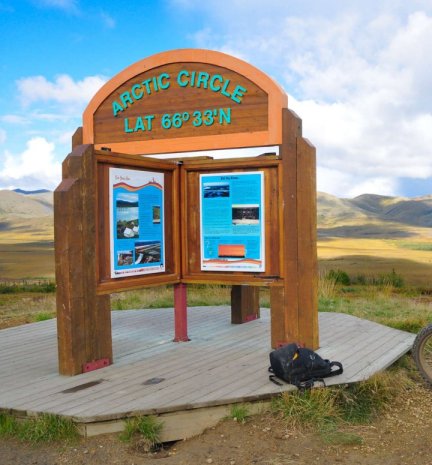
Many riders want to go to Deadhorse for a variety of reasons ....perhaps pride, ego, photos, challenge, whatever. There are NO SERVICES for rather long distances, although certainly much better than back in the old days. Usually a few gallons of extra gasoline is all that is needed, if that. I'd suggest you NOT be doing it on marginal tires. More later in this article on that subject. The Dalton Highway was constructed in 1974, and has been worked on ever since. It is parallel to the oil pipeline that sends oil 800 miles to the port of Valdez. Prudhoe was almost a slang word, the original name was the tiny town of Deadhorse. The Dalton name came in 1981. Deadhorse remains Deadhorse, but is most often called Prudhoe Bay. Confused?
The Alyeska Pipeline folks constructed the highway at not quite 30 feet across, made of a few feet of gravel on top of a plastic foam insulation over the frozen tundra. The road was lengthened & improved to Deadhorse in 1995. "The Dalton" is both hard packed gravel & some part of it is paved, especially when approaching Deadhorse. The Arctic Circle sign, that most want their photos taken at, is just a bit over 100 miles from the southern place you will start at. You can camp at the Arctic Circle sign area, but there is a public campground about 5 miles further. Wiseman has basically nothing. There is a visitors center, motel, post-office, gas, phone, repair shops & restaurant at Coldfoot. Back in the early 2000's, the next gas was over 200 miles ...so think about this!! Check into the actual situation and conditions when you are ready to get on this road. Be prepared!
There really isn't much sense in going to Prudhoe Bay ...not much to see or do, it is flat, barren, cold, windy, sometimes foggy ...& you won't appreciate the night cold. Accommodations at Prudhoe are very limited, if even available. Very expensive too. If you are going to attempt to stay there, arrange to arrive in the numerical morning.
If you do plan on going to Deadhorse (Prudhoe Bay), take the bus tour, & have a buddy along to take a photo of you taking a dip in the Arctic Ocean ....it is not as cold as you think! Assuming you insisted on going to Deadhorse, you should stay at the Aurora Hotel, right in Deadhorse, telephone them at (970) 670-0600. This is a very nice place, but not like a hotel or motel you may be used-to. It is also large, with 400 or so rooms, & was built for the oil workers & mostly it is full of oil workers. http://www.theaurorahotel.net/ Call ahead ...maybe quite a bit ahead. You want to be sure a room is available for you. If you can deal with bathroom down the hall type of accommodations, you can save money over a room with such. This is not a luxurious place, but is quite adequate. MEALS ARE INCLUDED in the room price; you can get food 24 hours a day; the food is far better than you might expect ! I am not sure what prices will be, but in late 2014, ~ $150-$250 a day. BTW....all the basics are here, including high speed internet. If you travel this far north, stay there and do report back to me .
Back to the Haul Road: As of 2014 there was still a considerable amount of gravel, but not the deep squirrely gravel (it is squirrely on the shoulders!) that the word implies ...it is hard pack, relatively easy to ride on ....but eats tires as some of the gravel type used has sharp edges (repair & maintenance includes Chip Sealing). The highway is fine for most any rider, but when it gets quite wet (not just a bit wet), the calcium chloride they put on the road (which makes it nice & hard when dry) makes for a very slippery ride. One simply uses simple techniques, & you will be OK with such as standing on the pegs, butt off the seat, as required. This road has some strange characteristics, due to how it was originally constructed. In those hard-packed gravel areas the water that is making the road so slippery (with the calcium chloride), will simply disappear enough & rather quickly ...when the raining stops (or slows to light drizzle), that you can be surprised at how fast you can then go. This road was built for the trucking folks who service Prudhoe Bay; they "Haul Ass" on this road. You must pull over. Be cautious, the sides can be soft; expect cascades of flying stones from the truck's tires. Note that on my Airheads I exchanged the $$$ BMW front glass for a homemade plastic insert. Do something about the headlight glass before you leave on your trip, even if you have to just mount a rock protection shield.
The Haul Road gets a lot of that calcium product put on it. That stuff gets on & into every part of your bike it can, & makes a caked-on mess. Be sure to wash it off at every opportunity. Try not to do that with the engine still hot. It clogs radiators, cakes onto cylinder fins, & manages to get into every nook & cranny of your bike. It is difficult to clean off . I bring along a collapsible fabric bucket, dip it into a stream, & use it to wash the stuff off (taking along a medium stiff brush & two old toothbrushes...one narrowed to fit into the cylinder fins area, all are helpful). I take along a small sponge for the headlight, windshield, washing the bike, etc. I find my collapsible canvas bucket very handy. The Haul Road is not the only place for Calcium Chloride in such large quantities in the far north.
Keep in mind not only fuel & road conditions, but weather. Weather can change drastically in the North. While I don't think you will travel North in the middle of Winter, conditions can certainly change from season to season. Coldfoot is 55 miles north of the Arctic Circle. In the late eighties it had a temperature of minus 82 degrees Fahrenheit a day or two in January; the Summer preceding that Winter it had a plus 97 degree high. I am not trying to discourage you from doing the Dalton, it is beautiful & interesting; I just want you prepared!
A Few Hints :
DO NOT set up your campsite close to the Haul Road highway. You will be awoken by big trucks. Find a place a few miles away.
Don't lower your tire pressure below normal, unless in quite slippery wet stuff with road tires, as the rubber will certainly be wearing quickly if you reduce pressure on the hard areas; this is, remember, a chip seal type of road.
If you carry extra tires, consider switching to aggressive treads, even knobbies, at the Hot Spot Cafe, located about 144 miles from Fairbanks (about 55 miles before the Arctic Circle). Good burgers, fresh salads & homemade desserts! ...YOU WILL LIKE IT! Repair shop, motel, gasoline, etc., are here! Knobbies are not really needed, although they can be helpful if the road is quite wet & the calcium crap has made it slippery.
If you have a major breakdown, think about things carefully. For example, it might be MUCH cheaper to FLY your bike by Air Cargo means, to Fairbanks.
It is VASTLY cheaper to purchase a plastic gas can or two (say, in Fairbanks), than to purchase a $$$ aftermarket extra large fuel tank for your bike ....unless you already have one.
KNOW how to repair a tire. PRACTICE at least once. Practice someplace away from your nice garage & its nice floor and its 'not carried on bike' tools.
HEADLIGHT ON.
Ease over to the right when a vehicle comes up behind you to pass; this is NOT just being courteous.
Expect soft shoulders; keep away from these soft road shoulders as best you can.
If your bike is water cooled, keep the water radiator clean.
Keep cylinder cooling fins clean as best you can. Use a sponge, a stiff brush, & narrowed toothbrushes I mentioned earlier.
Expect very high prices for everything ....with increasing prices the further north you go. Cash talks, but credit cards are OK most places.
I do not know about present-day conditions for gasoline, but back some time ago, the pumps at Deadhorse took ONLY credit cards. There can be a LONG stretch of no-fuel, after passing Coldfoot. There is a gas station about 140 miles from Fairbanks, at the Yukon River Crossing. CHECK AHEAD! In Alaska it is very common for gas stations to be self-service and use major credit cards.
CELL PHONE coverage is very spotty in some areas, such as on the Dalton Hy. CB channel 19 is popular.
General stuff :
Because of the type of road surfaces, do not expect to get the same mileage on your tires that you would on the paved lower 48. If your bike gets X miles per tire, a safe assumption is that you could get as little as half that, although you probably will do much better. On these hard-packed roads, faster speeds eat tires at an increasingly faster rate. You could consider shipping some tires to yourself in, say, Anchorage or Fairbanks.
Be cautious about speed ....too much & you will soon-enough find your own nasty personal pothole ....and they can be dangerous at speed, because you can come upon them & have little or no time to brake; even if you did see it you may hit it, hard. Another reason to keep your speed down is that wild animals think nothing of walking or running into your path. Lower speed also means better gas mileage & longer tire life. That applies anyplace, not just an Alaskan trip, but on sharp chip sealed roads, THIS APPLIES CONSIDERABLY MORE.
Some campgrounds have showers. There is no need to be in a commercial campsite. The Canadian Government owns vast amounts of land, which is called "Crown Land" but there are some other names, depending on administration & use. The actual ownership & use is a bit complicated to fully understand. No big need for you to understand it. Just know that nearly 90% of Canada is Government Land & in general, is not fenced ...&, same as in Alaska, you can camp on it. Locals probably call it 'The Bush'. Find a spot well off the road next to a stream & camp, no need to use a formal 'park campground' unless you want to.
Many a side road will have a sign such as "Sportsman's Exit". You probably will like what you find when you take that side road.
You cannot ride your bike in much of the 'bush' area surrounding Jasper ....it is National Parkland ....off-road use of motor vehicles is prohibited.
There are some areas I see few reasons to visit ....Homer, for instance ....I always had a hard time keeping warm in Homer! (OK, OK ...I'm prejudiced about Homer!)
Once in awhile, a storm sweeps into Alaska from the gulf or settles-in from the NWT ...I usually just hunker-down & wait. These storms, if they occur, are more prevalent into early June ....& again from late August.
The State Bird is the Mosquito (well, not really!). DEET works well, even in 15 or 20% concentration. Higher than 50% doesn't help much, but tends to go further as you use less, but does not go as much further as you may think. Do not allow DEET to contact your Nylon clothing or tent ...it dissolves & makes some 'plastics' sticky. DEET is available in liquid, in spray cans, & in sort-of waxy sticks, and other forms. I prefer the liquid. Mosquitoes love dark clothing....this is your chance to wear gaudy bright stuff! http://www.rei.com/ has an excellent selection of DEET products, plus they carry quite a few selections of mosquito-proof clothing including personal mosquito net outfits that have protection for your head, shoulders, arms, legs, etc., all in one. I always take plenty of DEET "Jungle Juice" which is 95 to 100% DEET, but you do not need that high a %. I also I carried a commercially-sold mosquito net head covering that went down over my neck to my shoulders. I also have a long-sleeved cotton flannel shirt (I do wish its color was much brighter) that I almost never wash, preferring to leave residual DEET in it, & even if I do wash it, it is a very quick cold wash with just a bit of soap ...it usually has DEET on it from years of traveling. Yes, I am aware that cotton is not the best, but I like the feel, & it is unaffected by DEET.
NO GUNS when traveling in Canada!!! >>>>No ifs, and's & no buts, NO GUNS! DO NOT DRINK & RIDE/DRIVE! DO NOT USE ILLEGAL DRUGS! The penalties are very severe.
Beers & ales in Canada tend to have more alcohol in them than many places in the lower 48.
Flashing green light means you can go but be cautious ....a pedestrian (?) has probably triggered the light.
I suggest some Canadian currency, through AAA prior to leaving or when visiting a Canadian bank after crossing the border. Canadian money is denominated in the Canadian Dollar, sometimes even called a 'buck', just like in the USA. There is a $1 coin, slangly called the Loonie. Speaking of money, it is a good idea to bring along a substantial amount of cash; not much of which is in your wallet in your pocket. Front pocket use is a reasonably good idea, for reasons of security against loss & to keep from miss-aligning your pelvis. Hide money in various places on your bike & in your gear. Take at least a couple of credit cards; I prefer to take two major credit cards (in case anything happens to one account) and a major gasoline card. Before leaving for your trip, contact your credit card companies. Find out if they charge 'transaction fees' for non-U.S. dollar purchases. Forget about debit cards.
Visa & MasterCard are the prime credit cards. American Express, just like in the USA, is less accepted. Credit cards usually get you the best exchange rate during the billing cycle. ATM's are used a lot in Canada. Some places accept ATM cards (through an exchange house method) for billing. Taxes (such as the Goods & Services Tax, & Provincial Sales Tax) are added in all sorts of strange ways, often combined into the Harmonized Sales Tax; but gasoline at pumps does not have taxes added at the cashier's . Taxes vary across Canada, from a few percent to 15%. Some things are not taxed such as un-packaged groceries. Beer & liquor in some areas is not available in supermarkets, but in 'licensed stores' . You can bring a liter of liquor across the border from the USA, which is cheaper.
Prices can be quite high. How much is the Canadian dollar worth in USA money? Check on-line before you leave the USA.
Your cell-phone may not work in Canada. There is a lot to this, if you are not familiar with international cell-phone usage. Do some Internet work; also contact your phone carrier ....this subject is too complicated for me to treat here.
Internet : You very likely will not like the rates charged for access using your smart-phone. Internet is available at terminals in libraries. WiFi is quite common in cities at coffee shops, libraries, restaurants; many have WiFi for free, such as at McDonalds, Tim Hortons, Starbucks, etc. You are 'expected' to purchase something ....even if they charge for Internet Service. Buy a cuppa coffee at least. Some Via Rail stations & many Airports have free WiFi too. Use such as https://www.wififreespot.com/ or your favorite WiFi search site.
Canadian roads & maps : Distances are in km and speeds are in kph. One km is .62 mi. One mile is 1.6 km. 62 mph is 100 kph. Your bike speedometer probably shows both mph & kph ...but your odometer reads in only miles or kilometers. Understand how to convert, at least "approximately", in your head. PRACTICE! You may want to glue a small paper tag onto the speedometer that shows how many Km you get per tank of fuel. Sometimes maps do not follow their own rule on miles & kilometers; on rare occasions the map makers have mixed up miles & kilometers. DO NOT allow yourself to run out of gasoline!
One Liter is a bit over a quart, 19 of them is 5 gallons.
You need to know only some of the above relationships. You may want to put them on a small piece of paper or a label, glued to your speedometer; or, perhaps, have the information in your tank bag map window. It is especially important to calculate so you know what you are going to do about fuel stops. Some fuel stops may be CLOSED! ...phone ahead if you can.
Bring a tire gauge & use it. Do not take this trip unless you know how to repair tires on your bike & have practiced it, and not in some comfortable garage with lots of tools you probably won't be taking. Depending on the bike, you need certain tools & tire repair items. You probably won't have a flat, but if you do, you will want the proper tools, knowledge & experience. Forget about CO2 cartridges . Get a tiny Chinese-made electric compressor (small size, or, remove the innards). Available cheaply from such as WalMart. At least get a spark plug hole type air compressor adaptor kit. There is a really good article on tire repairs & other tire type work on my website, covering both in-garage & on-road work: https://bmwmotorcycletech.info/TireRepair.htm
Waterproof boots. Plastic baggies for putting over socks. Bears-bag for food & other things when camping. Long thin rope (such as parachute cord, which I am very fond of). Bungees for whatever needs. Protective grill in front of radiator if you have a water-cooled bike. Helmet with consideration to visor and venting. Headlight lens impact resistant cover. I carry a soft small turkish towel for cleaning windshield & helmet faceshield, & use it for nothing else. Use a decent plastic cleaner. See this article: chemicalsetc.htm . Do not use swirl/round motions in cleaning your helmet faceshield, nor windshield. Extra gasoline as required. Waterproof tent or tent with waterproof fly cover; good sized ground cloth/tarp for use under the tent. If your tent is the type that is used with stakes, consider steel stakes & small hammer/hatchet tool. Bring along a good rainsuit; keep it located where it is easy to grab quickly. Water container. Water purifier is only a maybe.
Copies of : Driver's license, credit cards, bike registration & title, medical insurance ....keep these copies someplace other than in your wallet. Canadian Non-Resident Inter-Provisional Motor Vehicle Liability Insurance Card.
I put money in various hidden areas of my bike.
Radar speed detectors are illegal some places ...hide yours or do not take it; or; at least, turn it off! In the Yukon they are illegal, & the Mounties use VG2 radar detector-detectors.
Spare keys ...a full set...ignition, fuel, saddlebags, etc.
FULL CAMPING GEAR, well thought-out, and know how to use every item. TRY USING THEM BEFORE LEAVING!....be SURE all works fine for you! Bring a thick pad for under your sleeping bag; the ground can be cold. I dislike fluted air mattresses for this, Therm-a-Rests are OK; I prefer them, & they are available in different thicknesses. I prefer having a MULTI-FUEL backpackers stove, type that works on gasoline, but also kerosene, paint thinner, diesel, etc. I carried a jet for it allowing use of diesel fuel or kerosene, etc. Bring along a jet cleaner & the stove's usual teeny tools. If your stove does not work, you will be very unhappy. BTW, use of engine fuel should not be done unless absolutely necessary, as it smokes & leaves deposits, etc.
Fresh prescriptions (copies) if you need to take Rx drugs with you. In addition, I personally took along Loperamide (Lomotil), although never had to use it on any Canadien/Alaska trip. Some might want to take along some of that, plus PeptoBismol & an Rx for Bactrim. I took along aspirin, ibuprofen, Tylenol ....& a few 1 grain codeine tablets. Don't forget to bring anything you have to take regularly. Don't forget a 1st Aid kit, and think about what is in it!....Besides antiseptic, regular bandages, etc.,...I always had some big bandages and plenty of tape.
Pay your bills considerably ahead of time. If your trip is long enough you may want to have a way to pay bills, before their due date, during your trip. My personal method was to pay certain bills way ahead of time, using whatever I had to estimate what I should pay ahead of time...and then increase it some, to be sure. BE SURE that the company understands & codes the account for this, and does not try to issue a refund! I made sure by telephoning them, a week after I mailed the check.
Credit cards are nice to have; one or two major gas cards; perhaps carry both a Visa & MasterCard. I avoided carrying $50 or $100 bills. Prices steadily increase the further you travel north ...so be prepared ...because such as motels can be 2 or 3 times the cost in the lower 48. Do not expect 2+ Star accommodations & food, with some exceptions in such as Anchorage & Fairbanks. Food at the hotel in Deadhorse can be very close to GOURMET. Quality accommodations are available in major places & sharing rooms reduces the cost. Camping saves a lot of money. The private campgrounds, often with good amenities, are much cheaper than motels/hotels. You can camp almost anyplace, no need to pay for a private campground, as I've mentioned.
Gasoline will likely cost about 25 to 50 cents a gallon more than in the lower 48 ....with a few places charging a lot more than that.
Our neighbors to the North have 'mileposts' or 'kilometreposts' along the highways. Due to road straightening & other changes over the years, some of them do not reflect actual distance from some point or another, but you will be happy to save the fuel. Along the Alaskan Highway ('Alcan'), mile zero is in Dawson Creek (do not confuse with Dawson City); distances accumulate from that point. The publication "The Milepost" is quite specific about these mileage posts, and differentiates between historic & true. The mileposts in BC are likely to be accurate.
I am personally fond of Bed & Breakfast places, especially if not overly expensive. You meet interesting people, often have a very nice place to stay, & often an exceptional breakfast, & their use now & then will break up the camp-ride-camp days. I also like hot springs, cold springs, beaches, cocktail time around the camp, airport camping when available, flying machines, & pilots. I am also fond of things I have NO intention of writing down here!
Tools, miscl. stuff, modifications ....and parts :
I carry only a few spare parts. YOU should consider carefully. I carry a folding canvas bucket that I consider a tool for carrying water, such as for cleaning the bike, especially of that calcium stuff, and I take along a sponge & a stiff brush & narrowed toothbrushes for cleaning cylinders/head fins, etc. I carry helmet visor and windshield cleaning items, see my favorites, listed in https://bmwmotorcycletech.info/chemicalsetc.htm . I carry a fairly complete tool kit, but most of it is the stock BMW one. For things to think about, look at my tools article: https://bmwmotorcycletech.info/tools.htm . Consider carefully what to take, and consider what is superfluous. I suggest a spark plug hole driven air compressor or small Chinese-made 12 volt electric type compressor, as mentioned earlier. If you have a motorcycle with vulnerable spark plug positions then perhaps 1-spark plug, 1-spark plug cap. Do carry tire/tube repair equipment (checked to be fresh & KNOW how to use these items!). Think about carrying a modest length of fuel line; and a method of bypassing a broken fuel filter. Suppose you break-off a petcock part? ...that is possible on some petcocks with plastic outlets. Perhaps 6 proper fuses. I always carry a clutch cable & I'm sure it really fits lengthwise ...& that the cable end barrels actually smoothly fit, at both ends. I bring appropriate parts for the throttle cable system, maybe a bit of iron 'bailing wire', maybe a few fairing or other screws/nuts/bolts, small roll of premium duct tape (radiator hose repair tape is a better product than duct tape). I bring along a spare set of all cables, to make this quite clear, and I make sure they fit (and the barrels will rotate smoothly wherever they will be fitting. If you install fresh tires, & I hope you do, do install fresh tubes if you run tubes. Carry a spare tube if you use tube type tires. Usually this means one tube that can fit either tire, even if not the correct size tube for both tires.
Before this trip begins, go over every nut & bolt you can get to on your bike. Be sure the motorcycle is in truly good condition, right down to lubricating the barrels in the clutch & throttle cables & making sure the barrels really do rotate smoothly in levers, etc. These have been a particular problem. Replace any lamps whose filaments are sagging. Consider modifying the GEN lamp circuit on a stock alternator system on an Airhead with my parallel resistor method: https://bmwmotorcycletech.info/genlampresistor.htm although gen lamp failure is rare. I don't usually bother to carry headlamps or other lamps myself. Do carry failure-prone parts specific to your brand & model if you want-to, but don't go overboard on this, consider carefully. Some Airhead riders carry a rotor, voltage regulator, even a spare ignition canister. I do NOT. I carefully consider the room things take up, & weight of things; but, I also know that failures are rare and most anything is available quickly anyway.
I think there is a strong tendency for people to take too much & then they end up with excess weight, poor handling, lousy packing, etc.
I recommend a headlight glass protector/replacement of some sort. I made mine from polycarbonate plastic, & it replaced the stock inserted glass in the nose of my RT fairings. Commercial items are available. Some put additional covers in front of their existing headlight glass lens ....whatever fits/works for your motorcycle.
Ferries; Introduction :
There is an Alaska Marine Highway service, often just called The Ferry Service (or the Inland Passage Ferry Service), that goes between Haines, Alaska back to the lower 48 (to Bellingham, Washington). If any of your touring buddies, or you, plan to use the ferry service, be sure to look into exactly where to get on the ferry & how to get to that place. For instance, to go southwards from Prince Rupert, one first went to Ketchikan; the BC system ended up at Port Hardy on Vancouver Island ...& you had to ride down the Island & take another. BE SURE to check on what the latest route changes are ...but they don't occur often. The Kitwanda-to-USA route is direct, without the detour to Prince Rupert.
You can spend a fair amount of time messing around with the ferries, dealing with the bikes, deck or cabin accommodations, reservations & standby status, problems, etc. Be sure to look into things well in advance. Alaska Marine Highway Ferries are very large, have ropes or twine to tie down the motorcycles to the deck. Leave the bike in gear, on the side-stand, securely fastened-down, in all directions if possible. Ratcheting tie downs are nice to have. Many use the Super Cycle Ratchet. Ferry rates depend on number of persons (I've previously recommend AGAINST any passenger on your bike), & there are additional costs if one has a trailer or sidecar. Basic rates do not include cabins. Many just sleep on deck & there are real good reasons to do so. If you are thinking of riding (or driving) to Alaska, do look at taking the Alaska Marine Highway, at least part of the way up/down the coast. You may have a lot of fun!
Alaska has a very long coastline, as does Canada. Alaska's ferry system is a very important part of the State highway infrastructure. The ferries carry everything, from hikers to all sizes of trucks & trailers, motorhomes, etc. The only way to get to the capital of Alaska, Juneau, is by airplane or ferry, should you wish to go to Juneau. Several folks have strongly suggested to not get a cabin/room on the ferry. You are camping much of your motorcycling trip, so you already have camping gear, & you don't need much of it for the ferry ...see below. Cabin/rooms are tiny & have tiny portholes. Many have told me that they loved 'camping' on the deck.
Below are some specifics, as supplied to me by a fellow Airhead, that describes his using the Ferry better than my previous (mostly removed) information, & that of some others too, so I have quoted what he said, here, with only slight editing:
""After you tie down your bike (get 4 tie downs from your dealer, the kind that come with each new BMW). Snowbum says: Use ratcheting tie downs and .... grab your sleeping bag, pillow, sleeping clothes, toiletry kit, etc., & immediately scurry to the fantail of the ship at the stern. (For security reasons you will not be allowed back to your bike until a port is reached). There will be chaise lounges where you can put your sleeping bag, etc., & a roof overhead (it rained on us) with radiant heat, which will be appreciated! Sit/lie there & watch the coast go by, as well as the stars at night. It is captivating. (This is a major route for cruise ships due to the beauty.)
There is a restaurant & shower on board, so you will have all that you need right on the ship. However, you must make a ferry reservation or you may not get aboard. Any combination of stops up the coast can be made, from Washington state all the way to the end of the Aleutian Islands at Dutch Harbor, way out in the Bering Sea! My son & I caught the ferry at Prince Rupert, British Columbia & took the inside passage to Skagway, AK. Beautiful!!
One could even ride the ferry all the way from the State of Washington to near Anchorage or Fairbanks, where there are bikes for rent, & ride to and from Prudhoe Bay! Or fly directly into Anchorage or Fairbanks & rent a bike. BMW and other motorcycle dealers in each city rent bikes (again, get a reservation!). Google bike rental in each city.
NOTE! You can no longer go all the way to the coast at Prudhoe Bay due to security reasons (after 911). But you can make a bus reservation, WELL in advance (so they can check you out) & go all the way.
Do leave from Anchorage or Fairbanks to ride the Dalton Hwy, with NEW fresh knobby tires! (This is a recommendation Snowbum does not necessarily agree with. The Dalton (Haul Road, or Alaska 11) does NOT absolutely require knobby tires! I do agree, however, that tires should be excellent & plenty of tread left, before attempting the Dalton, and that mixed use tires, such as Enduro types, work well on the Dalton).
There is a self spray car wash in Fairbanks on your return so you can clean most all the dirt & salt from your bike, but you will need more quarters than you could EVER imagine to wash your bike! (Snowbum says: There are more than one of these, just ask for directions, for a SELF spray place. Snowbum brings along a collapsible canvas bucket & some toothbrushes (one is narrowed for the cylinder fins) & a modest stiff brush & a sponge, & cleans his bike often on the trip, not just at the return to Fairbanks from Coldfoot, etc. The calcium/dirt cakes up on the bike, especially in muddy wet areas (you may be lucky and not go through any of those).
P reliminary comments .....and then ROUTES :
There are two main routes for the full tours that I always did. The major difference is the direction. One route is what I call Clockwise (CW); & the other is what I call Counter-clockwise (CCW). The actual route you take could be quite different, depending on the amount of time you have for the trip, where you are coming from (which could be your home or any other place, assumed to be in the lower 48 here) .....& whether you use the Ferry Services or not, ....& many other things. Because the differences could be far more than just direction, I am showing both basic routes, and some options, in this article.
I thought about what to put in these two sections, & finally decided to use combined basics and actual group tours. While editing I added specific year 2013 commentary where appropriate, including year 2013 comments given to me by others. My last group trip was a less common direction for me , but is the direction a lot of riders take, since so many come from the eastern side of the lower 48 States. One of the reasons I personally usually try to do the trip in the CW direction & not the CCW shown here in Route #1, was to be in Montana later; thereby the Going-To-The-Sun Highway will be more likely to be open, free of the snow that often blocks it earlier ...yes, June & July it could be closed due to snow. I also think that being on the Eastern side later in the Tour is a bit better for a few other reasons.
It is never out of the question, if you have the time, to do the entire trip by motorcycle, sans ferries. The very best experience is when you have lots of time & no worries, this can mean taking a month or even a bit more. However, a fairly satisfactory tour can be done in 3 weeks, plus time to get to and to return home from the Canadian-US border. I did not incorporate the ferries directly in my hand-outs; but originally offered quite a bit of information about ferry locations, price, lots of small details, etc.
I suggest using mapping program software or a paper map & mark my route(s) below & look-see.
The routes I picked for use of my small groups had few miles on unpaved roads. Besides seasonal repairs, unpaved sections included some on the Cassiar Highway, & the Hy 2>Dawson>Hy 9>Hy 5>Tetlin route. Unpaved roads in the context I use it here are hard-packed; easy to ride on.
Typically, Wiseman was the furthest we would go up the Dalton Highway (Haul Road); it is only a dozen miles past Coldfoot & the Arctic Circle sign.
This is Route #1 of the two basic routes. This is the Counter-Clockwise route : This is not my preferred route (for that, see Route #2, far below)
A more or less typical tour: We left South Lake Tahoe (with two riders meeting me at my home the day before) on a Saturday, the first week of June. We used Hy 50>>Hy 395 in Carson City, Nevada. Continuing on the new Hy 580, going northerly >>Reno>>Hy 80>>Battle Mountain; overnight in Battle Mountain at the Best Western Big Chief. The alternate was to stop earlier in Winnemucca, staying at the Town House Motel.
The next day we left early in the morning & continued on Hy 80 to Hy 93 which intersects Hy 80 at the town of Wells, NV; then we continued northerly on Hy 93 to the small town of Jackpot, Nevada. Jackpot is just barely before the Idaho border. This being a Sunday, we enjoyed the Sunday Brunch at Cactus Pete's in Jackpot. We stayed at a motel in Jackpot which was considerably cheaper than rooms at Cactus Pete's. We met two more riders here. There were now five of us, & there was one more rider to meet up with in Missoula, later in this tour.
From Jackpot: Hy 93>>Twin Falls, Idaho>>Hy 93>>Shoshone>>Hy 75>>Ketchum>>Stanley>>Hy 75>>Sunbeam, hardly more than a wee spot at the corner of a side road. We made camp just a fraction of a mile up that side road, which is called Yankee Fork Road, & relaxed & camped there along the river, enjoying the hot spring back at Hy 75, and, at that time still available, the showers, small store with its ice-cream, etc. The Stanley Stomp used to be held in the woods a few miles up that Yankee Fork Road. The Sunbeam store, etc., has opened, closed, opened, closed ...over the many years I have been in that area. There are several campgrounds on the right side of Yankee Fork Road; I usually pick the first or second one due to the convenience & closeness to Hy 75 & the hot spring that comes out of essentially the side of Hy 75. You can sit in hot water, dangle feet in the cold river. As campgrounds, they have been slightly improved over the years, but are small places, but improved enough to be comfortable. There is water, but no showers & no electricity at these campgrounds. That could change if the Sunbeam "resort" re-opens. Usually my groups have ridden their bikes up the Yankee Fork Road sometime during our stay (which might be 1 or 2 days), it changes from asphalt to hard pack dirt/gravel (easily traversed even on the biggest bikes, even with street tires), & you can continue your tour up that road to Custer & then Challis, & then get back on Hy 93. If your mapping program does not show what I am talking about, expand it. Sometimes we went to Custer on my tours; or, we only went far enough to stop & tour the gold mining dredge. There is nothing wrong with that road & Custer is an interesting very tiny old mining town, in the middle of nowhere, that you may well like to visit. Just continue on from there on your tour, if you wish ....we've done that in the past too. Usually we backtrack to our campground as mentioned. BUT....you can continue on Yankee Fork Road; or, go back to Hy 75 & then connect with Hy 93 & go to Challis that way. You will then miss the Yankee Fork road to Challis, which I recommend. If you do take Yankee Fork Road to Challis, be sure to look at an exploded view of your map, as there are intersecting roads, & you will not stay on the one marked Yankee Fork Road all the way to Challis.
There is an additional reason I sometimes take my 'group' this 'back way' to Challis. How do they really handle hard-packed or narrow roads? I have sometimes given a bit of instruction to those who say "I've never ridden on 'dirt' ". Real 'dirt', especially the soft stuff, is NOT what I am talking about here. Again, this is an EASY road, but sometimes anything not paved makes someone nervous. After a mile & finding out how easy it is, everyone always continues that way enjoying the scenery, Custer, etc. When it rains, things can get slippery due to the clay soil.
From Challis: Continue on Hy 93 to Salmon & then into Missoula. The Montana Riders BMW group may still meet on Sundays, & depending on your schedule, you might consider meeting up with them. Missoula is a good place to stop for overnight, this leg is about 250 miles. I usually continued on to Kalispell, which is about 370 total miles for the day. There are a number of places to stay in the greater area of Flathead Lake.
Continuing-on: By whatever route you like or all agree upon, get on Hy 2, go to the WEST entrance of Glacier National Park, go through Glacier National Park (you did bring your Golden Age Passport card, or equivalent?) .
If the Going-to-The-Sun highway is closed, just continue around the South side of the Park using Hy 2, take Hy 49, then Hy 89 into Canada. NOTE: There is a motel on a bluff overlooking the road in St. Mary's, Montana. For another choice, you may want to stay & eat here: http://johnsonsofstmary.squarespace.com . Another option & more scenic from St. Mary's, is to continue north on Hy 89 to Hy 17 & cross the border at Chief Mountain. Highway 6 & 22 to Calgary...& many other possible modifications to the route, & not going to Calgary at all, etc.
You can continue to Calgary if you wish, & enjoy some 'big city' life & then take Canada Hy 1 to Banff, but Hy 1-A is MUCH NICER! You could also backtrack to Hy 93 & go up the West side of Banff National Park. I highly suggest you plan for at least a couple of days in the Park area ....Banff, Lake Louise, etc. Hy 93 goes into the Park at Radium Hot Springs. You could continue northwesterly, & the Hy is then Hy 95, not 93. You could camp at or near Fairmont Hot Springs, or many other places. I prefer inside the Park.
HINT : If exchanging some USD for Canadian funds at a bank, consider doing it in Calgary.
I will give more detailed options here:
Hy 93 going north intersects Hy 1 somewhat north of Lake Louise. It is lightly traveled during the week, and this road has magnificent mountain vistas. Past the Cline River, before reaching Jasper (a nice little town to spend some time in), consider stopping & taking a day-tour to see the Athabaska Glacier, in one of the special 'buses' that have huge tires, and are way off the ground, and modified to handle very steep terrain. These 'snow machines' are unique. While approaching Banff from the South, take the 2nd Banff turnoff, & ride up to the Norquay ski area. This is a very nice very twisty motorcyclist's road. A few miles further west of Banff is the Sunshine ski area, the twisties are not as sharp, and likely is NO traffic.
If taking Hy 1 or 1A northbound from Banff, take a coffee break at the picnic table in front of the gasoline station at the intersection of Hy 1A and Hy 93. If you wish, you could rent a cabin there.
The highway going northwest from ~Lake Louise (Hy 93 turnoff to Jasper) has a lot of slow-moving big rigs & slow moving camper trailers, & this is a two-lane road. Don't take chances, pass only very carefully.
Jasper beckons, ...but be careful. NOTE that you cannot ride your bike in much of the 'bush' area surrounding Jasper...it is National Parkland ....off-road use of motor vehicles is prohibited. MOSTLY NO CAMPING.
While it is tempting to ride Hy 1 North in the Park; (2), JUST BELOW, SHOULD BE CONSIDERED:
(2) This is another modification to strongly consider. This is to use Hy 93 in/from Montana (or Hy 95 from Idaho). This routes you on the West side of the mountains, through Fairmont Hot Springs and Radium Hot Springs. Hy 93/95 splits off here to Hy 95 going westward and Hy 93 going to Lake Louise & Banff. Hy 93 is delightful here. Another consideration is continuing on Hy 95 from Radium Hot Springs to Revelstoke, then Kamloops, Hy 5 to Hy 16 and Prince George. Delightful area with many small villages, twisties, streams, rivers, lakes, etc. You avoid the road mess north of Lake Louise.
Assuming you camped around McBride, or took (2) just above, continue to Prince George. Shop here for whatever you want or need. There are B & B's here.
Continuing your tour : Prince George>>Hy 97>>Chetwynd>>Hy 29>>Camp at one of the two campgrounds at Moberly Lake. This is a Provincial Park. If you wish to, Harv's Resort is on the North Shore, and nicer ....with food, showers, laundry, store, etc.
Go back a few miles to Chetwynd, then continue on to Dawson Creek via Hy 97. Take photos of you & your bike & your group at the MilePost Zero point and sign. Continue on Hy 97.
Fort Nelson has fruit, veggies, etc. You could stay overnight in this area.
Fort Nelson>>Hy 97>>Liard River Hot Springs Campground.
Liard River Hot Springs Campground>>Watson Lake>>Whitehorse. Camp at Takhini Hot Springs, or any other place you prefer.
***Now is a very good time to check on the weather again. You need to make a decision on the next part of your route: Whitehorse>>Hy 1>>Tok. ...or; Hy 2>>Dawson (camp, B & B's, etc). If doing it this way, you will use Hy 9>>Hy 5>>Tetline>>Hy 2>>TOK.
There is a large motorcycle gathering in TOK on the SOLSTICE. You might consider planning your trip & stops so as to be in TOK on the Solstice, or a day before ...and after.
NOTE! There is a road, A1 from Anchorage eastward to Glennallen & then north on road A4, called the TOK Cutoff, & you can use it to get from Anchorage to TOK, & vice versa, of course. Look at your map, & find GAKONA. This is a place & a JUNCTION of roads, the Richardson Hy (maps may show it as Hy 4) & the TOK cutoff (maps may show it as Hy 1). Gakona Junction Village area is at milepost 128.5 & has a lodge, trading post, restaurant, lodging, cabins too, fuel, groceries, etc. As in most areas of the North, fishing is great!
TOK>>Hy 2>>North Pole. Time for photos! Probably will go to Fairbanks from here.
Next up is the Dalton (or Haul Road) Highway. If the weather is OK, maybe 3 days ahead of you to the Arctic Circle & Coldfoot.
Back to Fairbanks. Take Hy 3 to the Denali area; stay a few days; then, head towards Anchorage, & tour the general area. Many things to do, & a very large area for touring; not all that many roads though, so deciding is not difficult.
You are now starting your return portion of the trip, but with all-new places to see and visit!
Anchorage>>Hy 1>>TOK>>Hy 2>>Hy 1>>Whitehorse>>Hy 1>>Hy 37, the Cassiar Highway.
Take Hy 37 (the Cassiar), & plan to visit Stewart & stay in the HYDER AREA. Don't get Hyderized (ASK a local) or it will cost you a day of recovery.
From Hyder: Hy 37>>Kitwanga, tour the area, see the totems, etc.
Hy 16 to Prince George.
Hy 1>>Hy 8>>Merritt>>Hy 97C/5A>>Hy 5A>>Princeton>>Hy 3>>Osoyoos>>Canadian/US border.
Continue South on Hy 97>97/20>>Washington State, South on Hy 97/20>>Hy 97ALT>>Chelan. Camp in this area. There is often a Rally in this area (Cashmere), & if so, continue on 97ALT to Hy 2 to Cashmere. You HAVE made your plans to visit a rally or whatever, perhaps a local event, that happens during your trip time? If not, why not?
Here I re-begin in Cashmere, any considered rally or not: Hy 97/2>>Hy 97>>Hy 82/97>>Hy 82>> Zilah . Take a photo of the Teapot building & YOU in Zilah! Back slightly to Hy 97>>go southerly. There are campgrounds South of Madras, try the one having access by the road South of Metolius, on the river & lake, & this is The Cove Palisades State Park. SHOWERS!
Continue to Redmond, Hy 126>>possibly stay at the KOA, which has tent sites, Kamp Kabins, etc. It is 15 miles West of Bend, 3 Miles East of Sisters. Hot tub, sauna, food. Lots of choices of places. You could also continue on to Sisters. Hy 20>>Bend>>Burns>>etc.
Probably your group will split up earlier, some taking 395 South, others using various routes from here or a bit south, etc. There are a lot of interesting places in Oregon, & some very interesting fun roads that are hardly used. East side: Joseph & Enterprise, Hells Canyon & Snake River, etc.
This is Route #2 of the two basic routes. This is the Clockwise route; what I call the Cassiar (Hy 37) route : This is my preferred route. The Cassiar Highway is also called the Alaska-Steward Highway.
Some of you will use the more westerly route when on the way to Alaska, the Cassiar Highway. I have already written about this route. It has sections of pavement that have been added to just about every year, & is now paved ! It is a nice way to go to Alaska, with some advantages. Coming back from Alaska using this route was discussed in Route #1. I've already mentioned that I prefer to go to Alaska via this Route #2 way. I have several reasons. One is so I can use the Going-to-the-Sun Highway in Montana on the way back from Alaska, it being then less likely to be blocked by snow. Some will use the Ferry Service, & get onto the Cassiar by getting off the ferry at Prince Rupert & going East for awhile to join the highway . This Route #2 gives you that Ferry Service option. In general, I think you will appreciate Route #2 .....and this includes those of you coming from East of the Rocky Mountains ....even if coming from Miami!
The Cassiar, going north on it, really begins in Kitwanga, B.C. The Cassiar is more properly shown on maps as the Alaska-Steward Highway.
The Cassiar does not begin at or in the United States , as some erroneously believe. From Kitwanga, just a bit north, is Gitanyow/Kitwancool; where the famous line of totem poles are. There are Provincial Parks along the Cassiar, which you will probably use. Head WEST at Meziadin Junction onto 37A, & go to Stewart/Hyder and visit both close-together towns. You might consider the Ripley Creek Inn in Stewart, & a Salmon Glacier side-trip. The Ripley Creek Inn is FAR nicer than it looks on the outside; lots of very interesting rooms, & the prices are, or have been, reasonable. http://www.ripleycreekinn.com/ . They have free bicycles & a sauna/exercise room. Eat at the Bitter Creek Cafe. This general area gets a lot of rain, but don't be discouraged, it disappears when upi are back on the Cassiar.
Remember to gas up often. If you like fishing, you might like the Bell-II lodge. See http://www.bell2lodge.com/ . They have various sorts of accommodations, a cafe, and fuel. Another place to consider is the Red Goat Lodge, a bit further north: www.redgoatlodge.ca/ B&B, lakeside area, food, etc.
If you find construction work on the Cassiar Highway, you, on a MC, will probably be motioned to go to the head of any line. Finish the Cassiar at Watson Lake area, where the Cassiar ends & Hy 1 begins for you; congratulations, you have reached The Yukon Territory! Here you can go East or West, before turning north westerly ...depending on your planned routing.
Additional Resources :
1. The Milepost. Revised and published yearly in MARCH . Highly recommended! A large and thick 8-1/2 x 11 booklet, probably over 800 pages now. http://themilepost.com/ This is one you WILL want to purchase! I purchased one before every Alaskan trip. Many public libraries will have an old copy for you to look at, prior to your purchasing your own copy.
2. AAA MAPS and TOURBOOKS: "Alaska & NW Canada"; "Alberta/British Columbia"; "Western Montana/Nevada"; and whatever else you want. Some like paper maps, some like them on the Internet, some print theirs from software including route planning ...ETC. These maps may have different names now. Tourbooks for all sorts of areas were available.
3. IF YOU PLAN ON USING THE COASTAL FERRIES: (a) BC Ferries Corp, 1112 Fort St., Victoria, B.C., Canada, V8V 4V2 https://www.bcferries.com/ (250) 381-1401; (250) 624-9627. Get the SUMMER schedule, and ask for Motorcycle Rates. In some areas, the following toll-free number may work: (888) 223-3779. The Prince Rupert ferry terminal phone number is (250) 624-9627; the FAX number is (250) 627-8448
(b) Alaska Marine Highway, get Summer Schedule (800) 585-8445 or (800) 642-0066 http://www.dot.state.ak.us/amhs/
NOTE! There is an "Alaskan Pass", that allows unlimited ...for a set number of days ....use of ferries, buses, and trains. Available for 8, 15, 22, and 30 days. $$$$. (800) 248-7598 http://www.alaskapass.com/
4. "Alaska by Motorcycle", Dr. G. Frazier IBSN 0-935151-47-8, Arrowstar Pub. (800) 532-5557. Originally (I think) published in 1996. You can try such as https://www.amazon.com/ and booksellers, etc.
5. Most tourist offices have toll-free 800 numbers; they WANT to send you maps and literature. The URL and the phone number for these places below are NOT necessarily the same place! USE BOTH! British Columbia Tourism Office (800) 663-6000, get free Maps and Parks Guide, etc. http://www.hellobc.com/ Alaska Railroads (800) 544-0552 http://alaskarailroad.com/ Alaska Division of Tourism (907) 465-2010 https://www.travelalaska.com/ Vancouver/Coast and Mountains (800) 667-3306 Fairbanks (800) 327-5774 http://www.explorefairbanks.com/ Tourism Yukon, POB 2703, Whitehorse, YT, Y1A 2C6, Canada http://travelyukon.com/ Prince Rupert Convention and Visitors Center (800) 667-1994 http://www.visitprincerupert.com/ Haines Visitors Center (800) 458-3579
6. Don't forget to use the Internet; find Chambers of Commerce & tourism offices everyplace, for printed information and website information.
7. Telephone and other numbers to have : Alaska statewide weather (907) 456-0389 Alaska roads and weather (800) 478-7675 and also (907) 273-6037 Alaska roads (907) 456-7623 and also (907) 451-2249 BC roads (800) 663-4997 (800) 550-4997 Weather (604) 664-9010 Yukon roads (403) 667-8215. Also, 96.1 on the FM radio dial. Dalton Highway information: (907) 451-2200 and (907) 451-2249 There are many more AM and FM frequencies for road information in various areas.
Coldfoot services and Arctic Acres Inn at mile 103: (907) 678-5201. Coldfoot camp is at mile 175 and has food, lodging, fuel.
Two places to stay in Wiseman: http://www.boreallodge.com/ ; http://www.arcticgetaway.com/
Nearest BMW dealerships? Use your BMW MOA anonymous booklet if you are a Member. Other resources are the BMWMOA phone line (800) 332-4269; the BMW message board (800)-4BMWMOA; Airheads version of the BMW anonymous booklet: Dairectory. These numbers may have changed, or be different BMWMOA services now, as I think some changes have been made recently. I suggest you stop at this point, and get the updated information, write it down on your itinerary, or?
8. Mile-by-Mile, the Stewart Cassiar Highway. http://www.bellsalaska.com/highway/cassiar-highway/ Take a hard look around that site.
9. So you think you need a big bike for the trip? Try a moped: http://mopedtrip.com/intro/index.html
10. Another site to have a long look at, and snoop around: http://bcadventure.com/adventure/explore/
11. British Columbia publishes a nice folding map of B.C., that includes a list of Provincial Parks, and information on Parks and campsites is included on one side of the map.
12. I've occasionally gotten a request for a travel-log, or blog, or whatever, particularly if someone, especially a first-timer newbie, used the Ferry System. I've never written-up my trips much, just sent long messages to my wife, so I searched for something decent. Here is a link to several articles ...and, see Grossjean's ...on using the Ferry system. I think it pretty realistic, but note the date ...1999. In my opinion the roads are MUCH better now. Well worthwhile 100% reading though (keep the improved roads situation in your mind while reading these various stories): https://ibmwr.org/?s=alaska
Addendum 1: This addendum is for 'scratch pad' ideas....for me, the author, and for you, to think about and ...whatever.. 1. Going-to-the-sun hy in Glacier>>through Pincher Creek on Hy 6>>hy 22>>west at Long View, up hy 40, then up Icefields pkwy>>Dawson Creek>>Mile 0 of the Alaskan>>onwards.
2. Add history of Prudhoe (Deadhorse), and of the Hy. Describe the road better; the stops/places better, including gas, food, costs. Better information on Yukon River crossing, the visitors center, tire repair shop, etc. 3. Emphasize riding habits better, including packing, not going too far into the road shoulder of the Haul Road, where it is excessively soft. Headlight always on. Cleaning off mud whenever you can. Watching out for road color changes ahead. Knobbies could be put on at Fairbanks, or somewhat later. I still recommend knobbies. Refer folks to my website article Section5. 4. Camping at the Arctic Circle sign. ...and, the cost of rooms at Coldfoot, and that there is a postoffice there, and lots more, including more details about the campgrounds a few miles north of Coldfoot. Emphasize the problems with insufficient fuel, from Coldfoot onwards. 5. ENOUGH mosquito juice. 6. For the wilder and more adventuresome rider (??....hmmm)....provide maybe a page or link to information about the Dust to Dawson UNrally....that's the mostly UN-fee large meetup, held in June, meeting at the Triple J Hotel on Fifth Ave, in Dawson, YT. It's been held for a lot of years now. ...probably give a reference to Adventure Rider website for info on this meetup of 'fun' folks....not politically correct, etc....more hard-er core folks. Here is a photo of the 2018 meetup DTD, way milder than some of the other photos I could have blatantly grabbed to post here. No dirt, mud, slime, filth, fallen bikes.....at least in this photo. :-)
At least I grabbed the name, etc., at the bottom, 'cause this NOT my own photo. For some thumbnail photos of what Jim Kohl's photos look like (highly recommended by me here), see: https://www.jimkohl.com/Portfolio/Motorcycle/thumbs
Addendum 2: This is a link to a 1999 Alaskan trip by motorcycle. It is not authored by me. Not Airheads (but, OK, is on BMW bikes). While old, you will probably find this account both fun and interesting to read. https://ibmwr.org/index.php/1999/06/01/1026/
I would appreciate receiving comments and updates for this article. If you do not already have my E-mail address, it is located at the following page: https://bmwmotorcycletech.info/emailimage.htm
Revisions: 06/24/2013: Removed google translation code script as it was causing design-split-code-preview problems in FrontPage (very excessive time to shift between the four view types). This was done to all pages in website at the same time. There were also JavaScript problems for internet use. 06/27/2013: Began new version of this article. 06/29/2013: Only a few pages left to get into this article........then comes all the editing.... 06/30/2013: Did the routing details & the Resources section & began some editing. 07/02/2013: Considerable amount of editing. 07/03/2013: Mostly done. Uploaded. 07/04/2013: Added section on border crossing & added bits & pieces of information & re-arranged the sections; eliminated Part numbers for sections, start fixing typos, etc....especially the reversal of calc. for mi versus km!!!...fixed both such places, later in day. 07/05/2013: Add information on Wifi, more on mosquito-proof clothing, miscl. stuff. 07/23/2013: Enough editing & additions, etc., article is now considered COMPLETE. 01/22/2014: minor updating and clarifications 02/07/2014: Expand section on the Dalton considerably. Add section on Cassiar. Remove Tracking code provided so innocently (?) from U.S. government sites in hidden javascript format. 02/11/2014: A few more additions to the Dalton Highway information. 10/13/2014: another small series of updates & clean-up, & a FEW in December. 04/22/2015: Add #13. 07/09/2015: Add addendum to border crossing information 10/14/2015: Clean up, update a few somewhat minor things, emphasize some items. 10/15/2015: Expand information on the Ferry system. 12/22/2015: Update meta-codes; left justify more; clean up article more. 05/03/2016: Update meta-codes. Some clarifications and also updates of the article. Re-arrange article in several aspects. 11/27/2017: Delete excessive HTML; reduce font and color changes; clean up layout, improve presentation. Update some details, including hyperlinks. Remove site addresses that used tracking code. 08/13/2018: Addendum 11/28/2019: Minor changes. Add Addendum 2.
Return to Technical Articles List Page
Return to HomePage
- Harley-Davidson
- Royal Enfield
- Adventure & Dual-Sport
- Sport Touring
- Retro/Vintage
- Trikes, Sidecars & Scooters
- Buyers Guides
- New & Cool
- Electronics
- Parts & Accessories
- Books, DVDs & Other
- Latest News
- Tips & Tricks
- Rallies & Clubs
- Learning To Ride
- Other Features
- Favorite Rides
- Midwest U.S.
- Northeast U.S.
- International
- Favorite Rides & Destinations Digital Edition
- Rider Magazine
- Rider Enewsletter
- American Rider
- Woman Rider
- Powersports Business
- Market Research
- Consumer Panel
- Subscriber Login
- Customer Service

Beating the Haul Road: Alaska’s Dalton Highway
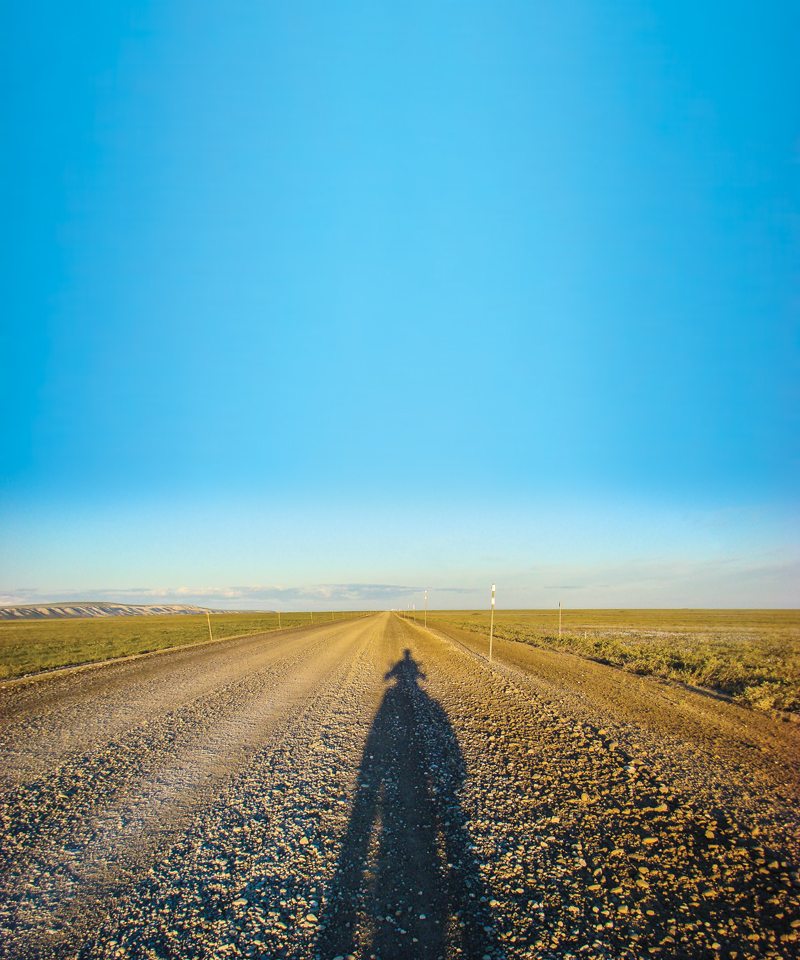
If you’re a Harley rider, you have to ride to Sturgis at least once in your life. For road race fans it’s Austin or Laguna Seca. But for adventure riders, the defining, must-do ride is the 414-mile Dalton Highway, more commonly known as the Haul Road, beginning north of Fairbanks, Alaska, and ending at Prudhoe Bay on the shores of the Arctic Ocean. While it’s legendary as one of the toughest roads in the U.S., it’s nowhere near as deadly as some people say, and you can ride it on most any motorcycle, not just a round-the-world-prepped ADV bike.
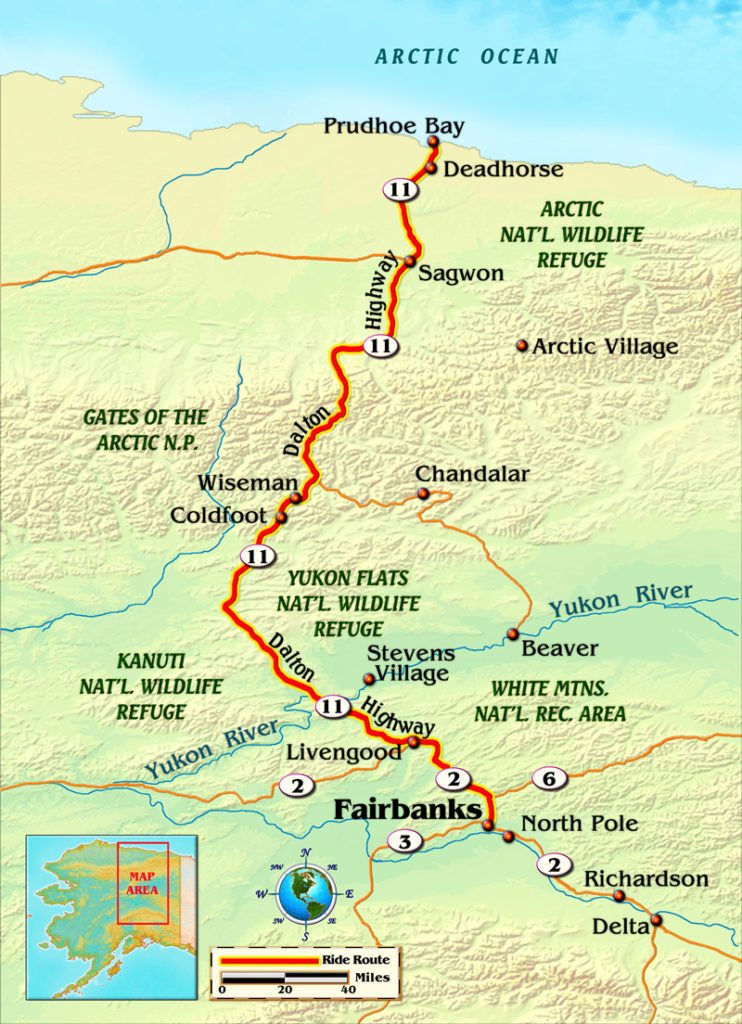
Jack Gustafson has lived in Alaska for 60 years, and has been up and down the Haul Road at least two dozen times on a variety of bikes, and at various times of the year, including once on Christmas Eve. While you can find out a lot of what you need to know to tackle the Haul Road by going online, there’s no substitute for talking to someone who’s actually done it. Gustafson has some insider information you might not find anywhere else.
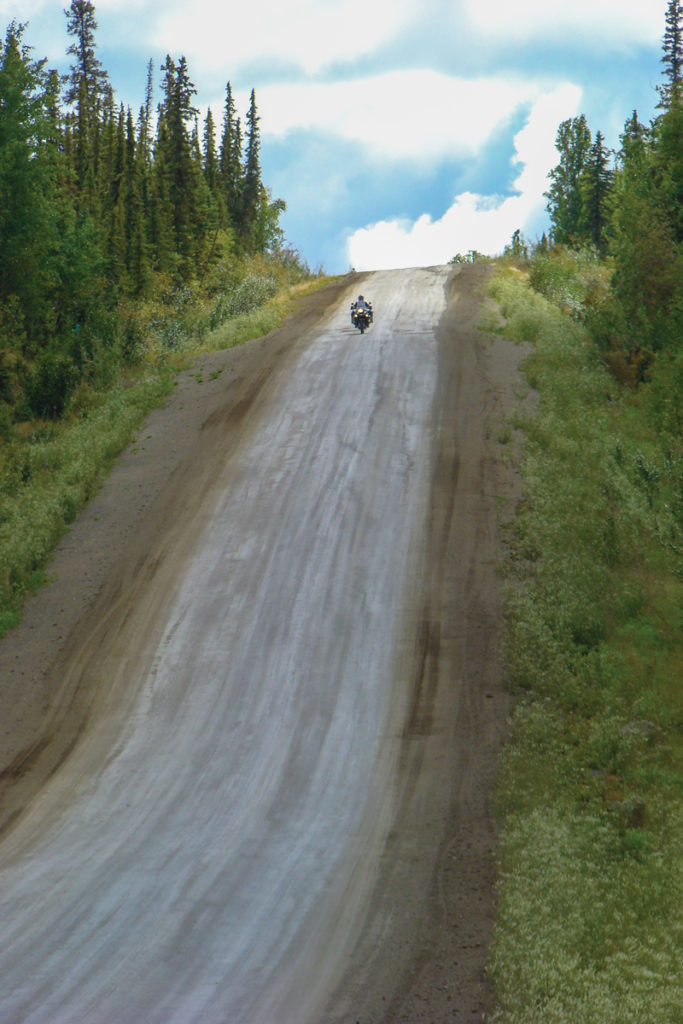
“August is generally monsoon season,” says Gustafson. ”The Brooks Range serves as kind of a barrier, and north of there the weather is more affected by the Arctic Ocean, so the seasonal change is delayed about a month. Same in the fall—it’ll stay mild up there after it starts to get cold in the interior. You can be into the monsoon season down south, and then you get up north of the Brooks Range and it’s nice and dry, because that’s basically an arid climate.
“I’d recommend the first half of June—historically the time of the best rides I’ve had up there—although anything can happen. Some riders talk about miserable conditions heading north and, after staying overnight at Deadhorse, it’s beautiful sunny weather on the way home.”
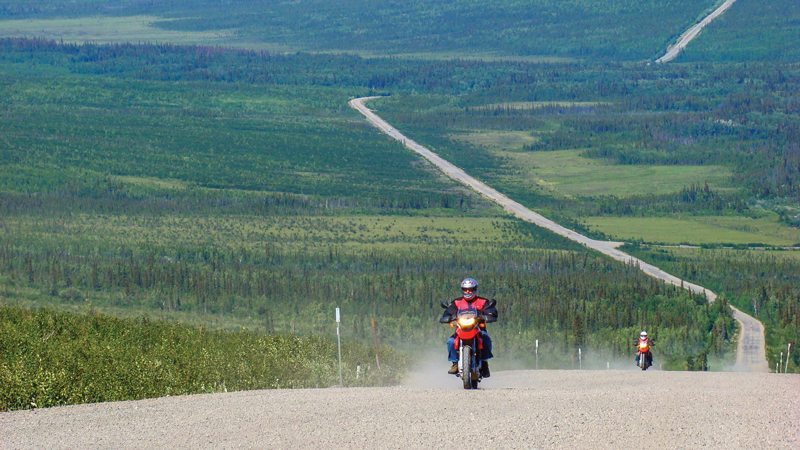
What to Ride
The bike you ride doesn’t matter much, Gustafson says, “as long as the rider is proficient. I’ve seen guys coming back down two-up on Harleys with street tires, doing just fine. I’ve seen just about every kind of bike you an imagine up on that highway.” The road takes a toll on motorcycles, though. “The calcium chloride will cake on every square inch of the bike, and sometimes the rider as well. Wet rubber cuts easier than dry rubber so if it’s raining and you’re going over some sharp rocks, there’s a good chance you can get a flat if you’re not careful. I’ve had only one flat in all my trips but I take it pretty easy when it’s wet.” Gustafson suggests renting a bike in Alaska if you’re concerned about trashing your own.
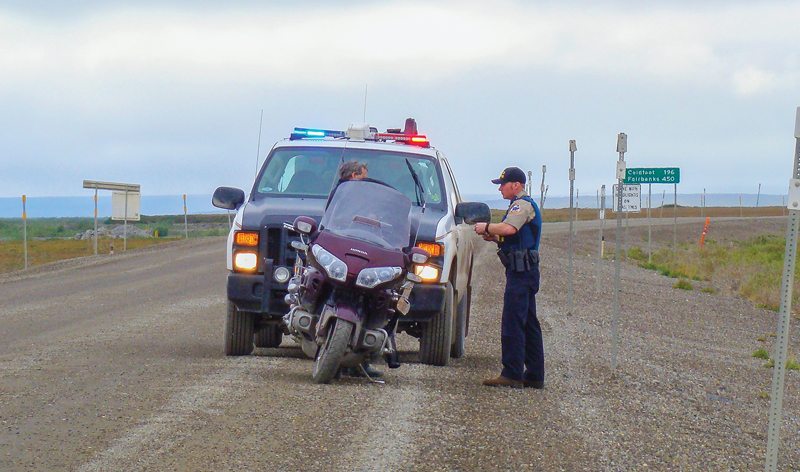
Mental Prep
“Everybody that I’ve ever been up there with has had the same reaction. They’re going up anticipating terror and feeling it, but by the time they get up there they realize hey, I made it unscathed. The trip back is always quicker than the one going up. They have at least a couple hundred more miles of gravel road experience, and it’s fresh in their mind, so they’re much more proficient on the way back. They understand you don’t get carried away and go zooming down the road. They understand caution and quite a few things they didn’t before they started.”
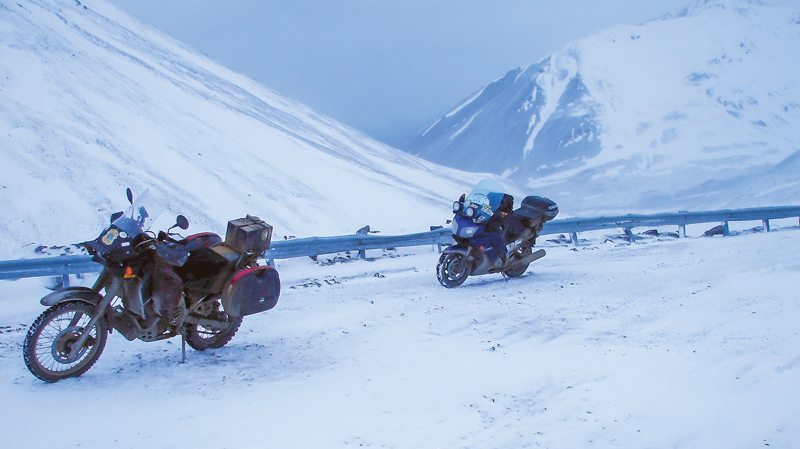
Preparing for Problems
Stuff happens no matter where you ride, but it’s worse if it happens on the Haul Road. “Make sure the bike is in good shape before you start, including a fairly new chain before you leave Fairbanks. Take tire-patching tools, and know how to use them. It’s also a good idea to leave Fairbanks on fresh tires. Take drinking water, and a small container and sponge so you can stop at a stream and wipe off your lights if necessary. That road can throw some curves at you, both literally and figuratively. People have died on that road because they didn’t take it seriously.
“You’ll almost always hit rain somewhere along the way. Rain gear is usually windproof so it also comes in handy when you get up on the coastal plain where there’s almost always a northeast wind blowing. If I’m on a bike with tubes I’ll carry spares, and I always have a 12-volt compressor with me––not just CO2, but an actual 12-volt pump.”
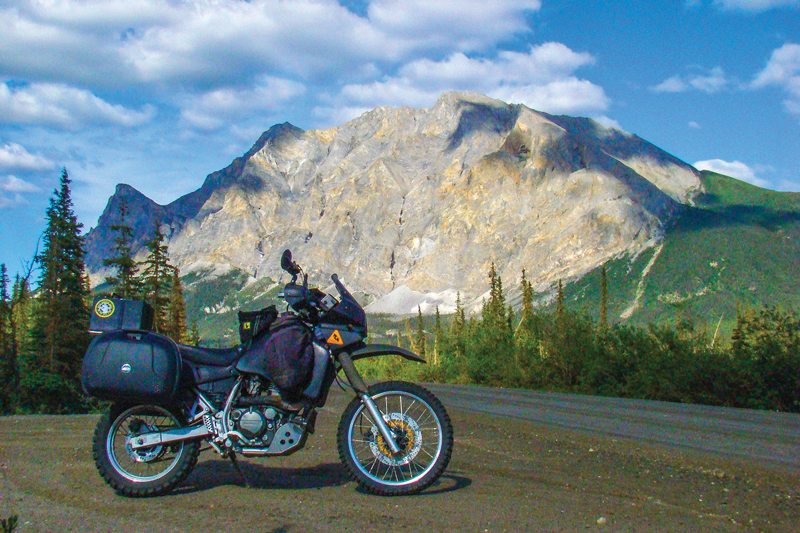
Extra fuel is a good idea, too, since there’s one 250-mile stretch of road with no fuel available. “I recommend people have more than 300 miles of gas on board. If you’re going north out of Coldfoot, for example, and you get to the tip of Ice Cut and find you can’t make it any farther because the weather is nasty, you have to turn around and go back, and that’s a 300-mile round trip right there.”
Although Gustafson has done many solo rides to Deadhorse, he doesn’t recommend it for others. “Bring a buddy. Get some practice riding dirt, mud and gravel. Practice picking up your bike. If you can’t do it on dry pavement you’ll never manage in several inches of slick mud.” He also suggests you consider a SPOT GPS tracker and a satellite phone, telling someone where and when you’re going before you leave, and checking in again when you get to Prudhoe Bay and back to Fairbanks.
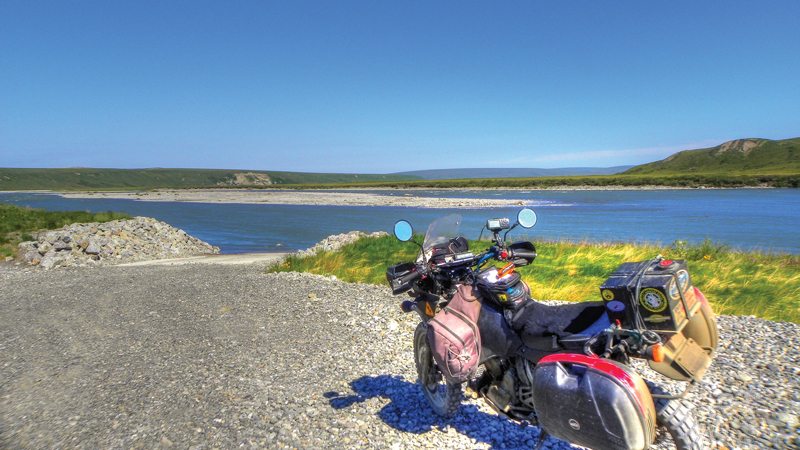
And if everything does go upside down? “Alyeska Security runs 24 hours a day. There is some traffic even in the wee hours. If you were to break down at midnight you’d get cold, but just stay warm as long as you can. I recommend taking some matches and fire starter. I also carry firecrackers with me in case a bear wants to nose around and check me out––toss out a string of firecrackers and the bear’s gonna take off.”
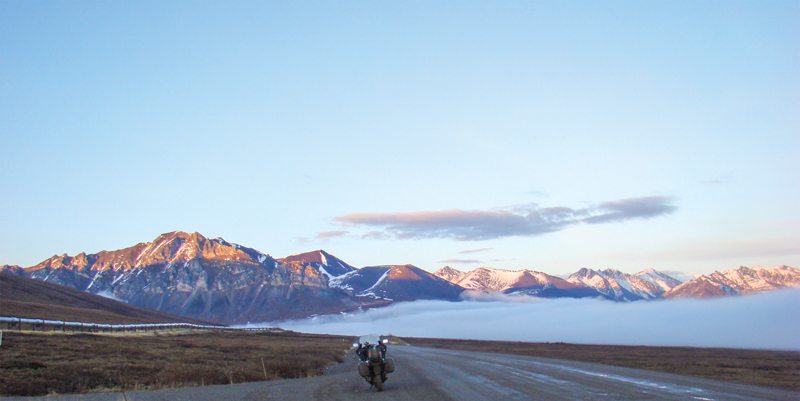
Mind Your Manners
Keep in mind where you are and why the road you’re on was built in the first place. “It’s important to remember you’re not really supposed to be on the Dalton Highway,” Gustafson says. “It was built so big rigs could deliver machinery and supplies to the oilfields at Prudhoe Bay, not for tourists. Trucks have the right of way and there’s nothing to gain by arguing the point except a quick ride into a ditch.” It’s hard to believe riders don’t notice big rigs coming up behind them, but it happens often because the road requires so much concentration. “Watch your mirrors––they’ll sneak right up on you.
“The truckers are actually pretty good. If you slow down and edge toward the shoulder well in advance so they can see you’re being cautious, they’ll slow down for you. Give them a wave as they go by. They’ll stop to help if you’re in trouble but don’t forget—they’re on the clock and you’re just out there playing. If you stick to your lane and bop along like you’re on a paved road they’re not going to waste their brakes on you. They’ll pass you hard and toss up gravel at you.”
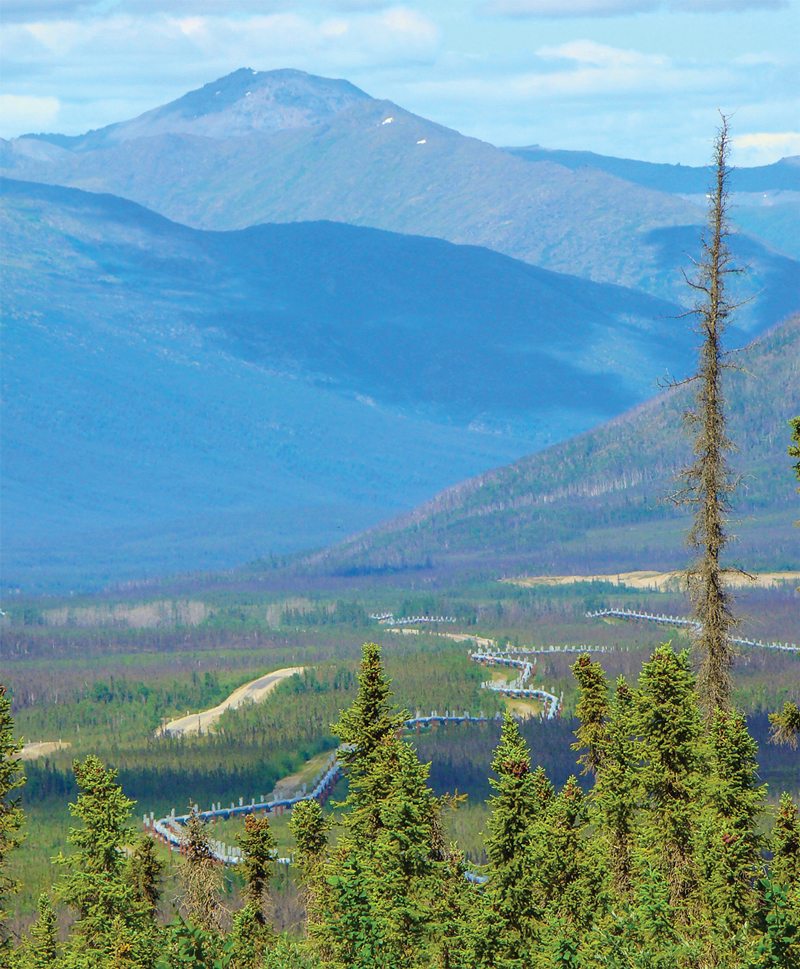
Where to Stay
On the way up, Gustafson says, “Most people aren’t going to want to stop before Coldfoot. Coldfoot has the Slate Creek Inn. I stayed there once, and that was sufficient. I prefer going another 13 miles to Wiseman where there’s a B&B. They don’t serve breakfast until 8 a.m., so if you want to get to Prudhoe for the early tour you’re pushing it, and might want to take the afternoon one. There’s also a lodge in Wiseman. Nice folks run both of them. The lodge doesn’t have breakfast but they have a nice little kitchen—no microwave, though—and you can buy groceries in Fairbanks before you head north.
“At Prudhoe you don’t absolutely have to make reservations, especially during the summer—most of the work up that way takes place during the winter when it’s frozen because you can’t get out on the tundra when it’s soft. I’ve never known the Prudhoe Bay hotel to be full, but it’s not a bad idea to make reservations anyway.”
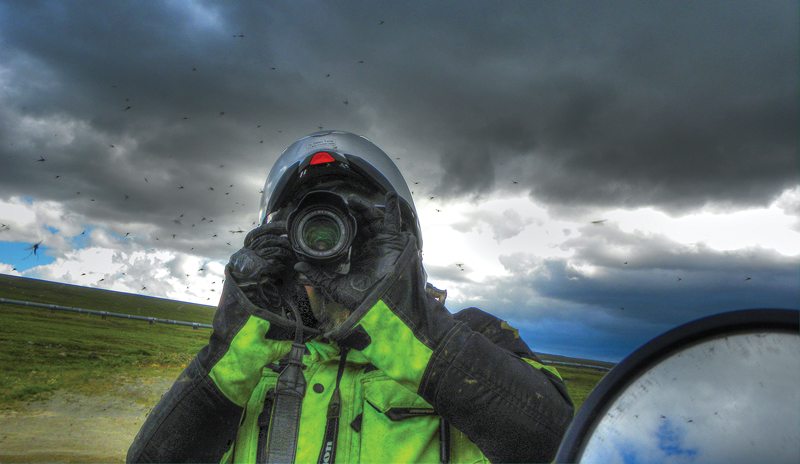
Be ready for anything from pavement to gravel to mud—and worse. “Don’t assume the road won’t change over the next rise. On a bike you can duck around a lot of potholes, but they’re always doing maintenance on some of the gravel sections, and there it’s going to be wet and mucky and slippery.” Finally, remember to stop now and then, get off the bike, and appreciate where you are—riding a road carved through one of the largest wilderness areas in the U.S., just you and your bike, the mountains and the sky. And a few trillion mosquitos.
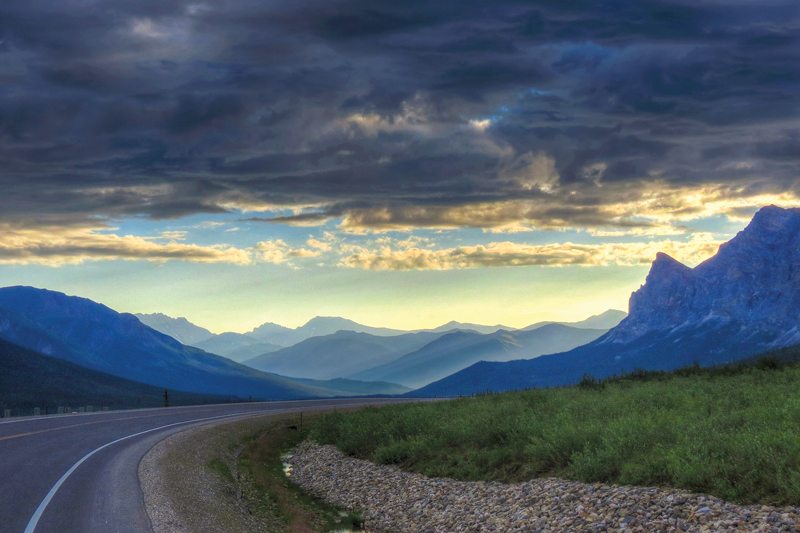
RELATED ARTICLES MORE FROM AUTHOR
Motor school with quinn redeker: which way do you lean, a scenic casa grande, arizona motorcycle ride, a michigan upper peninsula motorcycle ride in autumn, 12 comments.
Amazing. I had no idea such a ride existed. I knew about Ice Road Truckers but never considered this. It just made the bucket list and I want to do it on my Harley.
Did you ever get around to this?
Drove up in July, 2012 in a Dodge Sprinter long wheelbase. Saw caribou, swan, musk ox, swam in the Beaufort Sea and took the side trip to Manley Hot Springs.
I bet your swim in the Beaufort Sea was a quick one! I was in there myself for 3-4 minutes in 2008 and that was enough for me, plus the bus driver was in a hurry to get us back to Deadhorse.
Did this ride twice from Florida on a…wait for it…scooter. Highly recommended it is an incredible experience that will stay with you for years. Hpoing to do it again soon, probably on a motorcycle but I haven’t ruled out another scooter.
Thinking about riding up next year early spring any and all information would be appreciated
Awesome article! I consider myself a get by with what you have kind of a guy. I have strong belief that you don’t have to have the perfect tool to do the job. Of course it would be great to have a beautiful KTM. But, I am about to retire and I have an 01 SV650 and a 75 Ducati Bevel Twin. After reading this very fine article I am now inspired to give it a shot on the SV650. A fairly simple machine. My plan was to consider a new set of tires at Fairbanks, just as you have mentioned. Switch the road tires with an Adventure tire, or closely related. That would be much less expensive than a new bike. Thanks again for this inspiring article!
I had a KLR 650 years back and went all over the US with it. I’m sorry I never did this run
Where do I get more info may be doing it in 2023 need more gas and lodging info please.
there isn’t a ton of good info about this run, there is however alot of fear mongering. i have read some sites and by their account, no one besides army tanks should go up there. this article is really about all you need. Make sure there are no obvious weak spots on your bike and have fresh tires. extra gas is a must for most motorcycles, unless you have an adventure rated big bike (bmw r1250gs adventure has a 7 gallon tank!!) as the article says, setup your bike to make 300+ and you should be ok… I’m on advrider.com, as R12pathfinder and advrider has alot of experience and information. catch up to me there if you wish.
Buy, “The Milepost” for the whole trip through Canada and Alaska. The Dalton Highway is described mile by mile.
wanting to do this and lots of other roads in alaska 2024 summer on a harley ,i have about 3 months to wander around and take my time . loved it up their in 2023 summer ,travelled 10,000 miles in usa this summer on a harley ,looking forward to alaska then canada
LEAVE A REPLY Cancel reply
Save my name, email, and website in this browser for the next time I comment.
CURRENT ISSUE
News & reviews, fasttrack riders track day at laguna seca, march 16-17, 2024 moto guzzi experience tour schedule, suzuki national demo tour schedule announced.

- 7760 France Avenue South, Suite 810 Bloomington, MN 55435
- Phone: (763) 383-4400
- Subscribe to Rider Magazine
- Subscribe to Rider eNewsletter
- Contact Rider
- Advertise With Us
- Privacy Policy
© 2024 - Rider Magazine. All rights reserved.
- Los Angeles, CA
- San Francisco, CA
- Portland, OR
- Anchorage, AK
- One-Way Rentals
- Transporter Specials
- TERMS & CONDITIONS
- PRIVACY & COPYRIGHT

Alaska Motorcycle Tours and Rentals
MotoQuest has been providing Alaska motorcycle tours for over 20 years. From fully guided Prudhoe Bay Adventures to do-it-yourself self-guided rental holidays, MotoQuest has all the bases covered. Our Northern fleet is comprised of Suzuki V-Strom 650s and dual sport ready BMW GS motorcycles. Our motorcycles are modern, expertly maintained and outfitted with everything you will need in this diverse and challenging region. For peace of mind every rental comes with 24/7 roadside assistance via a national hotline and comprehensive insurance. Come ride the last frontier under the Northern Lights!
Contact Us!

PRUDHOE BAY ADVENTURE

NORTH TO ALASKA ADVENTURE

ALASKA NORTHERN LIGHTS ADVENTURE

BEST OF ALASKA ADVENTURE

ALASKA BACKCOUNTRY EXPLORER

REQUEST A CUSTOM TOUR

CASSIAR ADVENTURE

ALASKA KENAI PENINSULA

ANCHORAGE, ALASKA
Motorcycle rental.
4346 Spenard Rd Anchorage, AK 99517 Phone: 1(907)-272-2777 Toll Free: 1-800-756-1990
Contact a Rental Agent
Rental and self guided customers from our Anchorage Alaska rental facility will enjoy unparalleled support before during and after their rental. Book a rental with MotoQuest and receive a complimentary trip planning session with one of our guides to get the most out of your adventure. Whether you are looking to ride to Prudhoe Bay and Deadhorse up the Dalton Highway or explore the Denali National Park region MotoQuest will ensure a great experience. From the Kenai peninsula to the Haul Road no one knows Alaska like our guides.
Alaska Tours and Rentals Gallery
Read what our customers have to say....
True adventure and great tour of Alaska. The guides knowledge of planned stops at places with wonderful locals made the trip. These are people I would never have met or heard their stories. Will never forget.
- P Gibbs - Prudhoe Bay Adventure 2014
In 2006 I rented a motorcycle and I rode around Alaska for eight glorious days on my own and with a tent. I love riding motorcycles and I really wanted to see Alaska. I couldn't get enough time away from work to ride my bike all the way to Alaska, so Alaska Rider Tours (MotoQuest) was the perfect answer to my problem. They were very helpful and courteous.
- K Wright - Anchorage Alaska Motorcycle rental
Interested in joining us on one of our motorcycle adventures, or renting one of our bikes to go on an adventure of your own? Fill out the information below, and one of our MotoQuest experts will get back to you.
First Name:
Your phone number:, your email address.
How would you like to be contacted?
Email Phone No Preference
If you chose phone, when would be a good time for us to call?
Your Question:
Tell us what you would like to know more about so we can assist you better
Would you like to receive our newsletter?
Your First Name (required)
Your Last Name (required)
Your Email (required)
Destination
Custom Tour Start
Custom Tour End
Number of Riders
Tell us about what you want to do and see on your custom tour!
Your Question
Subscribe to our mailing list
Please fill out the form below and a MotoQuest representative will get back to you as soon as possible. Or, feel free to call us at 1 (800) 756-1990.
Your Phone Number
Your Message
Are you interested in a tour or rental?
Tours Rental Both
Road Trip Alaska: A Guide From Seattle To Anchorage
Driving to Alaska can be done, and while it takes some preparation, it will lead to the trip of a lifetime if you follow the essential tips.
Read update
Consider Taking The Alaska Marine Highway
Quick Links
Driving to alaska: what to consider, planning the trip, best routes to take from seattle to anchorage, take it all the way to the arctic ocean, bypass canada entirely.
This trip is tailor-made for the bold, brave, and adventurous spirits out there. While many prefer to fly into Alaska and observe its untamed wilderness from the air, others question whether or not they can drive straight through it. In short? The answer is yes - and those who have the chance should absolutely consider it.
Getting there, though, takes a bit of planning, including when it comes to crossing the border in order to do so. With that being said, the trip is one for the books and would make a truly breathtaking addition to anyone's travel bucket list. Here's where to start the adventure of a lifetime (and the adventure of two lifetimes if one goes all the way to Prudhoe Bay by the Arctic Ocean).
UPDATE: 2023/02/05 17:19 EST BY AARON SPRAY
In addition to all the land routes discussed in this article, there is another option to take the Alaska Maritime Highway from Washington state to Anchorage. This bypasses Canada entirely. This route has the advantage of exploring the Alaskan Panhandle and enables people to explore Alaska on a road trip with their private vehicle even if they are not able to enter Canada for some reason.
UPDATE: 2022/09/24 16:07 EST BY AARON SPRAY
Alaska arguably offers the penultimate road trip in the United States - especially when the trip starts in the Lower 48 and drives up through Canada into America's wildest state. This article was updated with present-day corrections and to suggest the ultimate Alaskan road trip all the way up the Dalton Highway to Prudhoe Bay.
The road trip to Alaska is one that requires effort, endurance, and patience. It's not a short road trip by any means and may take travelers up to three weeks to complete in full, depending on where they're starting from. Most people consider the trip in the first place due to its unique scenery and undeniably beautiful landscape - and for some, these, alone, are reasons enough to commit.
For others, the payoff might be worth the effort, especially when the driving is split between multiple people. Still interested? Start here...
There are two main points of descent when it comes to driving to Alaska. Basic geography tells us that Alaska borders Canada's Yukon territory ; travelers can surmise from this that international travel will be part of their journey. Therefore, this is what one requires to be prepared for border crossings:
- A valid enhanced driver's license (EDL) or valid passport for those living in the U.S.
- A copy of the itinerary, including any proof of hotel bookings, paid excursions, or tours to prove the reason behind traveling.
- Health certificates and other vaccine documents for pets, if traveling with any.
- A negative COVID test or proof of full vaccination for current restrictions at the time of writing.
Travelers should be aware that a majority of the drive consists of a Canadian landscape. With that being said, crossing the border is unavoidable, but there are two ways to travel through it.
Start From Seattle, Washington, And Drive Through British Columbia
This is a longer trip and those who opt for proper sightseeing might want to plan a full month on the road. The payoff in doing so, however, will make for a scenic and utterly stunning road trip. Starting from the major Washington city of Seattle, drivers will traverse the entirety of British Columbia before reaching the border of Yukon Territory, from which the Alaska Highway will bring them to the East coast of Alaska. From that point, the closest major city is Anchorage.
- Note: Although Juneau pops up as the closest city in Alaska, it's the only state capital that one cannot reach via car alone . A ferry is required to reach this city - cars can be brought over with prior reservation.
Related: When Visiting Juneau, You're Not Going To Want To Miss Out On These Attractions
From Within Canada's Borders
To shorten the trip, many might consider starting their trip from Canada. The only way to do this and save time is to book a flight into Canada, preferably into British Columbia. This, too, will require a passport since it still involves crossing an international border (an EDL does not suit the travel requirements for air travel).
How Long Will It Take?
On average, depending on the time of the year, the time it takes to travel on the road from Seattle to Alaska is about one week. However, this does not include stops for sightseeing or days in between with no road travel.
- Distance: 2,315 miles
- Time: ~ 43 hours
This travel distance can be split however a traveler wants. For example, if six hours are spent driving each day, the time it will take to reach Anchorage from Seattle will be about 8 days, with the final day being a short day on the road.
There are several different route combinations that can be taken from Seattle to Anchorage. No matter which city or region one wishes to explore in Alaska, having the destination of Anchorage as a central starting point is beneficial.
Cassiar Highway: Remote But Beautiful
Those who don't mind a shorter, but much more remote drive, can take the Cassier Highway through Canada. Starting from Seattle, drivers will follow the Trans-Canada Highway through Vancouver until reaching Cache Creek. Here, they will stay due north on Highway 97 before reaching the Yellowhead Highway in Prince George. From there, Highway 37, AKA Cassiar Highway, will take them through British Columbia to the Alaska Highway in Yukon (where the route is the same no matter which way route one starts out on).
West Access Route: Straight-Forward And Simple
Whereas one would take Highway 37 in Prince George, the West Access Route requires that travelers continue on to Dawson Creek via Highway 97.
Optional: East Access Route
This route is strictly for those coming from anywhere but the West Coast. In order to take this route from a Pacific Coast state, one would need to go incredibly far out of their way to travel through Calgary or the Canadian Rockies. Those traveling this route will make their way to the Red Deer Expressway following Calgary, drive north of the Canadian Rockies, and make their way to Dawson Creek and the Alaska Highway in Yukon.
Related: So Just How Accessible Is The Remote Alaskan Hinterland?
Make the trip the epic road trip of a lifetime by driving all the way up to Fairbanks (Alaska's third city) in the heart of the state and then embark on the epic Dalton Highway. While the routes from Seattle to Anchorage are all-weather and well-maintained, Dalton High requires some planning .
- Length: 414 Miles
- Connects: Fairbanks With Prudhoe Bay (Arctic Ocean)
- Open: Year-Round
Some readers may be familiar with the Dalton Highway as it was featured in the TV show Ice Road Truckers. This is a long (and dicey) 414-mile stretch of lonely road through the remote Alaskan wilderness (pretty much the definition of "the middle of nowhere").
Drivers of this road will need to plan ahead as there is a 240-mile-long stretch of road where there are no services of any sort. Be sure to pack all the necessities (spare tires, food, water, extra fuel, repair kits, blankets, bug spray, etc.).
The highway was only opened to the public in 1994 and was built for Alaska's petroleum industry. It was built by the Alyeska Pipeline Service Company to service the large Prudhoe Bay Oil Field on Alaska's North Slope.
It may come as a surprise to many, but it is also possible to entirely bypass Canada and get to Anchorage directly from the Lower 48. The Alaska Maritime Highway runs from Seattle and connects just about every city and town along the Alaskan coastline (including the capital Juneau and the historical Gold Rush town of Skagway) all the way to the Aleutian Peninsula.
The Alaska Maritime Highway may be a network of ferries, but it is part of the United States National Highway System and receives federal funding.
Naturally, if one's intention is to have a road trip from Seattle to Anchorage, taking a ferry the whole way kinda takes the road-tripping part out of the road trip. But if one would like to have a road trip in Alaska with one's own car but is unable to enter Canada for whatever reason, then the Alaska Maritime Highway may make sense.
The Alaska Maritime Highway is also the only way to get to the Alaskan capital, Juneau, by car. Note that these ferries are not cheap. It costs around $1,600 to take the ferry from Washington to Juneau by car.
DIY Guide To Planning Your Motorcycle Trip to Prudhoe Bay, Alaska
The Dalton Highway (Haul Road) is the furthest northern highway in the world and is a mecca for all adventurers who love two wheels underneath their crotch. Taking your motorcycle to Prudhoe Bay is a must-do bucket list item for most motorcycle lovers and the good news is that you can plan the whole trip yourself. I’ve shared with you the itinerary that I used for my trip to Deadhorse (Prudhoe Bay) in the summer of 2023. Included are campsites and even a rental company if you need a bike,

Renting Motorcycles in Alaska
If you’re one of the unfortunate souls who hasn’t made the leap to calling Alaska home, don’t worry, you can rent a motorcycle in Anchorage. The company I am most familiar with is MotoQuest. They are professional and have a large collection of Adventure BMWs to choose from. They do charge an extra fee if you’re going to Prudhoe Bay but the bikes are in excellent condition and you can rest assured your machine will make it there and back.
Dalton Highway Road Conditions
Long fabled as the roughest road in the world, the Dalton Highway was built to support the oil industry located on the North Slope. If you didn’t know, this is the largest petroleum reserve in North America and her extraction is vital to the success of the American people.Between 1974-1977, the Alyeska Pipeline was built from Deadhorse, AK to Valdez, AK. Cutting across the remote interior of Alaska and the awe-inspiring Brooks Range, this is truly a man-made wonder of the world. The Dalton Highway parallels the pipeline and is kept open 12 months of the year to support the oil operations.
As of 2023, the road is in relatively good condition. Pavement exists in the harshest areas and the constant vigilance of maintenance keeps the dirt sections relatively tame to drive on. There is heavy truck traffic but the drivers are ready for the motorcycle traffic and are, dare I say, gentlemen to us two-wheeled maniacs. As long as you are an experienced driver, you will be able to handle the road. The beefy suspension found on adventure bikes will help absorb the frost heaves and potholes which exist in such numbers that it is impossible to dodge them all.
Anchorage to Prudhoe Bay Day-By-Day Itinerary
I did this trip in 7 days, driving faster and further on the return trip and taking 4 days to get to Prudhoe Bay from Anchorage. But with this itinerary, you will be able to plan your own adventure and take as few, or as many days as you want to.
Night 1: Denali National Park
A beautiful half-day river north of Anchorage, this national park is worth the stop, especially if the weather is good. Only 30% of tourists ever get to see the mountain Denali. You will need reservations if you want to camp inside the National Park. Follow this link to reserve a Denali Campsite .
There is also a state park close by, free BLM land, and hotels, depending on the level of comfort and budget you are looking for.
Night 2: Five Mile campground
As its name implies, this campground is 5 miles north of the Yukon River. There is a large sign on the highway and it’s absolutely massive in size. The BLM must have clear cut a couple acres for people to camp on and you will find a campsite. Also, there’s no fees for using the facilities which include a pit toilet and well water.
Night 3: Lake Galbraith campground
Another BLM campground located on the northern edge of the Brooks Range. This will most likely be your first encounter with the legendary mosquitoes of the arctic. Haha, enjoy that.
There is a pit toilet and campsites spread out. There is no fee station for this location.
Night 4: Deadhorse, AK
Find yourself a hotel for a night in Deadhorse. There are no campgrounds and the mosquitoes are oppressive enough to make even the stingiest traveler open his wallet. If you want to sqim in the arctic, you will need to book a tour. Deadhorse Camp is the tour operator in the area and they provide a good tour and towels for your arctic dip.
Night 5: Night 3: Marion Creek campground
Located just north of Coldfoot, AK, this campground is nestled in the heart of the Brooks Range. There is a fee for camping here and you get a pit toilet, a fire ring, and some spots even have a platform for a tent. https://www.blm.gov/visit/marion-creek-campground
Night 6: Healy Alaska, State of Alaska Land
The town is surrounded by public land and there are a number of camping spots hidden from view. We followed Otto Lake Rd and made the first left turn onto a dirt road. This land is actually owned by the State of Alaska (other blogs claim it’s BLM). But you can camp on state land. In fact, if you follow any dirt road in Healy, you will probably find yourself on state land. Unless there is a sign saying otherwise, you can camp.
Top-5 Motorcycle Routes Around Seattle
Jun 20, 2021
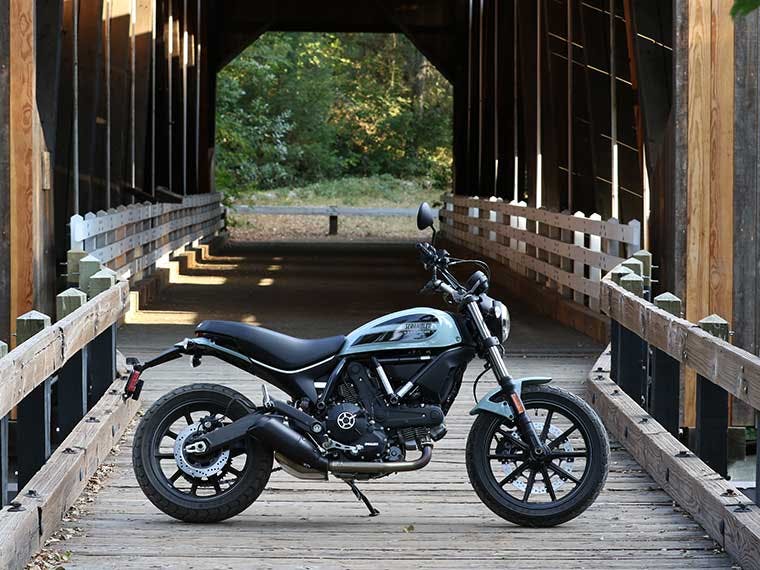
Seattle is a diverse city. Not only is it the birthplace of musical icons such as Nirvana and Pearl Jam , it’s an industrial hub for world trade. It’s also the cultural and artistic hub of the Pacific Northwest. Seattle blends industry and culture to create a casual, but still cosmopolitan environment. It’s also the perfect place to explore behind the handlebar of a motorcycle.
Of course, it rains a lot in the Pacific Northwest. But it’s that very rain that creates unparalleled natural beauty. Outsiders would be remiss if they didn’t take advantage of seeing this vibrantly green scenery. Take the opportunity to explore at least one of the scenic motorcycle routes the surrounding area offers.
All of the routes listed below are for more experienced riders and run at least 200 miles, so be prepared for some serious riding!
1. Cascade Loop
Two or three-day trip — 444 miles
The Cascade Loop is an absolute must-see route. Featuring lush forests, orchards, vineyards, mountain peaks, valleys, deserts, waterfalls, and island communities, take this counterclockwise route to see breathtaking views and experience nature at its most serene and beautiful.
This trip is longer than most listed here, but definitely worth it. You will want to split this trip into at least two or three days, as it runs for about 444 miles. The Cascade Loop starts in Seattle North Country.
From the city, take Interstate 5 north to the shores of Puget Sound about a 1.5 hour away, to Mukilteo. From there, take Highway 2 east until Wenatchee. About halfway to Wenatchee, you will see the mind-blowing views of the 4061-foot Stevens Pass.
After Stevens Pass is the town of Leavenworth. Located in the Cascade Foothills, Leavenworth is home to all things Bavaria: food, architecture, breweries, and a fast-growing wine industry. But before you arrive in Leavenworth, take advantage of the many designated pull-outs to gaze at the views and take wall-worthy photographs.
Next, you will take Highway 97A, but first, stop in Wenatchee, the Apple Capital of the World. Once on 97A, you will want to see Lake Chelan, and the 275 acres of vineyards and 37 wineries along this route. After Wenatchee and Lake Chelan, head north on Highway 153 until it meets Highway 20 just before Twisp.
A mandatory stop is at the North Cascades National Park. This awe-inspiring natural wonder is home to over 300 glaciers, mountain peaks, valleys, and waterfalls.
The second-to-last-leg of this route features the historic logging town of Sedro-Woolley. Be sure to visit during Independence Day week to experience the bluegrass bands, fireworks, and the logging and chainsaw carving contests. Finally, continue on Highway 20 circling back to Mukilteo (you will take the ferry), and take I-5 back south to Seattle.
It is important to note that due to large amounts of precipitation in winter, Highway 20 will be closed from milepost 171 to 134 every year between late November through late April.
2. Leavenworth Day Ride
One-day trip — 289 miles
If the Cascade Loop is too much or too long, Leavenworth Day Ride offers a more bite-sized version—it’s 289 miles long, but can be accomplished in a long day of committed riding. On this route, you will experience Snoqualmie Falls, the foothills of the Cascade Mountains toward Leavenworth. Leavenworth is the quaint mountain town mentioned in the previous route. Formerly a logging town, it was remodeled into a Bavarian-style town featuring traditional German cuisine, art, and drinks.
Take I-90 east until it connects with Highway 97. From Seattle, it should take a little over two hours to reach Leavenworth. If you have the time, visit the Okanogan- Wenatchee National Forest just off Highway 207, which boasts over 4,000,000 acres of caves, hiking trails, and mountain bike trails.
When you are ready to return, you will take I-90 through the Snoqualmie Pass back to Seattle. Although shorter than the Cascade Loop trip, the Leavenworth Day Ride offers the same picturesque and awe-inspiring scenic ride.
3. Puget Sound Day Ride
One-day trip — 217 miles
The Puget Sound Day Ride offers an adventure a little further west of the Cascade Loop. It has everything a sight-seeing tour should: mountain peaks, lush forests, and serene coasts.
Start by crossing the Tacoma Narrows bridge and through farms and tiny villages on the Kitsap Peninsula. Shelton, two hours outside of Seattle, features great shopping and dubs itself the “Christmas Tree Capital.” Next is Hood Canal, a scenic inlet. Be sure to stop in Port Townsend for lunch or a snack. Port Townsend is known for its fresh local seafood and the quaint downtown district with Victorian-style buildings from the 1800s.
Ride to Bainbridge Island, hop on the ferry to Puget Sound and back down to Seattle. Motorcycles are allowed on the ferry and are first-on, and first-off. This cuts wait time in half. Be sure to bring money for each vehicle.
The Puget Sound Day Ride is a perfect ride to see picturesque mountains, lush valleys, and serene coastal waters, and all in a manageable length too! This route runs 217 miles and can be accomplished in a day.
4. Mt. Rainier
One-day trip — 221 miles
If you’re looking for great views and twisty roads, the Mt. Rainer day ride is the perfect one-day trip, at 221 miles. Locals suggest starting in Enumclaw, approximately 43 miles and 1.5 hours east of Seattle. To get there from Seattle, take I-5 S then WA-164 E. From Enumclaw, take Highway 410 to arrive at the Chinook pass; this is where you’ll experience an incredible view and fun twists in the road.
Once you’re finished there, go back to take Highway 123 south to the Stevens Canyon entrance to Mt. Rainier National Park. You will wind around the Ohanapecosh River and up Stevens Canyon Road, experiencing some exciting yet sharp switchbacks with grand views. As you near the top of the road, take time to stop and soak in the scenery.
Of course, you can’t miss seeing the highest peak of the Cascade Mountains: Mt. Rainier. Reaching 14,411 feet in elevation, Mt. Rainier is a dormant volcano with a dome-shaped peak surrounded by rivers, lakes, canyons, and waterfalls.
There is also a ranger station offering great backdrops for photos. Head down to Longmire Lodge and the old hot springs. If your legs need stretching there is a walking trail about a mile long. Exit the park and make your way to the town of Elbe to eat at either the Mt. Rainier Railroad Dining Co.tc, Elbe Tavern, or Scaleburgers.
5. Car D’Alene
Two-day trip — 405 miles or 311 miles
If you’re a classic car enthusiast and have a couple days to travel, an absolute mandatory ride is to the Car D’Alene— a festival in the northern Idaho town of Coeur d’Alene, 330 miles east of Seattle. This route should take you about two days to complete. The festival itself happens every year in June and features pre-1975 cars and trucks for show and on the streets.
To get there, you will head East towards the Northern Cascade Mountains, just south of the Canadian border. There is the longer scenic route (405 miles, 7 hours 39 minutes), or the slightly shorter route (311 miles, 4 hours 48 minutes).
The longer scenic route takes you on the Cascades Scenic Highway (Highway 20) with gorgeous views and various places to stop, refresh, and stretch your legs. Take I-5 North to WA-530 E/State Route 530 in Snohomish County. From there follow WA-530 E/ State Route 530 NE to WA-20 in Rockport. Continue on WA-20 E. Take WA- 153 S, WA-174E, US-2 E and I-90 to Northwest Blvd. in Coeur D’Alene. Take Exit 11 and follow Northwest Blvd. to E Sherman Ave.
For the shorter route, you will want to take I-90 east to Northwest Blvd. in Coeur d’Alene, then take Exit 11. Follow Northwest Blvd. to E Sherman Ave. To return to Seattle, go back the same way you came, or take the other route.
If you're taking the longer route, you should stay overnight. We suggest stopping in Winthrop, a town that appears like its from the 1890s— complete with wooden boardwalks, interesting shops, restaurants, bakeries, and pubs. Don’t let the casual feel fool you, there are upscale dining experiences as well. Winthrop features all kinds of lodging including hotels, resorts, campgrounds, and bed and breakfasts.
Now that you’ve seen just a few of the scenic options available to you, book a flight and let Riders Share help you find the perfect motorcycle.
Related Articles
Weekdays: 8-8 CDT Weekends: 9-8 CDT
Popular Areas
Popular brands.

FBI tells Alaska Airlines passengers they may be 'victim of a crime.' Here's the latest on Boeing's ongoing problems.
T he FBI is investigating the Alaska Airlines flight in January that saw a door plug blow off the plane midflight — and has told passengers they may be “a possible victim of a crime.”
🚨 What just happened?
The incident took place on a Boeing 737 Max 9 plane, which allegedly had missing bolts that contributed to the door plug blowout. The panel flew off while the aircraft was at an altitude of about 16,000 feet.
Days after the blowout, dozens of passengers from the flight filed lawsuits against Boeing. In March, Boeing and Alaska Airlines separately denied legal responsibility — despite Boeing CEO Dave Calhoun telling CNBC that the incident was “our mistake” — and asked for the cases to be dismissed.
Mark Lindquist, an attorney representing 27 of the passengers, told CNN that his clients started receiving the letters from the FBI’s Seattle office on March 19.
The investigation adds to the growing list of legal issues Boeing is facing. The Federal Aviation Administration and the National Transportation Safety Board have also launched their own probes into the company, which is one of the world’s largest aerospace manufacturers.
🗓️ Let’s rewind. How did we end up here?
The FAA’s 737 Max production audit finds multiple instances where Boeing allegedly did not comply with manufacturing quality control requirements.
In two separate incidents, a Boeing 777-200 loses a wheel during takeoff from San Francisco and a Boeing 737 skids off the runway after landing in Houston.
The next week, a prominent Boeing whistleblower — former employee John Barnett — dies by suicide while in Charleston, S.C., for a deposition for a lawsuit against Boeing.
A Boeing 787 Dreamliner nose-dives during a flight from Sydney to Auckland, New Zealand, injuring at least 50 people, on the same day a Boeing 777 flight from Sydney is forced to turn around due to a maintenance issue.
Another Boeing 777 is forced to make an emergency landing at Los Angeles International Airport after pilots report a flat tire.
A Boeing 737 that took off from San Francisco later that week is found to be missing a panel during a postflight inspection.
On Friday, Boeing sues Virgin Galactic , accusing it of stealing trade secrets.
Whistleblowers, nosedives and a DOJ investigation: Read more about Boeing’s March mishaps on Yahoo News
February 2024
The NTSB publishes a preliminary report that found the Alaska Airlines flight was missing four key bolts, which is why the door plug blew out.
January 2024
Alaska Airlines Flight 1282 experiences a door plug blowout midflight. The FAA subsequently grounds all Max 9 aircraft to investigate.
Read more from BBC News: Passenger describes being on Alaska Airlines Flight 1282
December 2023
Boeing urges airlines to inspect all 737 Max jets for potential loose hardware in the plane’s rudder control systems.
August 2023
Boeing reports a supplier quality issue with 737 Max planes involving improperly drilled holes.
October 2022
The FAA tells Boeing that some documents submitted for the certification review of the 737 Max 7 are incomplete.
China’s aviation regulator claims there are major safety concerns with the Boeing Max jets.
November 2020
The FAA allows Boeing 737 Max planes to fly again.
September 2020
An 18-month-long investigation by a House of Representatives panel concludes that Boeing failed in its design and development of the Max aircraft and was not fully transparent with the FAA.
Read more from Reuters: U.S. lawmakers fault FAA, Boeing for deadly 737 Max crashes
January 2020
Boeing suspends all 737 production.
Ethiopian Airlines Flight 302, a Boeing 737 Max 8, reports a “flight control” problem to the control tower one minute after taking off from Bole International Airport in Addis Ababa, Ethiopia. The plane crashes six minutes after takeoff, killing all 157 people on board.
China decides to ground all Boeing 737 Max planes. The FAA follows.
November 2018
The FAA and Boeing announce they are investigating software and design changes on all 737 Max planes following the Lion Air crash.
October 2018
Lion Air Flight 610, a Boeing 737 Max aircraft, crashes 13 minutes after takeoff from Soekarno-Hatta International Airport in Tangerang, Indonesia. All 189 on board are killed.
⚖️ Boeing had problems for years. Why are they being investigated only now?
“We’ve known [about Boeing] for five years,” Mark Pegram, father of one of the Ethiopian Airlines flight victims, told NPR in March. “I think the rest of the world is finally waking up to it, that these weren’t just isolated incidents.”
Boeing has paid billions of dollars in settlements since 2018, and the company and its leaders entered into a deferred prosecution agreement in January 2021 with the Department of Justice that has helped them avoid criminal prosecution so far.
Boeing paid $1.77 billion to compensate airline customers, $243.6 million as a criminal fine and $500 million for a compensation fund for family members of crash victims, CNN reported .
A yearlong FAA-commissioned panel review was critical of the safety culture at Boeing, and found that executives and employees were not aligned with what the safety standards were, according to a report from February. The investigation also found that many employees were afraid of retaliation for speaking up.
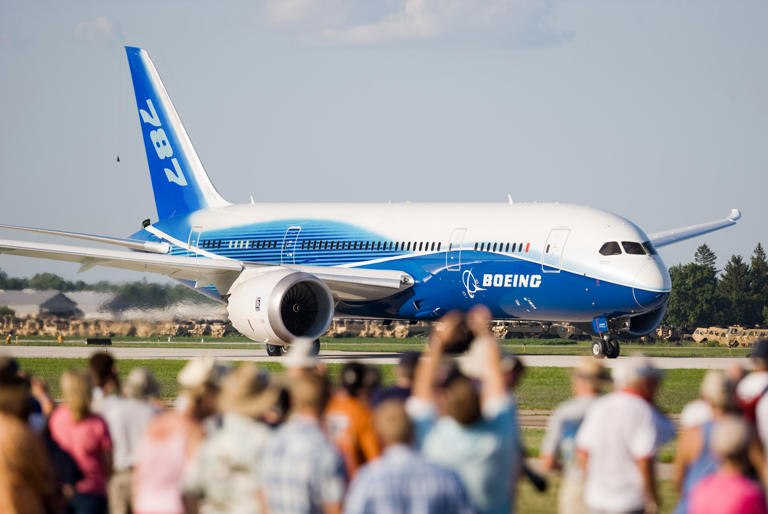

IMAGES
VIDEO
COMMENTS
Seattle to Alaska / MotoGeo Routes. Follow our epic adventure route from Seattle, Washington through Canada to Anchorage, Alaska, stopping to see a few bears on the way! This is the route we took on our epic journey on a Honda Africa Twin from Seattle, Washington to Anchorage, Alaska. We had 6 days and travelled almost 2,500 miles, seeing bears ...
NORTH TO ALASKA ADVENTURE. Ride the famous Alaska Highway! This 2,800-mile north to Alaska motorcycle tour on paved roads that starts in Portland, Oregon and travels through western Canada to Anchorage, Alaska. Enjoy a 11-day, fully supported, trip of a lifetime with postcard scenery around every turn. This ride offers especially good wildlife ...
The Ultimate Experience. Alaska Gold Rush - Exclusive H-D Pan America Guided Tour. Guided. Seattle , WA. 15 Days/ 14 Nights. Starting At. $5,460. View Tour. Alaska Explorer - H-D Pan America 7-Day Guided Tour.
This will make your Motorcycle Alaska Highway Trip successful. 8. Be aware of the road restrictions. Some sections of the Alaska Highway have weight and size restrictions. Make sure you are aware of these restrictions and that your motorcycle is compliant. Also, be aware of the Dalton Highway, which is a gravel road that runs parallel to the ...
From two years prior to leaving on a 10,276-mile, 10-week Alaska journey until returning home, here's a little of what I learned. After taking a refresher MSF RiderCourse and test riding several ...
According to various online sources, the best time for your motorcycle trip through Alaska is from mid-June to mid-July, where there are fewer chances of rain, and the temperatures range from 60 degrees Fahrenheit to 80 degrees Fahrenheit in most regions. And, if you're truly lucky, you'll also get to experience the beautiful Northern ...
Travel by motorcycle to the North Slope, along the Alyeska Pipeline and enter the realm of the Arctic tundra eco-system full of unique vegetation and animals. Look for Musk Ox! Stay in Deadhorse, Alaska. DAY 6 - Deadhorse, Alaska to Coldfoot, Alaska Take a tour of the oil fields and to the edge of the Arctic Ocean in the morning. You will be ...
800.435.5622. Alberta Tourism. www.travelalberta.com. 800.661.8888. You have finally decided you are going on the ride of a lifetime. If that ride will take you to Alaska you need to start planning at least a year in.
Here are ten must-see destinations for any Adventure Rider interested in taking an Alaska motorcycle trip. 1. Prudhoe Bay. Courtesy Phil Freeman. This is the farthest north you can ride a motorcycle on the continent. The road is 414 miles long out of Fairbanks, and throws at you broken chip seal and a calcium chloride infused dirt surface.
17 days White Rock, BC - Deadhorse, Alaska and return Tickets: 0 Mishaps: 0 Puckers: 0 . Day .5 - 100 miles The odometer on my bike had just rolled over 10,000 when I left Seattle this evening, and the 100 or so miles I put on between then and now were just the start. Doug and I agreed to meet in White Rock, BC to start our epic journey ...
Join Motul Ride on an unforgettable guided motorcycle adventure in the US. Ride from Seattle to Anchorage, tracing the historic Alaska gold rush route. Experience jaw-dropping vistas, rugged landscapes, and incredible wildlife. And here's the exciting part - be one of the first to ride the new Harley-Davidson Pan America adventure bike on this epic journey.
Low octane fuel. In Alaska, the highest octane rating we saw was 90. Most bikes will work fine, but we were using octane boosters just in case. Additionally, on the Alaska Highway and other remote areas, it was difficult to find premium fuel. The octane booster is a life saver in these instances.
Alaska Motorcycle Trips exclusively rents KTM motorcycles for your wilderness adventure. for bmw motorcycle rentals in Alaska visit. Alaska Motorcycle Adventures. Motoquest, or ak riders. Ayres Adventures, twisted road, Edelweiss, are not located in Alaska.
Stop 1: Seattle, Washington. Seattle is a great starting (or stopover) point for any motorcycle journey in the PNW. While we often ride to get away from, or avoid, the hustle and bustle of city life, this city is worth making an exception for. As with most big cities, traffic is a problem here.
Los Angeles, CA (February 12, 2020) - Since 1992, EagleRider Motorcycle Rentals and tours has been expanding to iconic riding destinations throughout the USA. With over 150 rental locations, and several hundred guided and self-guided tour options, there was still one frontier that EagleRider had yet to conquer, Alaska. But wait no longer.
Los Angeles to Seattle; mostly 4-lane Interstate Highway; 1140 miles. Seattle to Hyder: 990 miles. ... that is what I would do, at least on the going-to, portion of my next Alaska trip...but, circumstances change...and that 'next' trip never happened. ... "Alaska by Motorcycle", Dr. G. Frazier IBSN -935151-47-8, Arrowstar Pub. (800) 532-5557 ...
wanting to do this and lots of other roads in alaska 2024 summer on a harley ,i have about 3 months to wander around and take my time . loved it up their in 2023 summer ,travelled 10,000 miles in ...
MotoQuest has been providing Alaska motorcycle tours for over 20 years. From fully guided Prudhoe Bay Adventures to do-it-yourself self-guided rental holidays, MotoQuest has all the bases covered. Our Northern fleet is comprised of Suzuki V-Strom 650s and dual sport ready BMW GS motorcycles. Our motorcycles are modern, expertly maintained and ...
Motorcycling the North. Motorcycling in the north is an adventure to remember. Almost every make of motorcycle, in every shape and size, has made the trip through Canada to Alaska. The most common concern expressed by motorcyclists we've talked to along the way was the distance between gas stops that can be 100 miles or more on some highways.
@motogeo heads to Seattle to ride the new Honda Africa Twin prepared by Touratech, and then Jamie heads north into Canada and then onto Alaska.Moto + Adventu...
Distance: 2,315 miles. Time: ~ 43 hours. This travel distance can be split however a traveler wants. For example, if six hours are spent driving each day, the time it will take to reach Anchorage from Seattle will be about 8 days, with the final day being a short day on the road.
Taking your motorcycle to Prudhoe Bay is a must-do bucket list item for most motorcycle lovers and the good news is that you can plan the whole trip yourself. I've shared with you the itinerary that I used for my trip to Deadhorse (Prudhoe Bay) in the summer of 2023. Included are campsites and even a rental company if you need a bike,
Mt. Rainier. One-day trip — 221 miles. If you're looking for great views and twisty roads, the Mt. Rainer day ride is the perfect one-day trip, at 221 miles. Locals suggest starting in Enumclaw, approximately 43 miles and 1.5 hours east of Seattle. To get there from Seattle, take I-5 S then WA-164 E.
The FBI is investigating the Alaska Airlines flight in January that saw a door plug blow off the plane midflight — and has told passengers they may be "a possible victim of a crime." The ...